Chemistry and Chemists № 1 2025
Journal of Chemists-Enthusiasts
| Content | Chemistry experiments - video | Physics experiments - video | Home Page - Chemistry and Chemists |
|
Chemistry and Chemists № 1 2025 Journal of Chemists-Enthusiasts |
Experiments with zirconium metal - part 1, 2 Chemist |
|
Having noticed a mistake in the text, allocate it and press Ctrl-Enter
How we tried turning zirconium metal into powder - part 1
I have worked with zirconium compounds for many years. In particular, I synthesized acid and oxidation-reduction catalysts containing zirconium dioxide (ZrO2). However, I have never had to deal with metallic zirconium. I have seen zirconium powder at colleagues' laboratory several times, and many times in photographs, but I have never had metallic zirconium. I remember a chemist telling me that fine zirconium powder, like white phosphorus, can burn on the skin. And it is impossible to extinguish it with anything. Of course, I did not believe him.
Эксперименты с металлическим цирконием Как мы пытались измельчить металлический цирконий - часть 1 And so, one fine day, our laboratory was tasked with obtaining 50 g of fine zirconium powder and packing it into capsules of 5 g each. For this purpose, we were brought a whole box of zirconium shavings. Do you think I was happy that I had zirconium that could be used to conduct some interesting experiments? Alas, I had no time for this. In our laboratory, several employees are engaged in obtaining metal powders. For this purpose, they use the method of electrospark dispersion of metals. Previously, they worked not with zirconium, but with more easily fusible metals and alloys. No one knew how zirconium would behave, but the head of the laboratory had already promised that we would produce the required amount of powder on time. My task was to take the powder from these employees and pack the zirconium into capsules. In addition, I directly contacted the customers (whom the manager promised to give zirconium powder by the agreed deadline). There seemed to be time, the guys were working, and zirconium powder was being produced. But the process was very slow. As a result, in a week they made only 8 g of zirconium powder instead of the required 50 g. I did not know this then. There was one day left until the deadline. The customers were constantly calling me and rushing me. The head of the laboratory promised each time that the guys would do everything. Then I went directly to the employees who were dispersing the zirconium and found out how things were in reality. It was obvious they would not have time to make 42 g of powder in the remaining day. I called one of my colleagues for help and decided to grind the zirconium shavings using a different method - a mechanical one. A ball mill would be suitable for this purpose, but we did not have one. More precisely, we had a ball mill, but it was porcelain, not steel. Such a mill is not suitable for grinding metals. We could have obtained a suitable mill from another institute in a few days, but there was no time left for this. I gathered all the tools that were at hand: an iron mortar with an iron pestle, metal cutting scissors, and paper cutting scissors. I tried to grind the zirconium shavings in the mortar, but there was almost no comminution. To be honest, I did not expect zirconium to be ground into powder using a steel mortar. Some changes did occur: the steel pestle flattened the shavings, making them thinner and wider, but they were almost not comminuted. Therefore, I first "ground" the shavings in the mortar to make them thin, and then we cut these shavings with scissors. The work was long and laborious. Instead of zirconium powder, we obtained large flakes. I decided it was better to produce flakes than to tell the customer we could not fulfill the promise. As a result, we produced the missing 42 grams of flakes and packaged them into capsules along with 8 grams of powder. Whether the customer noticed the difference, I do not know, but his experiment with this zirconium was successful. So, it was not in vain that we blistered our hands. |
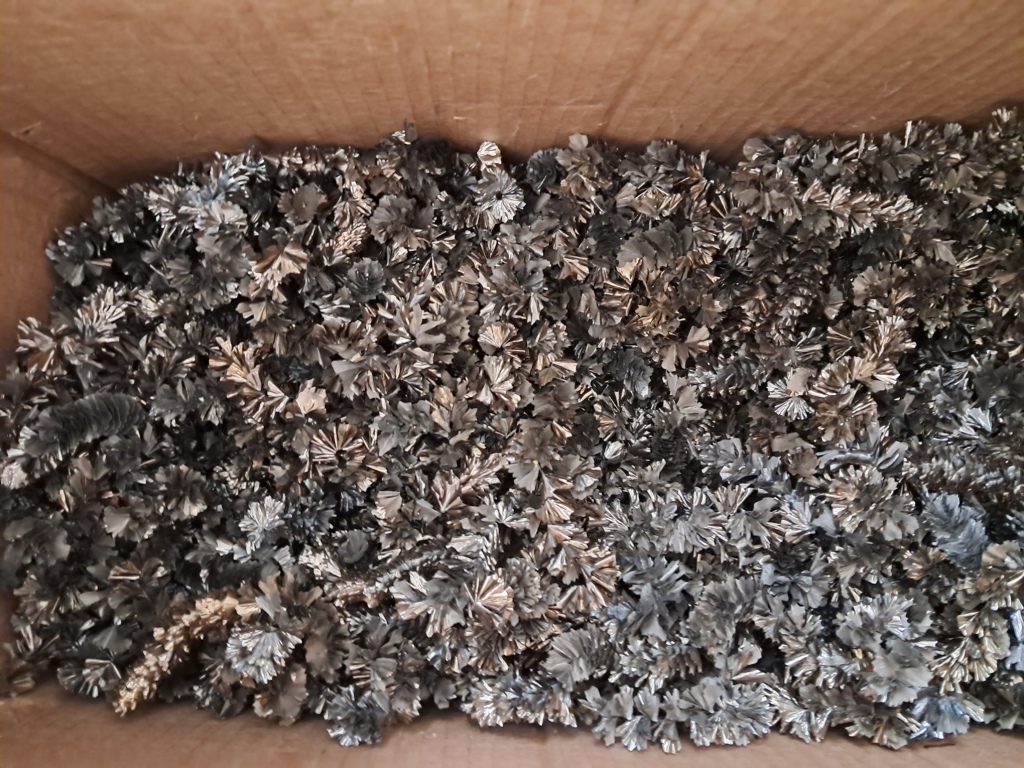
Zirconium metal |
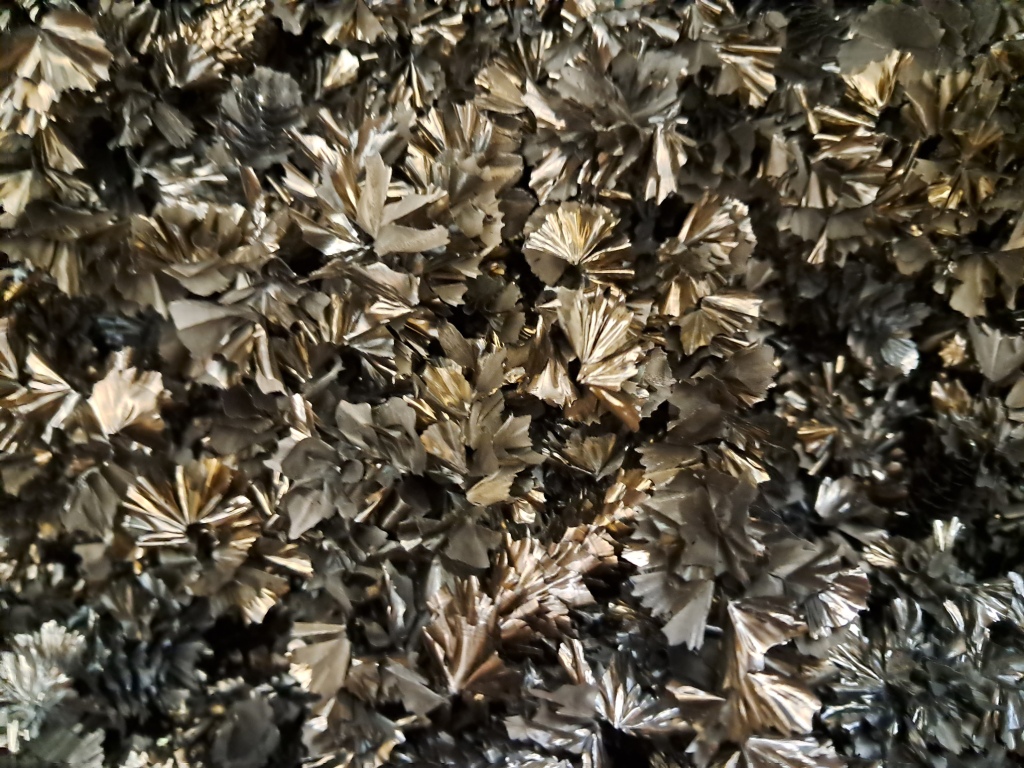
|

|
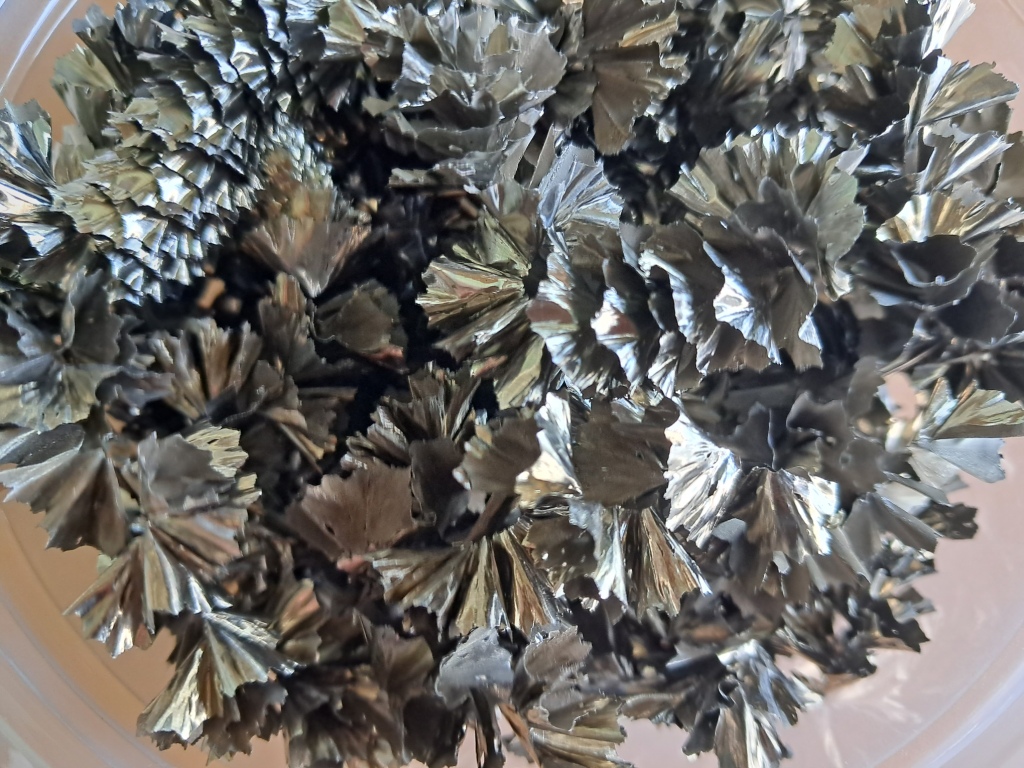
|
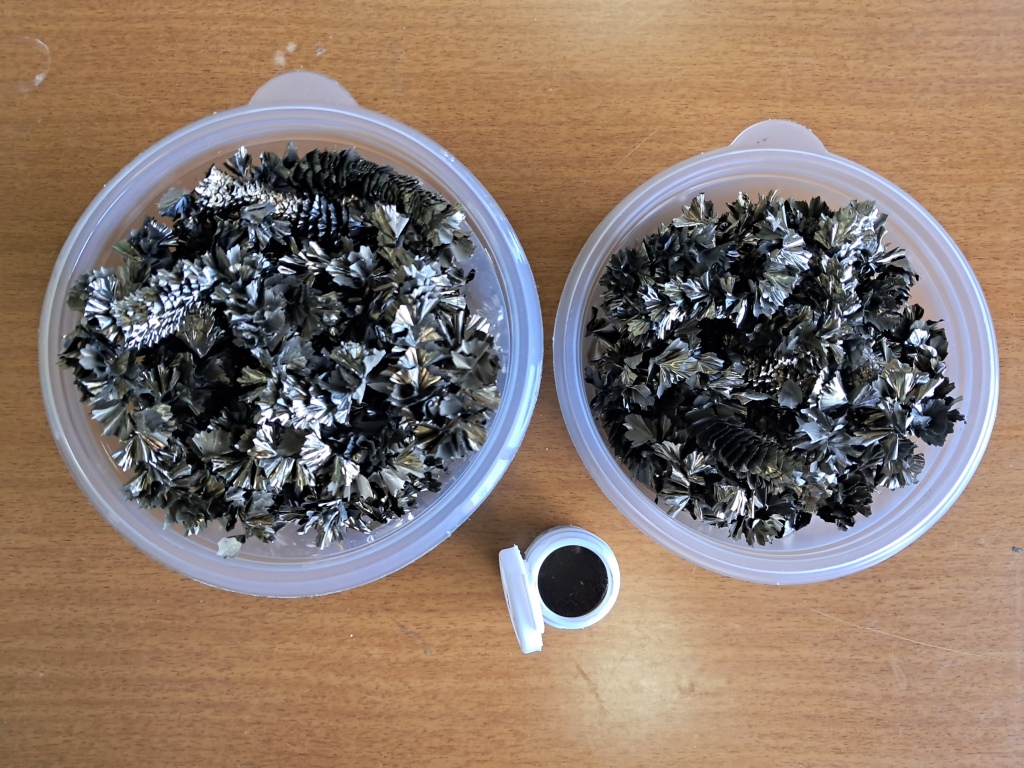
|
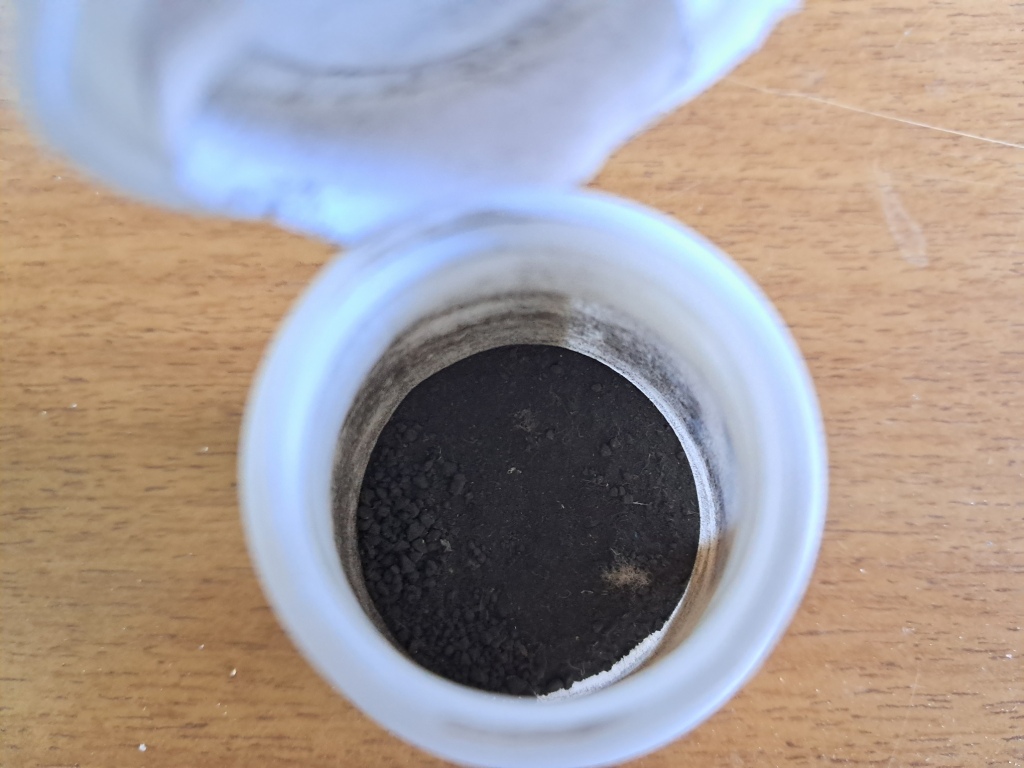
|
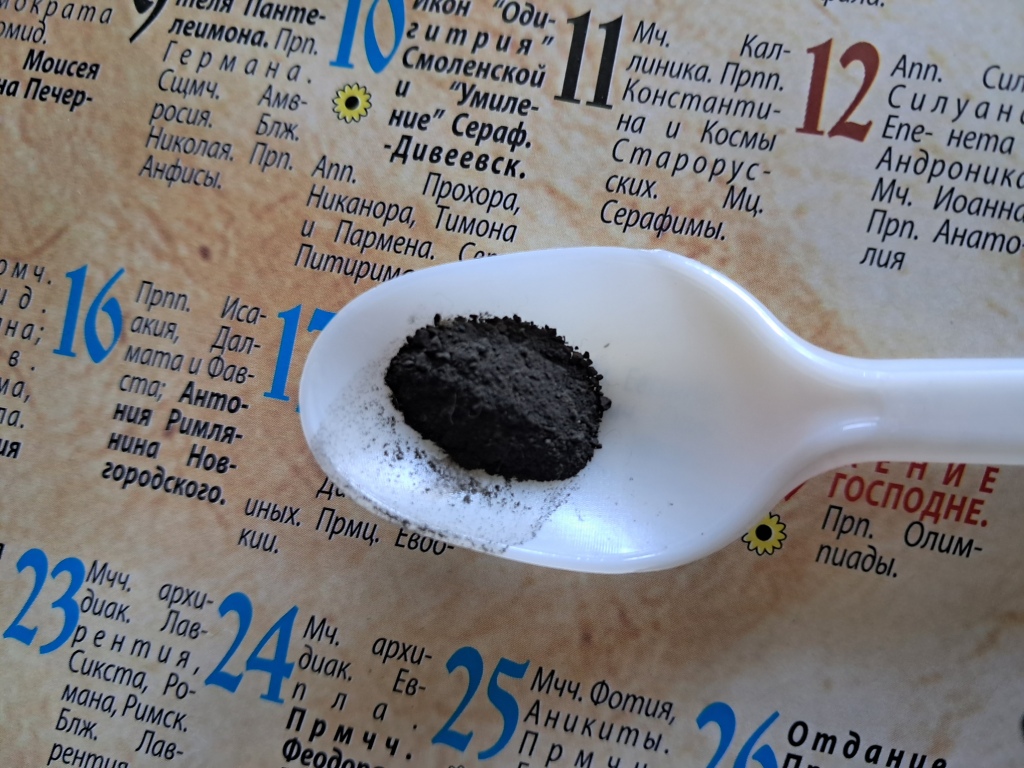
|
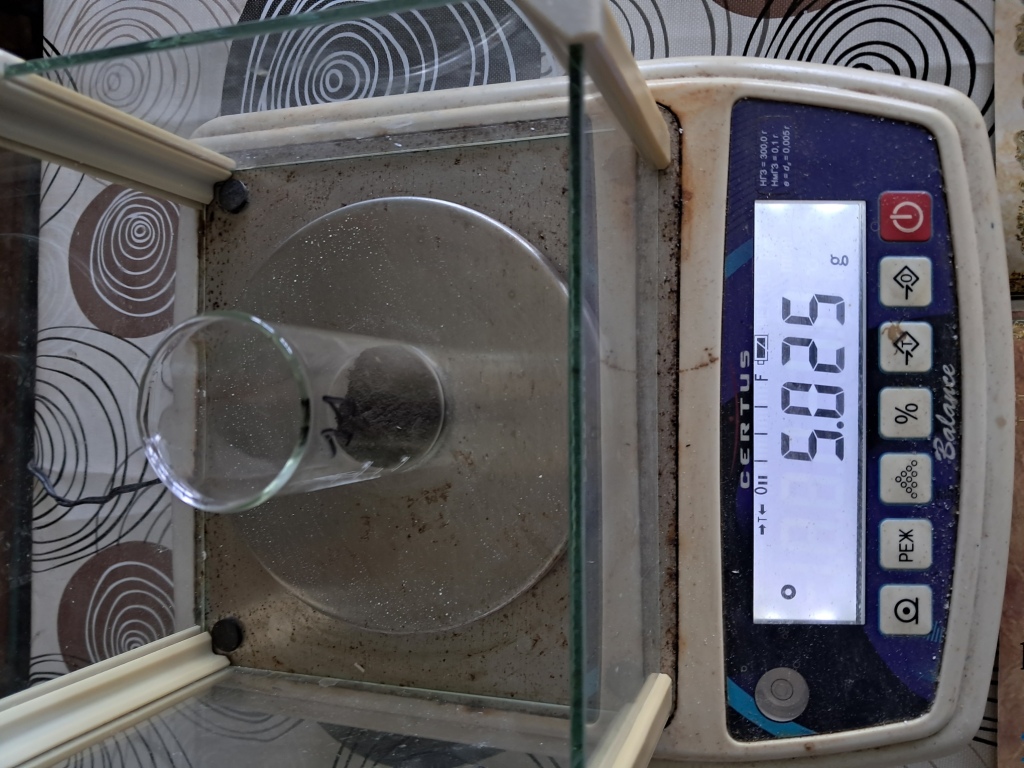
|
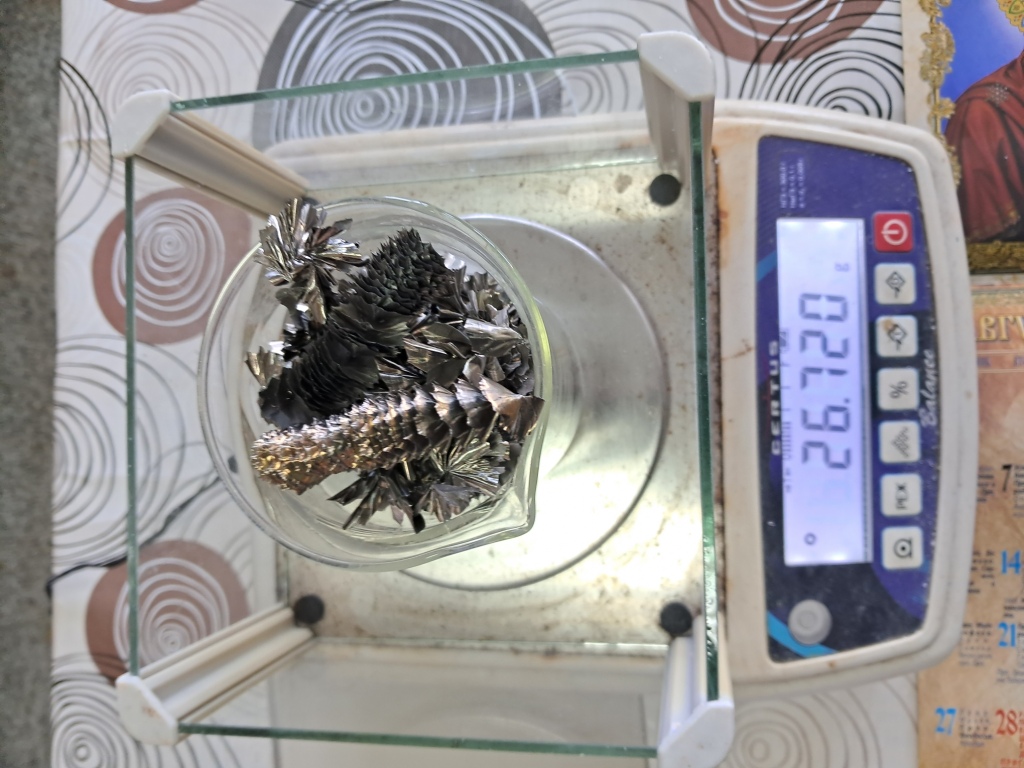
|

|
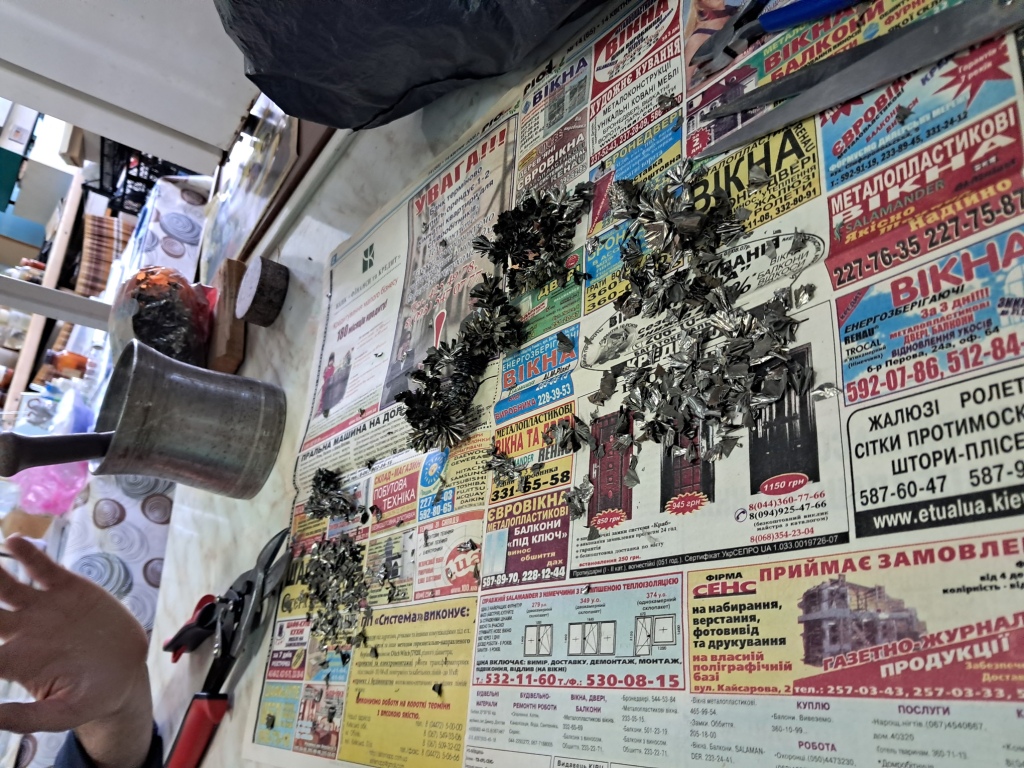
|
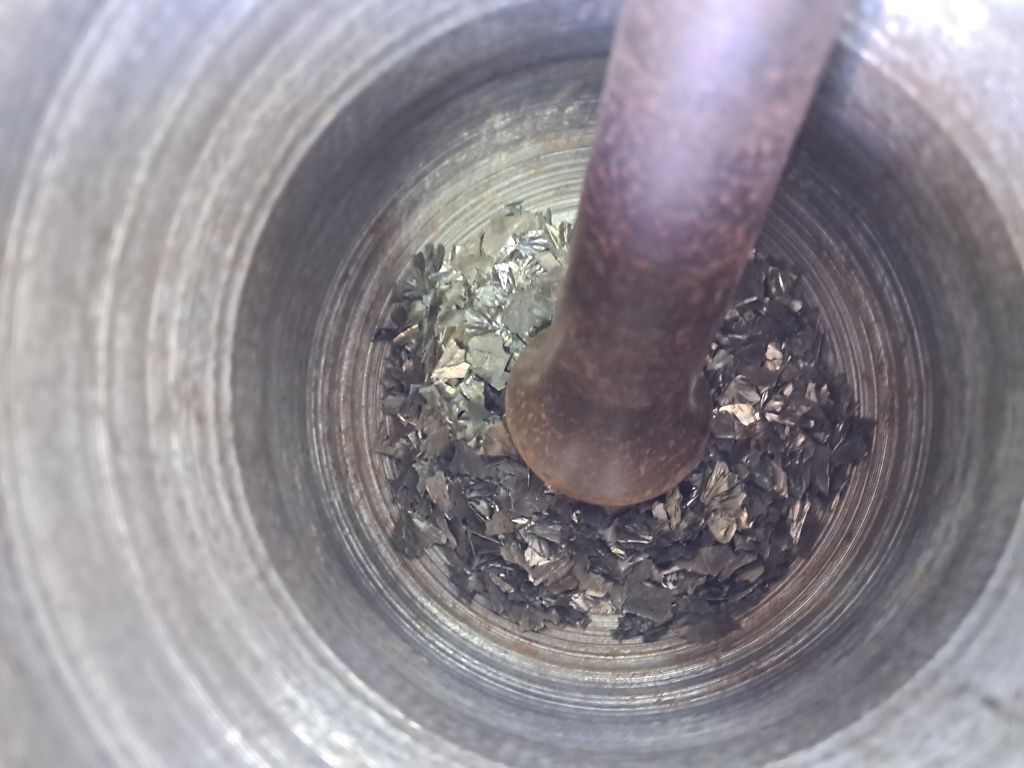
|
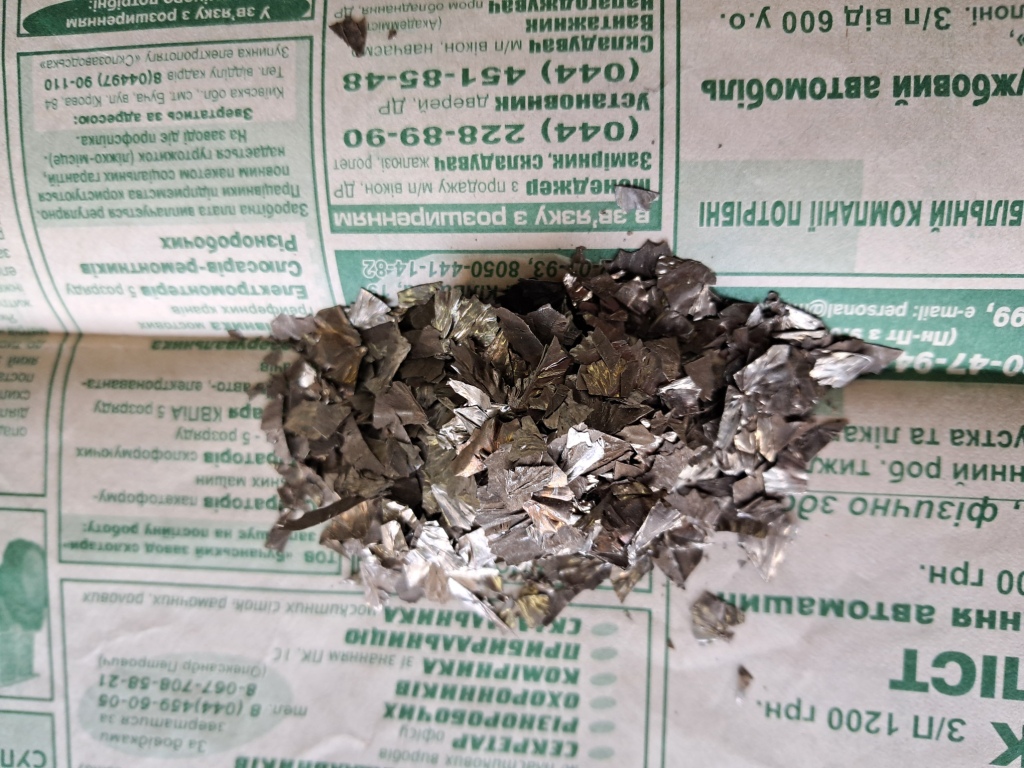
|
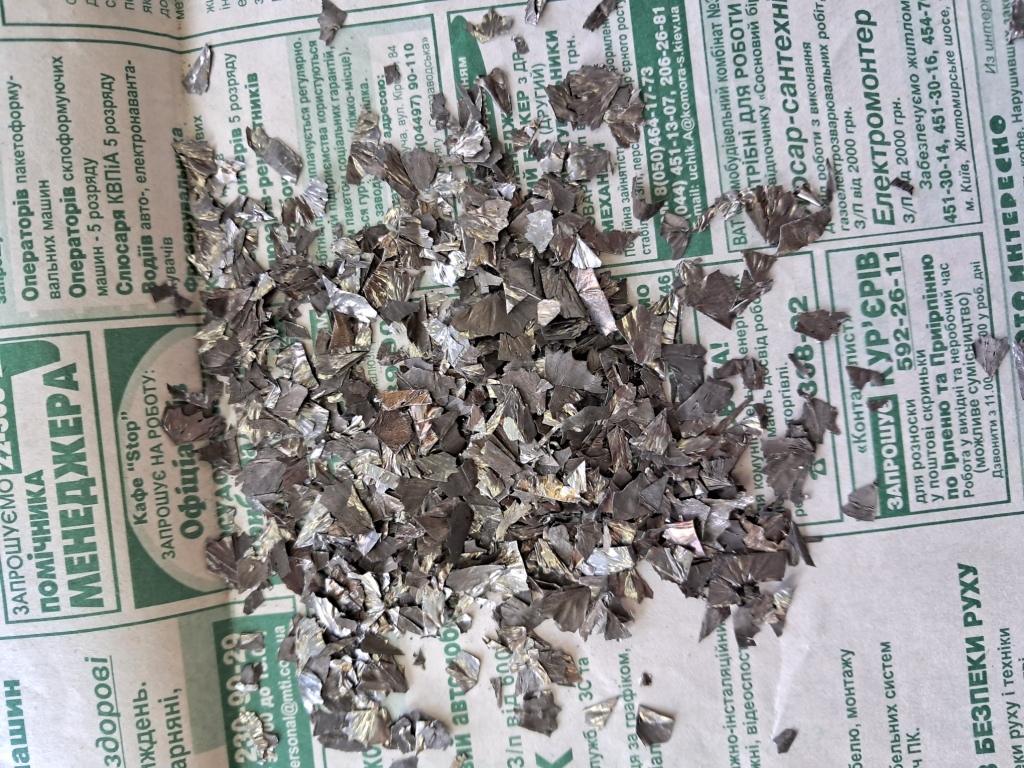
|

|
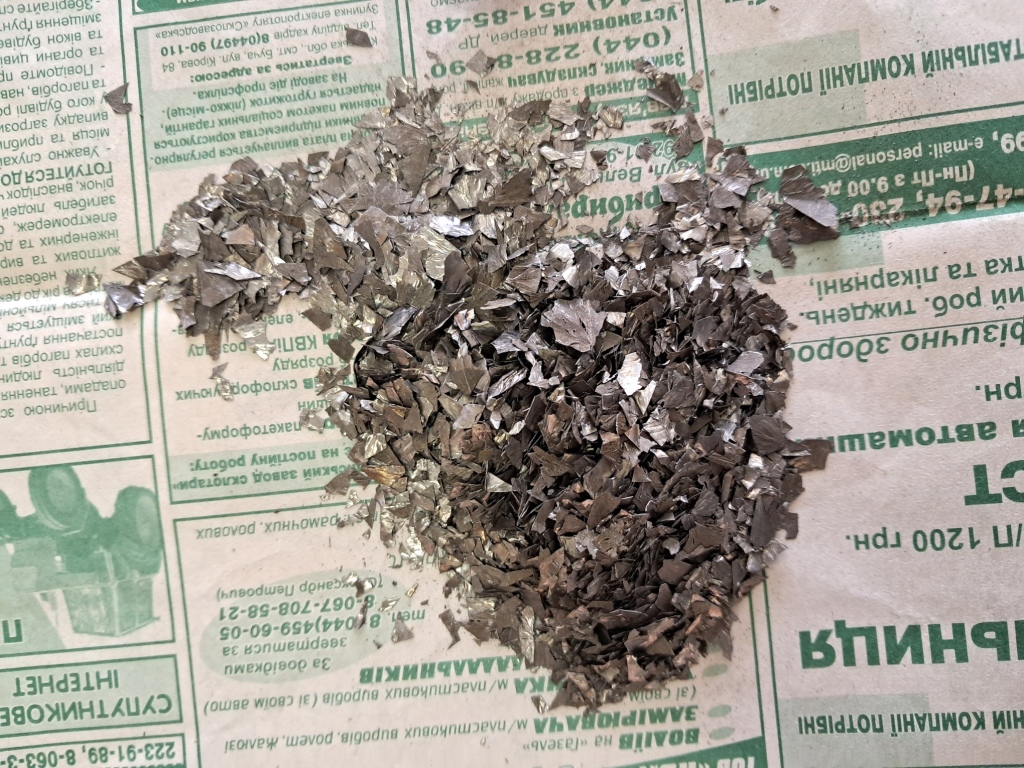
|
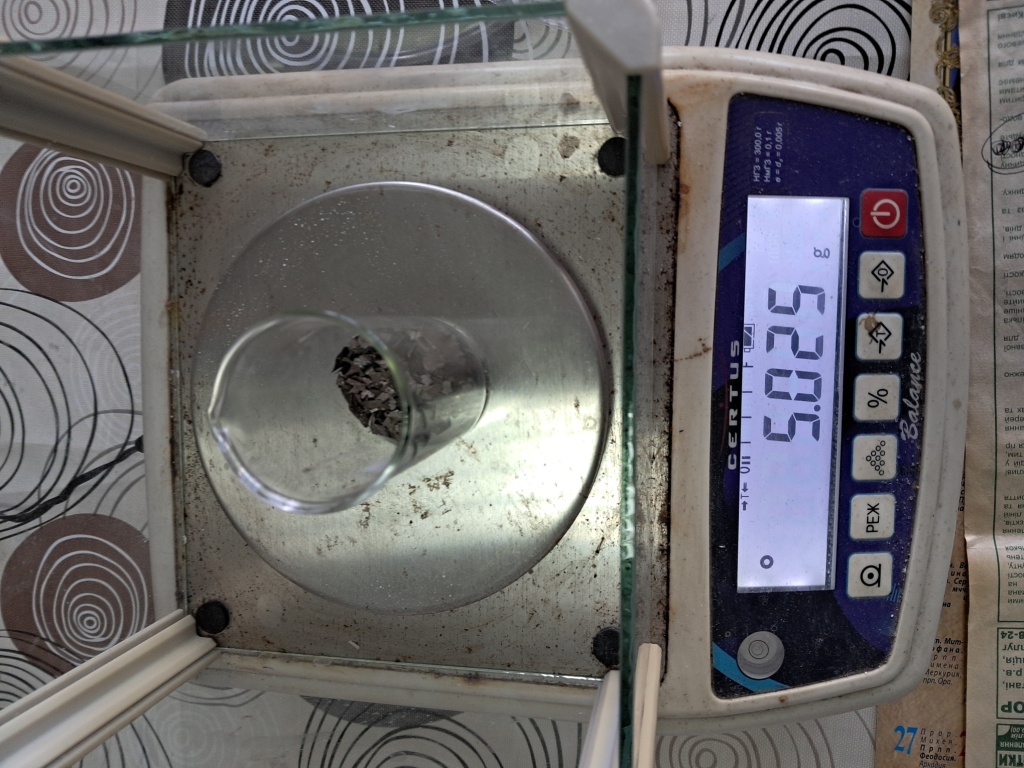
|
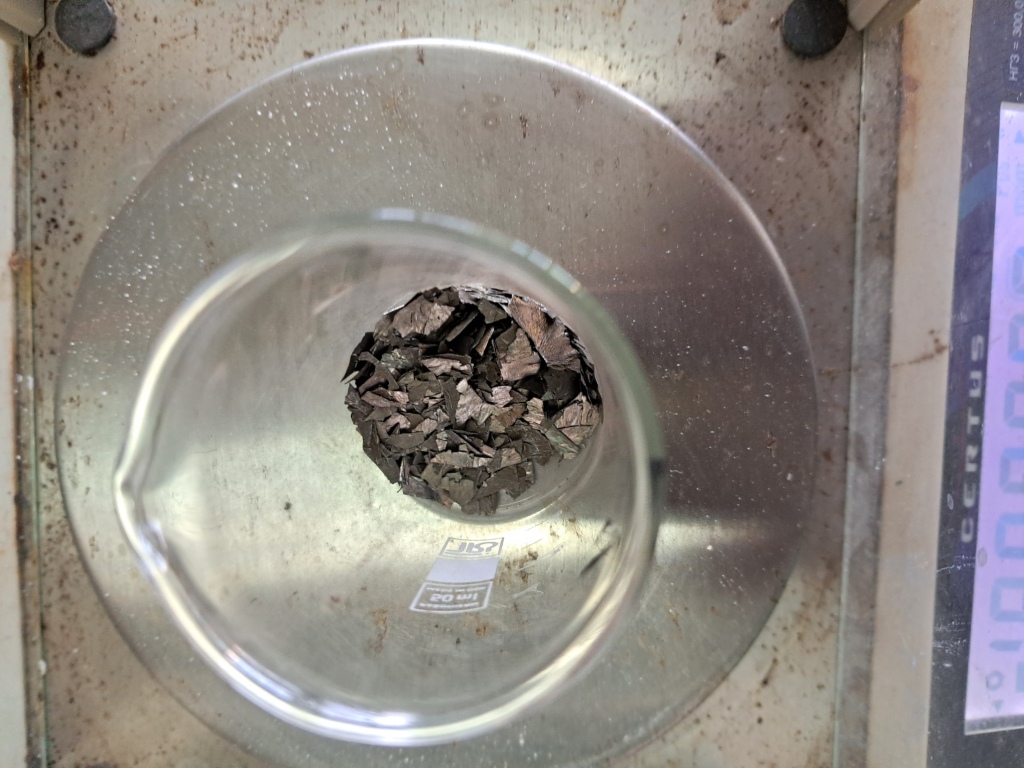
|
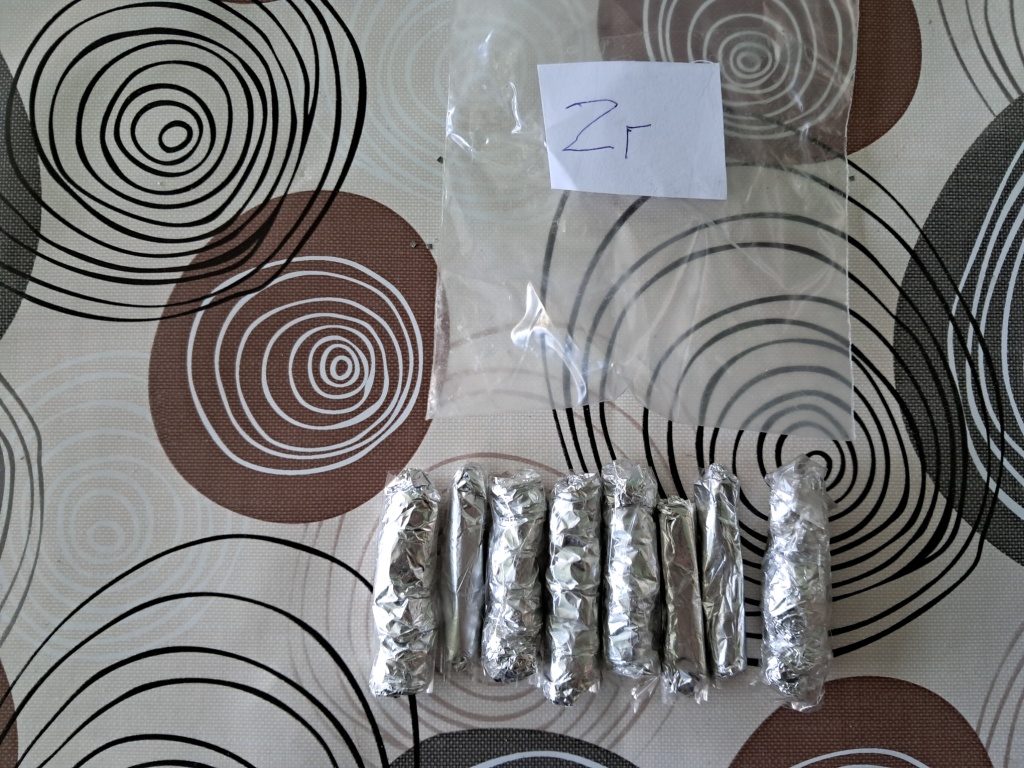
|
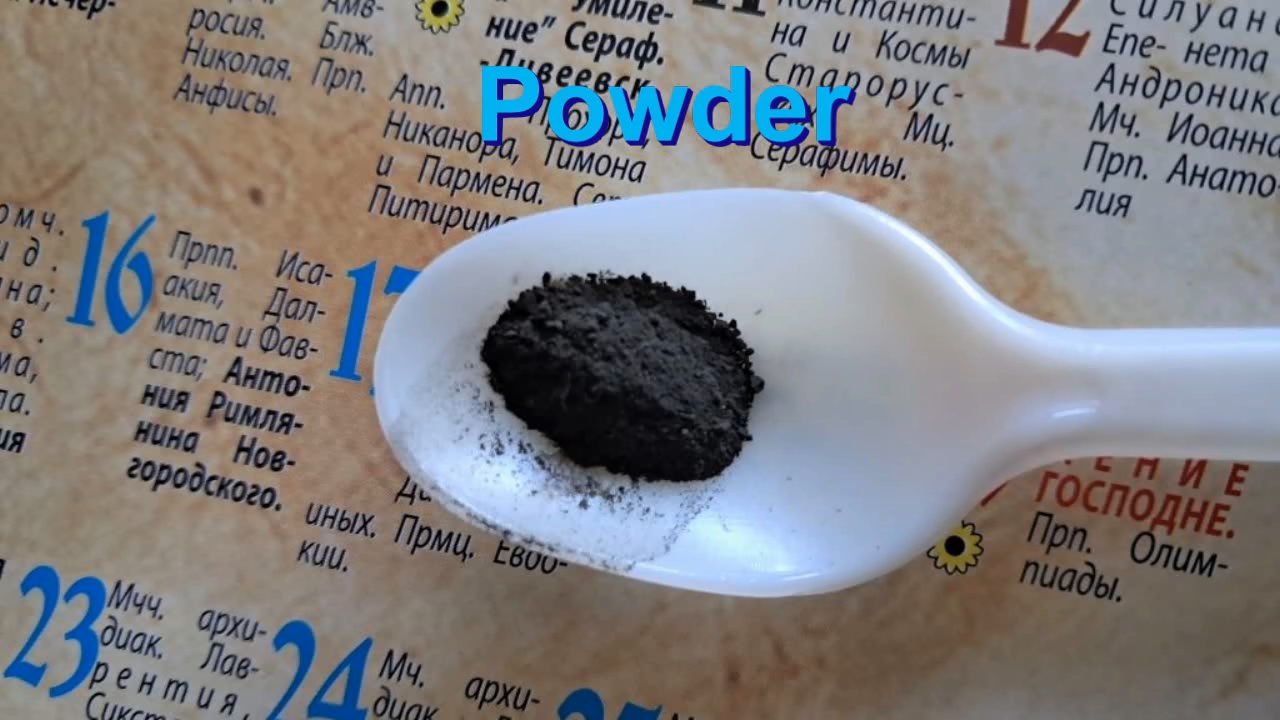
Combustion of zirconium metal |
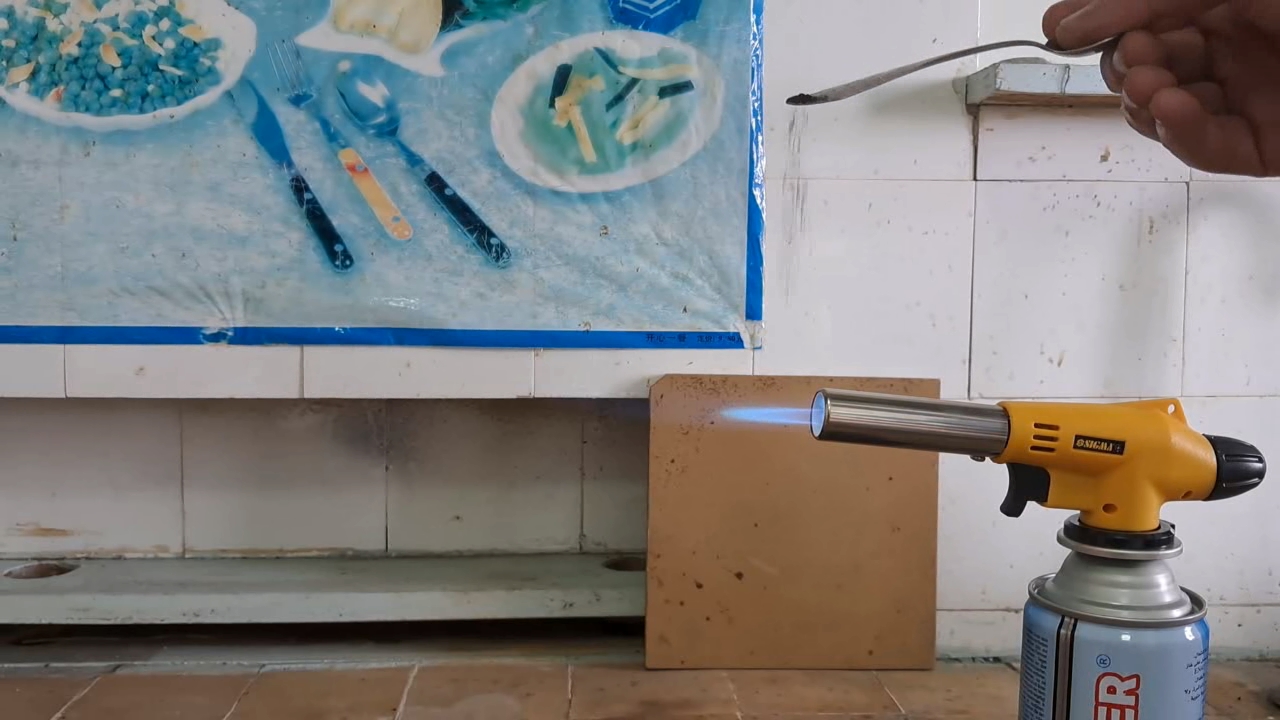
|
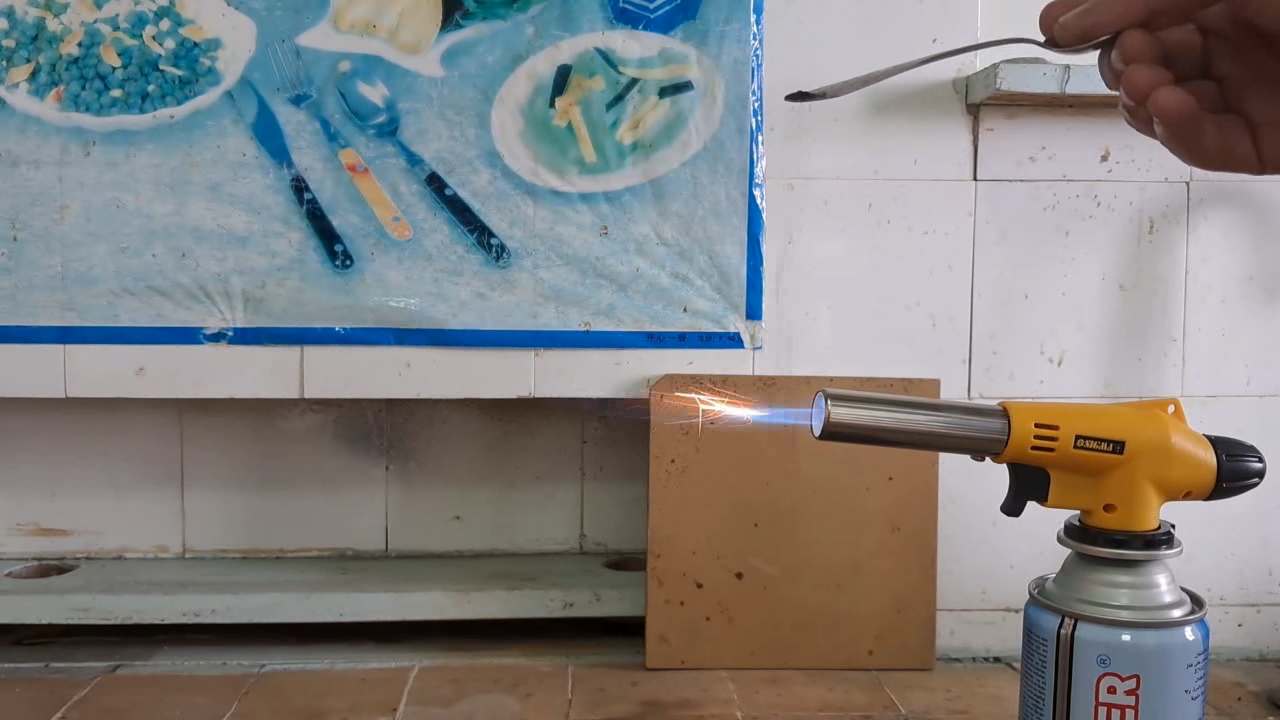
|
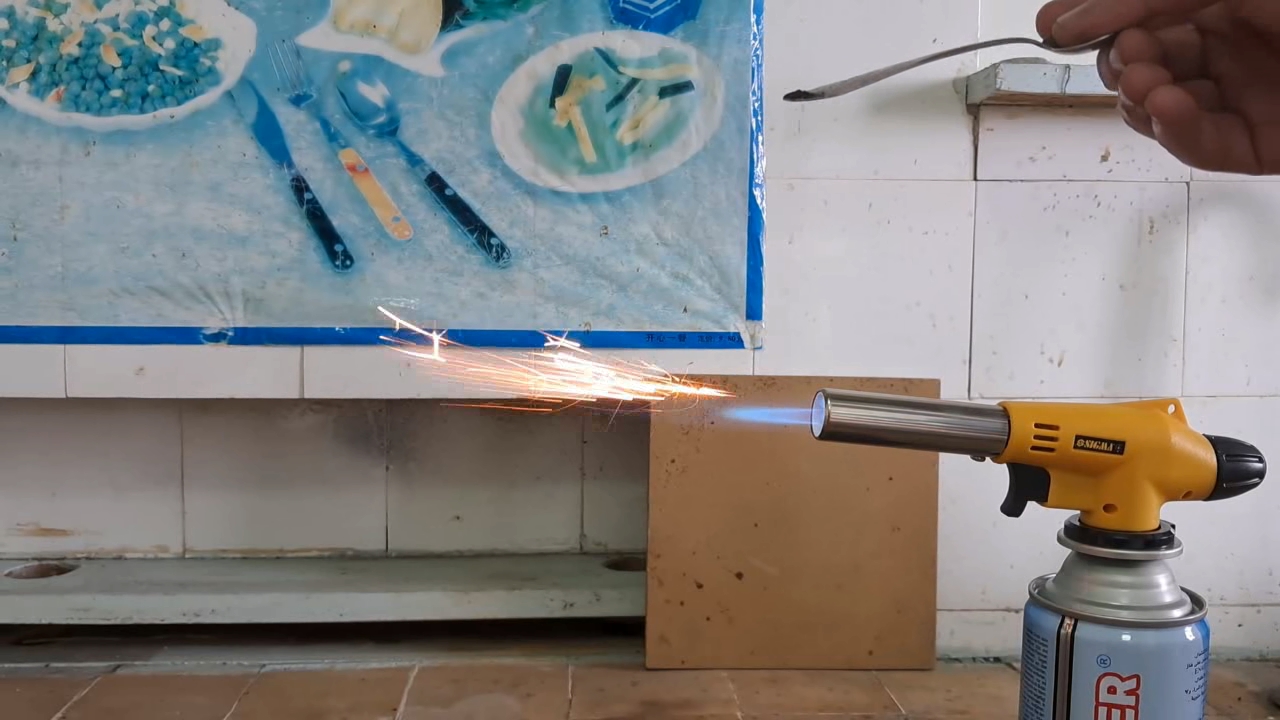
|
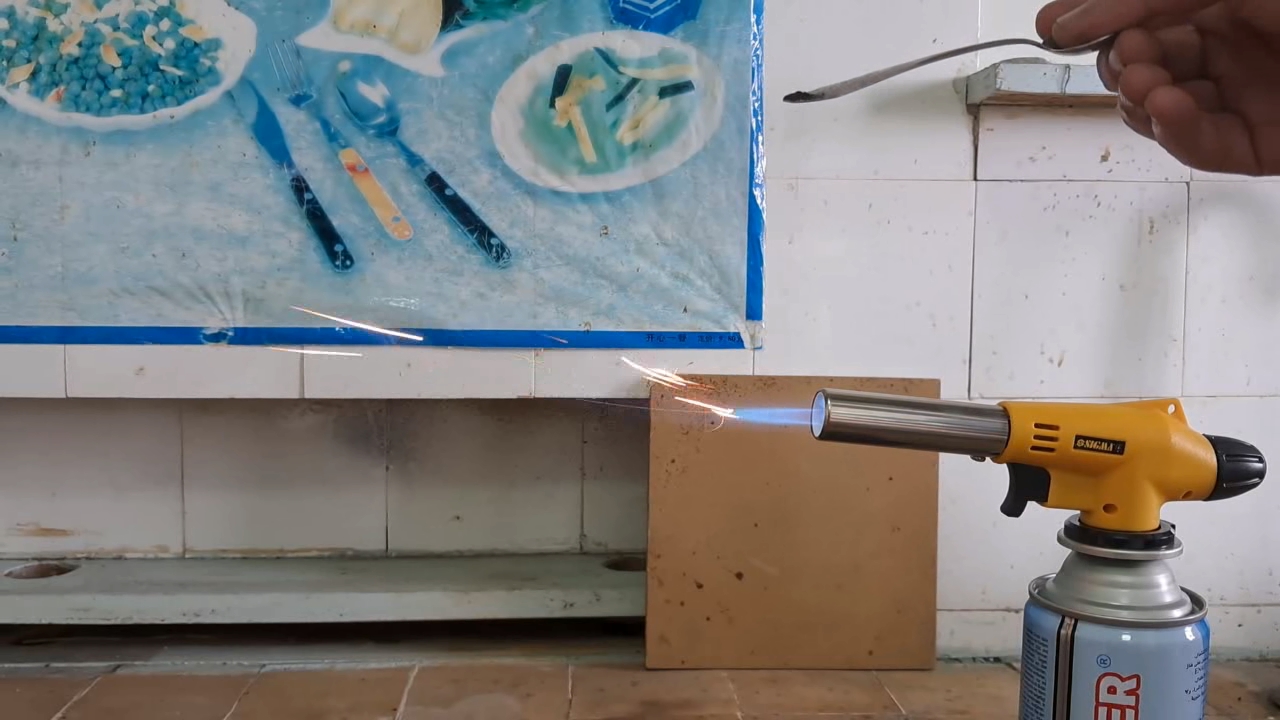
|

|
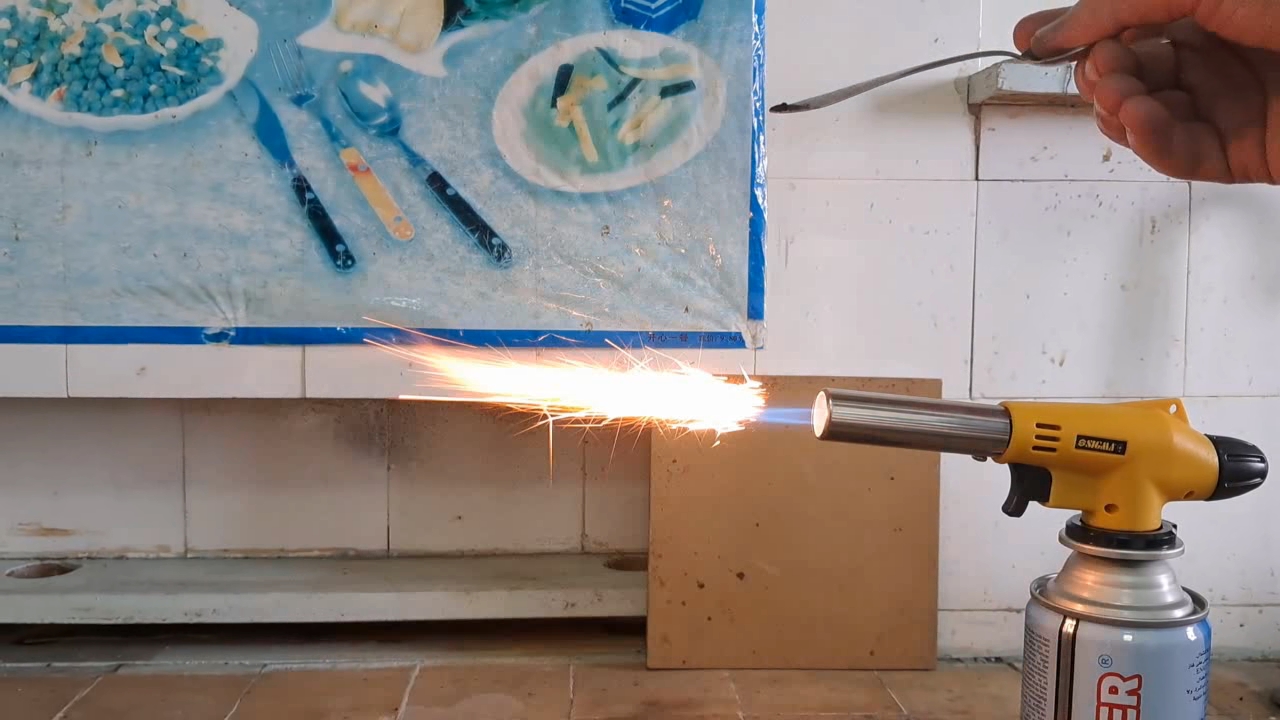
|

|

|
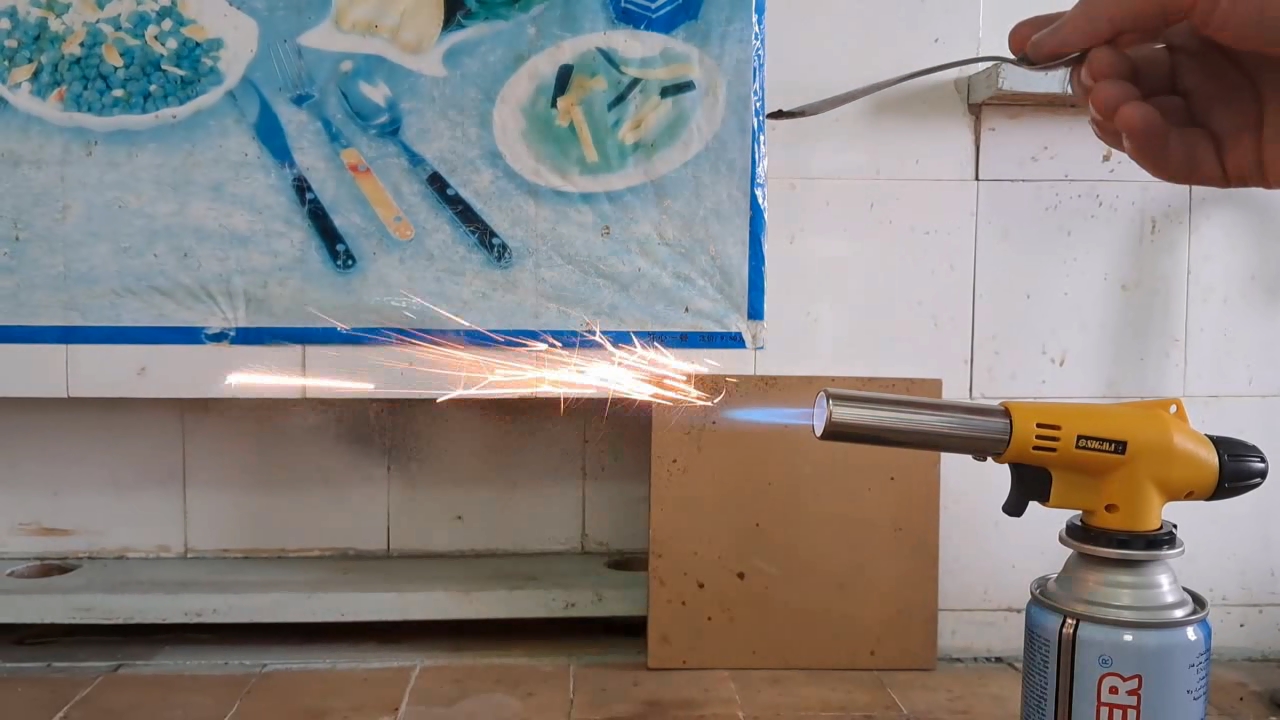
|

|

|
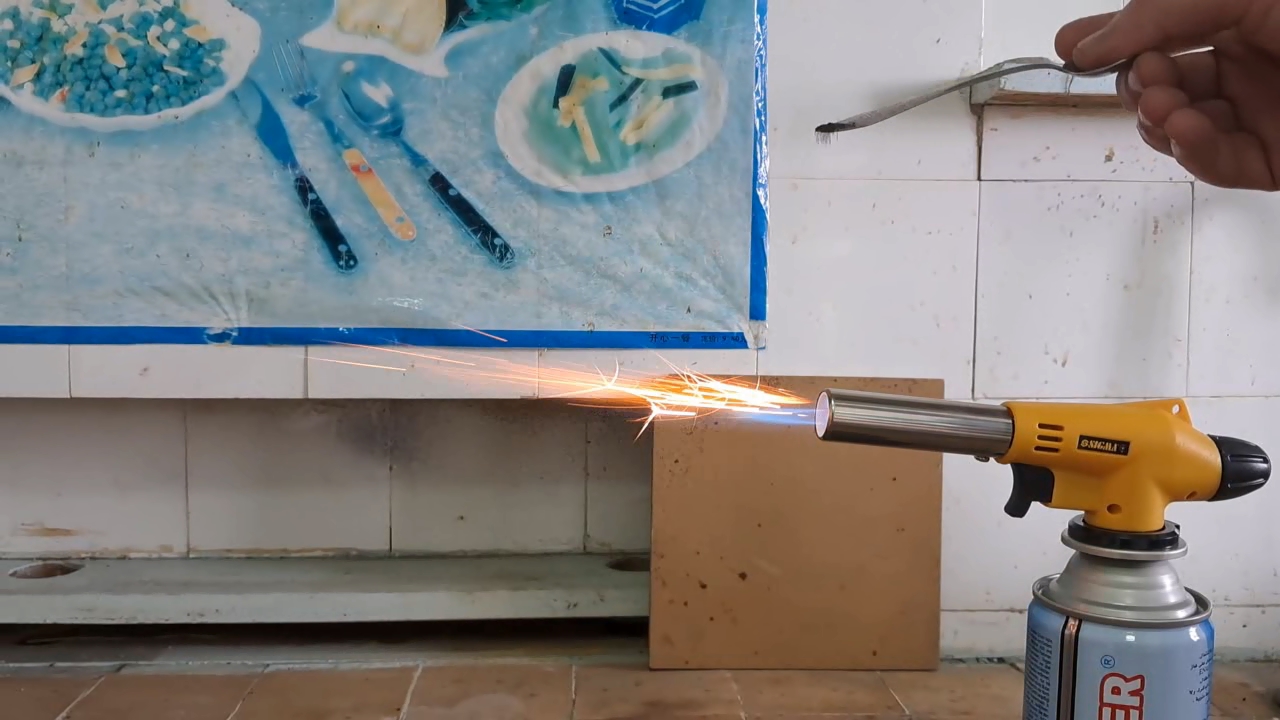
|
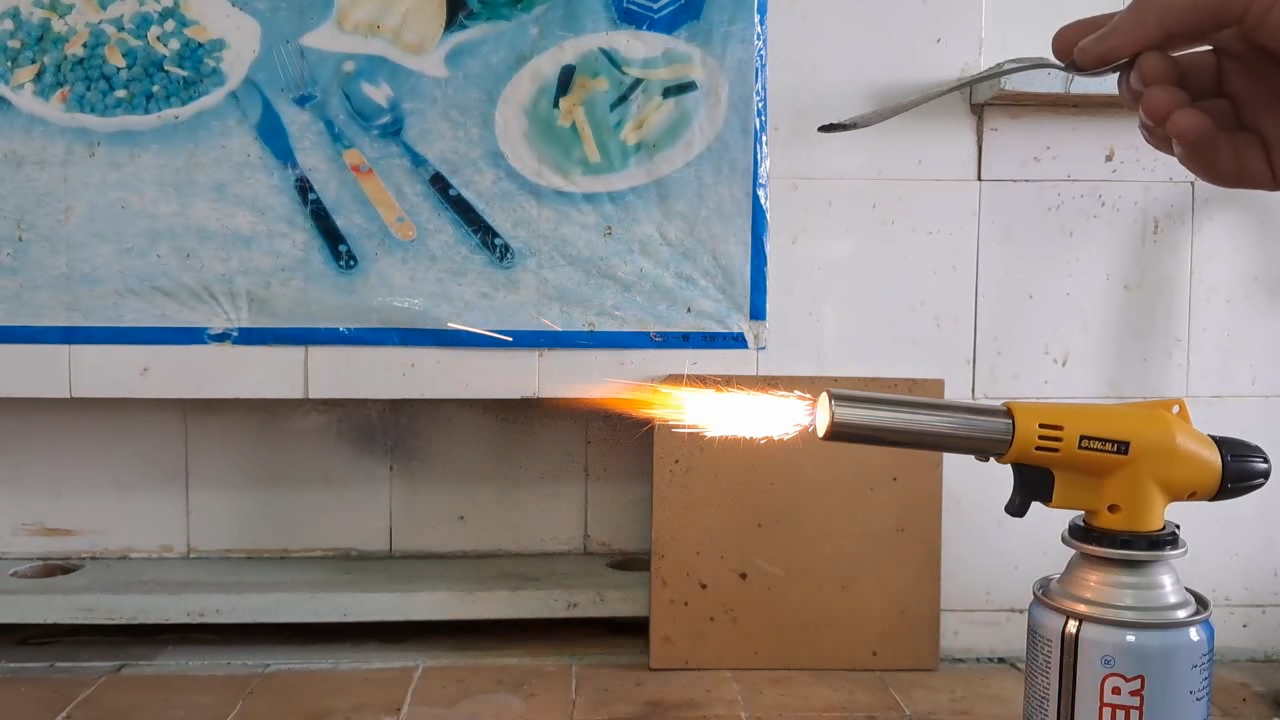
|
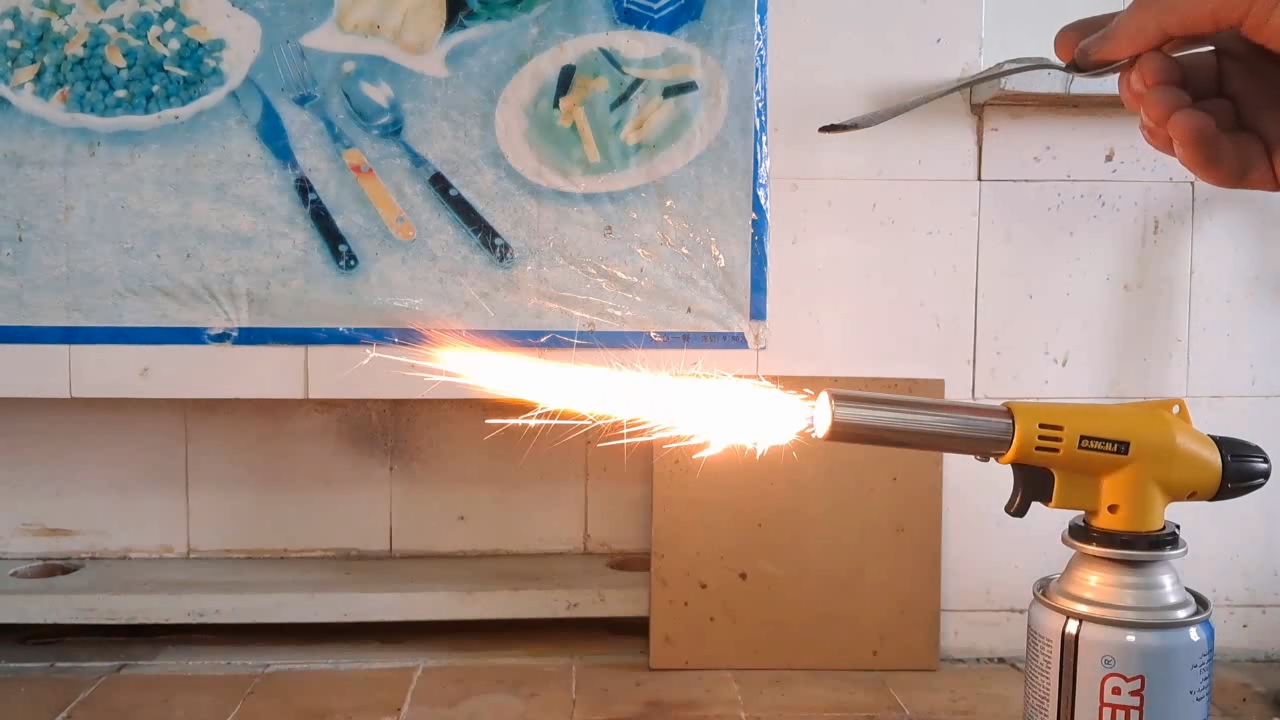
|
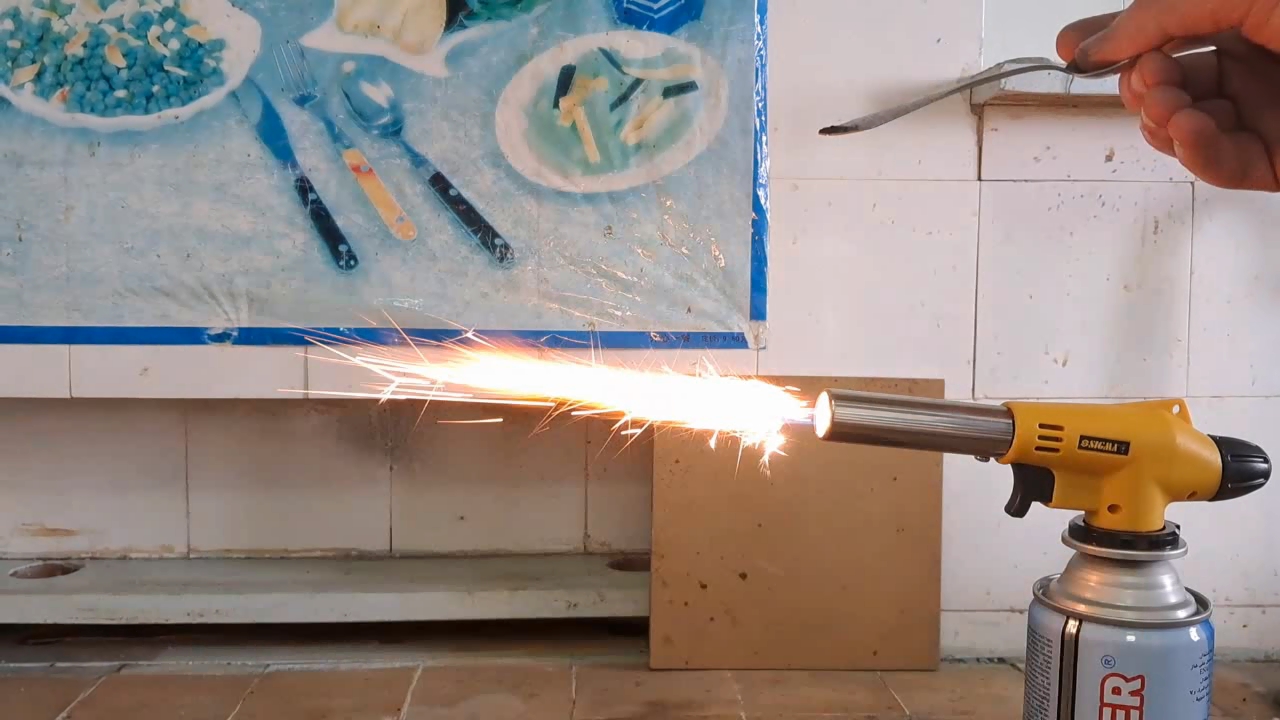
|
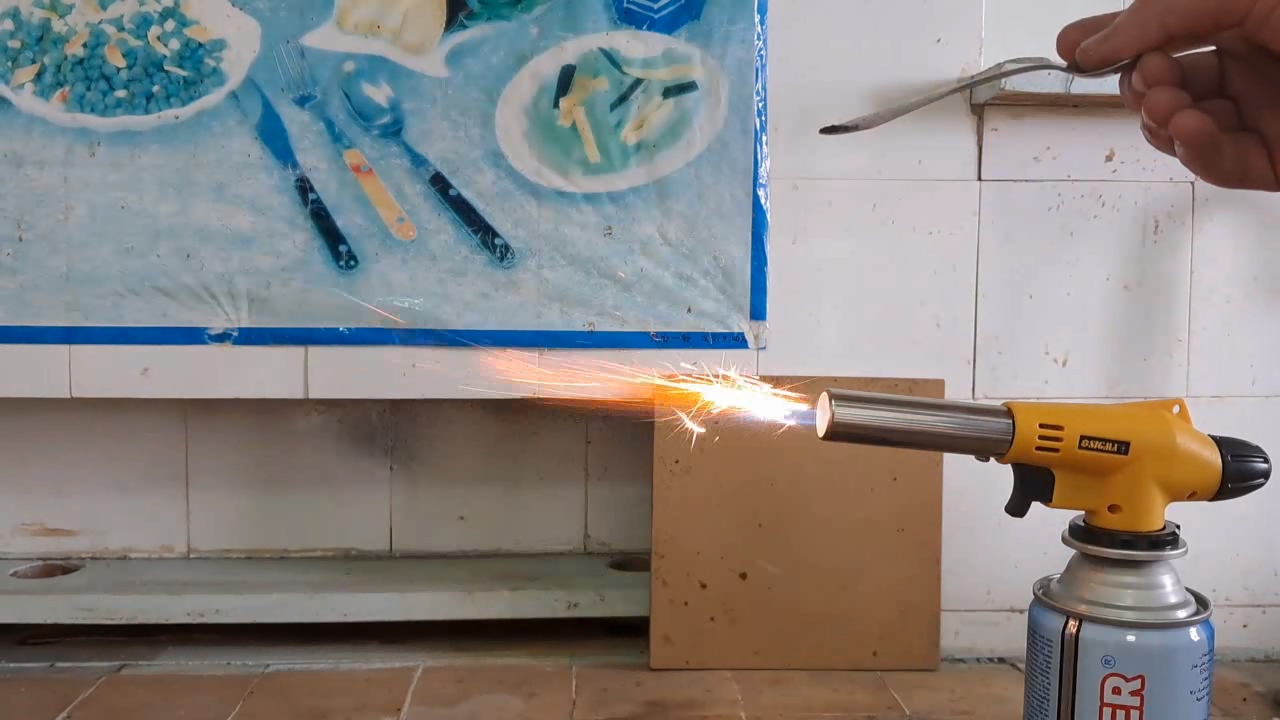
|
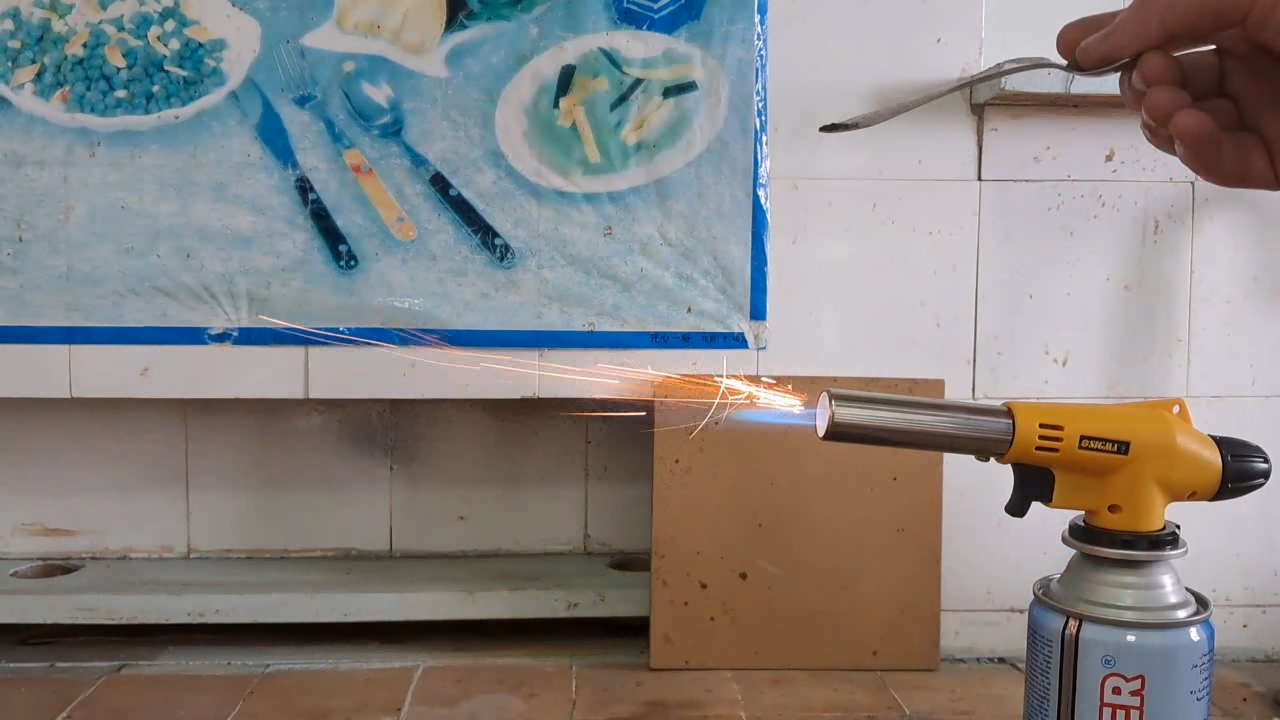
|
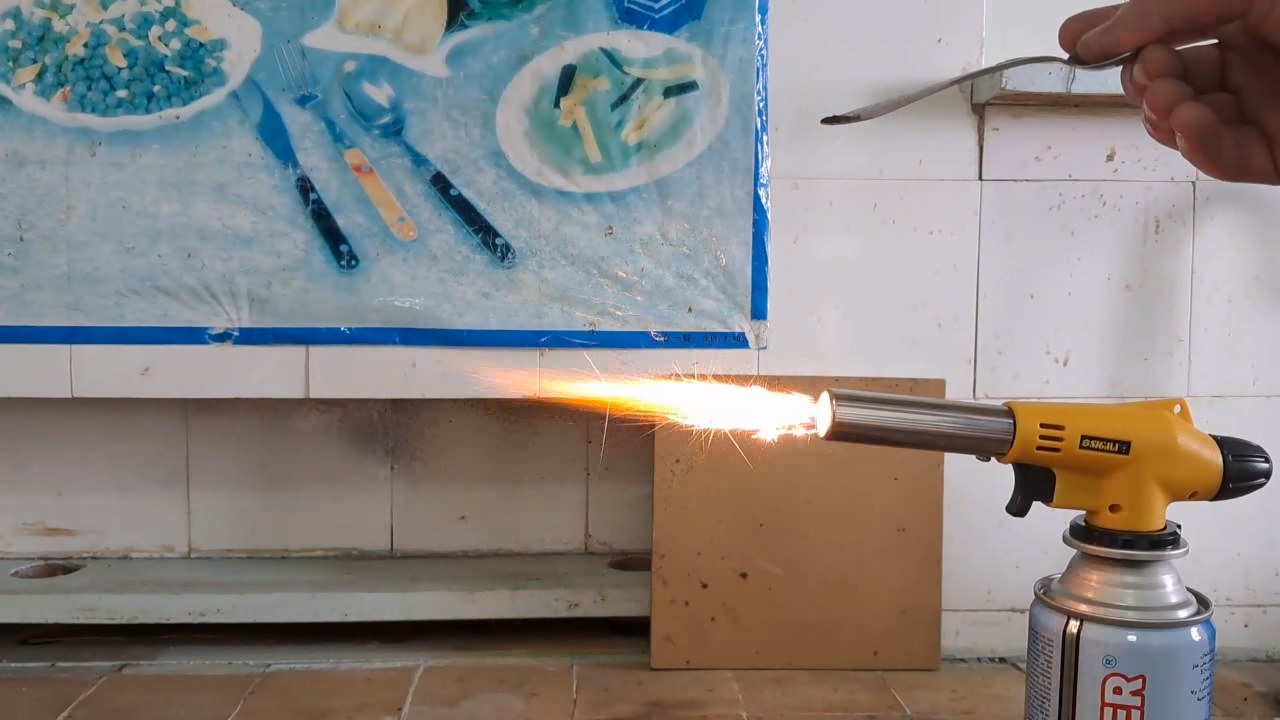
|
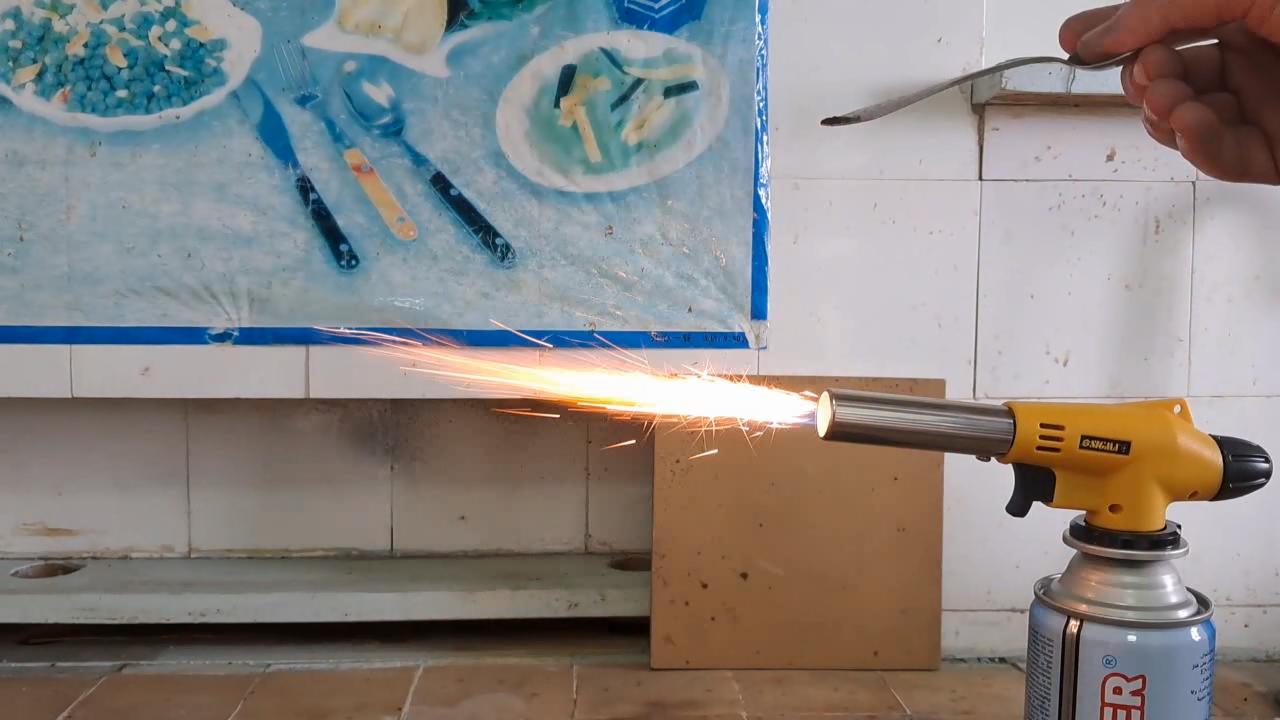
|
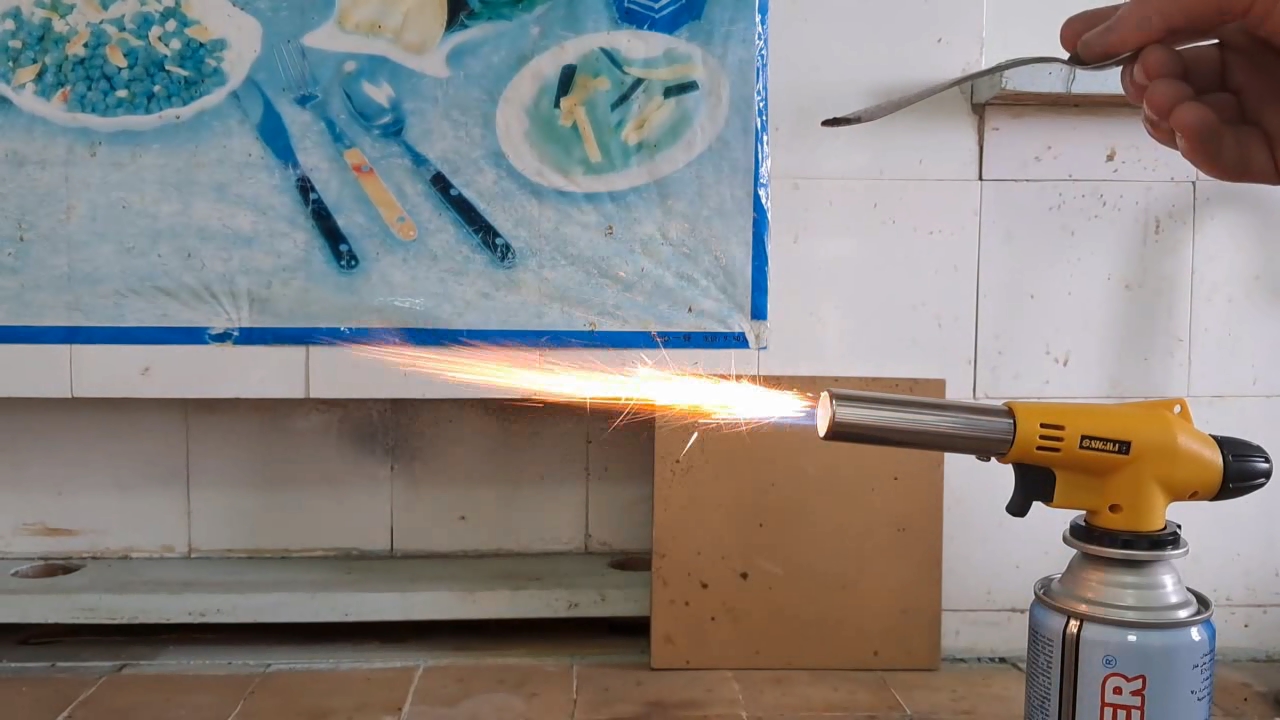
|
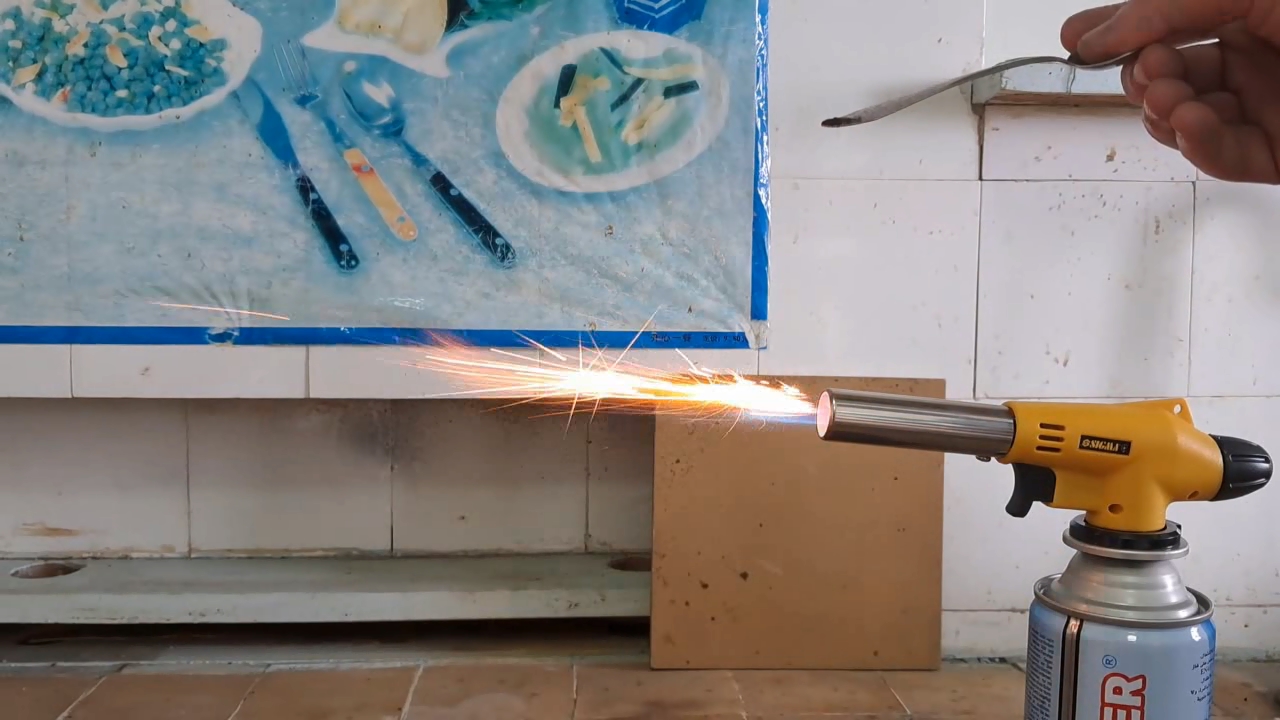
|
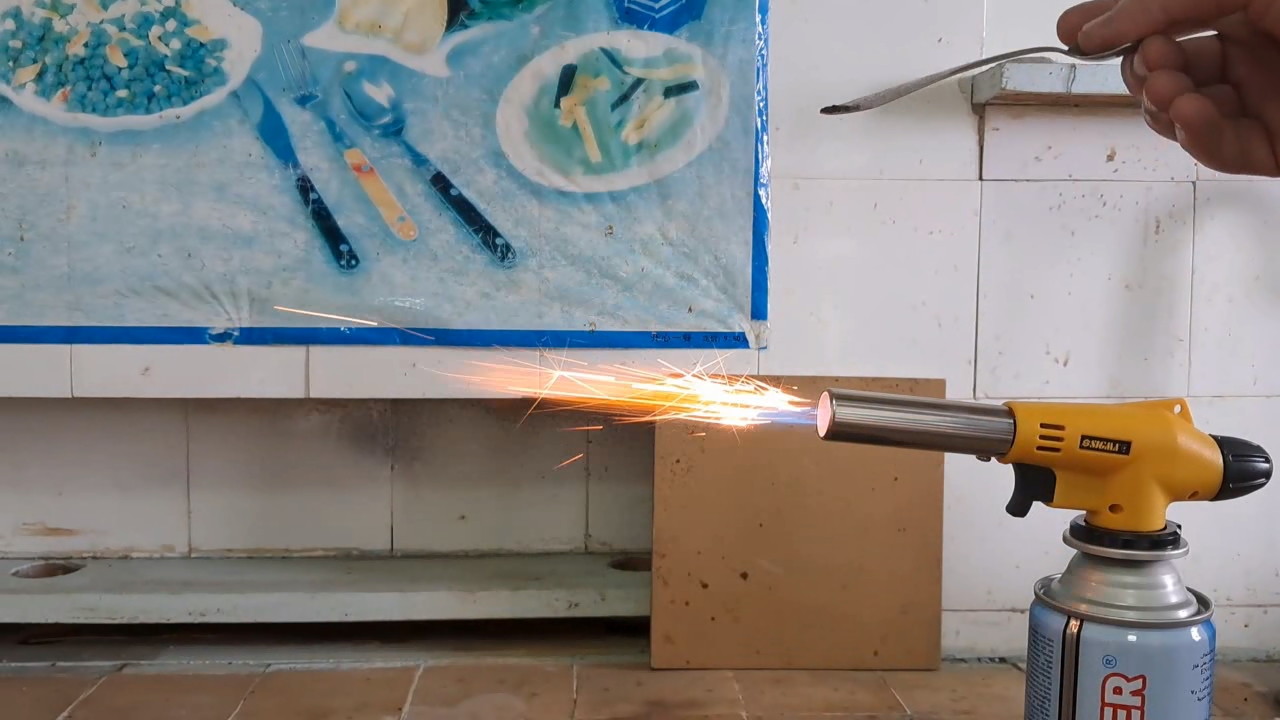
|
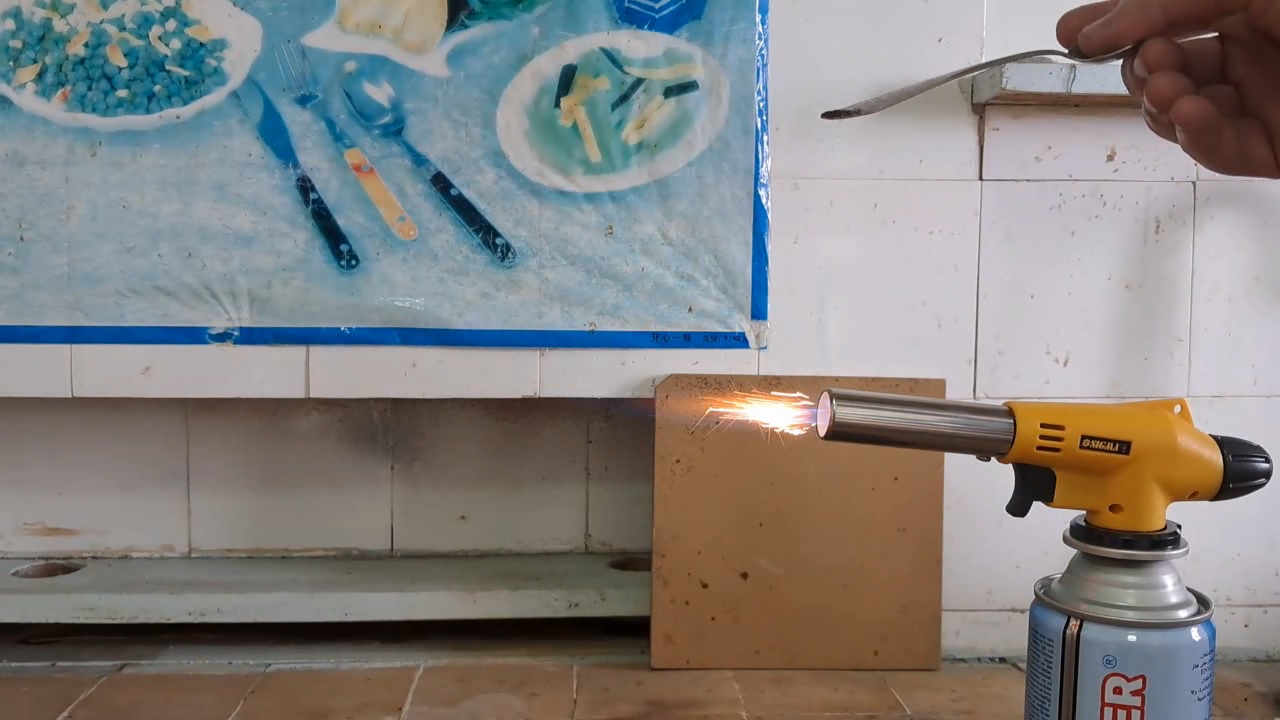
|
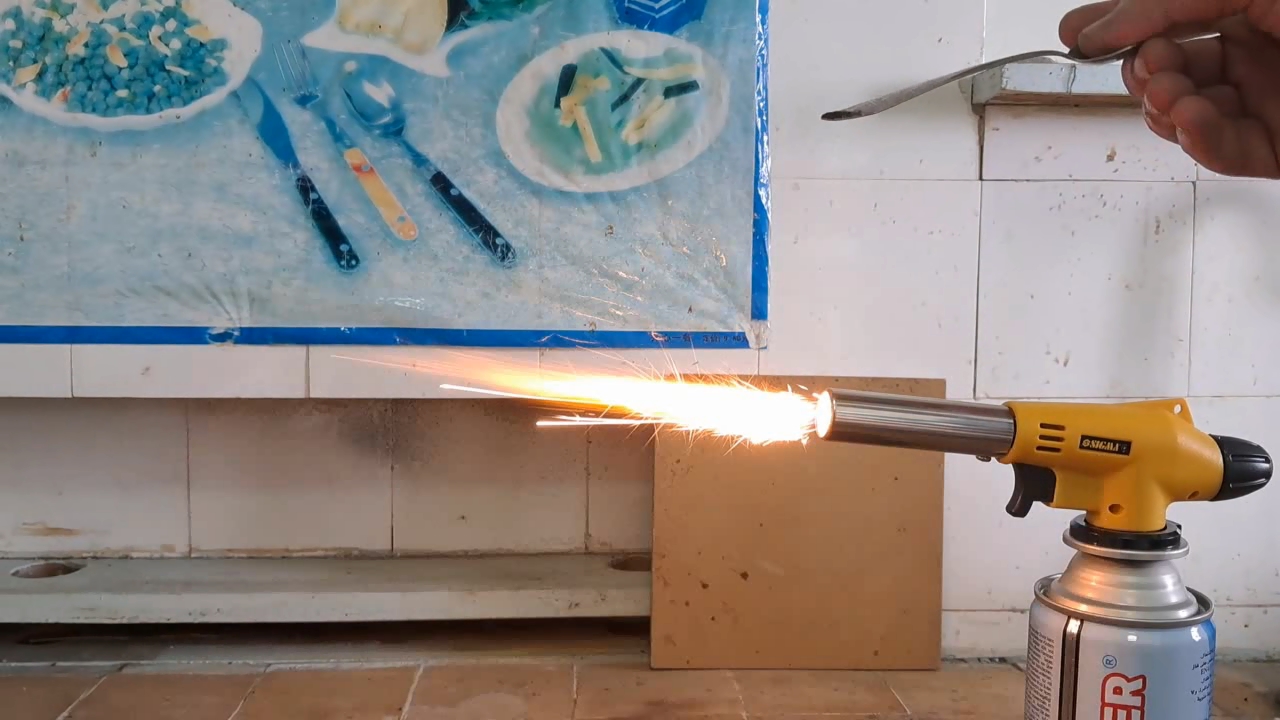
|
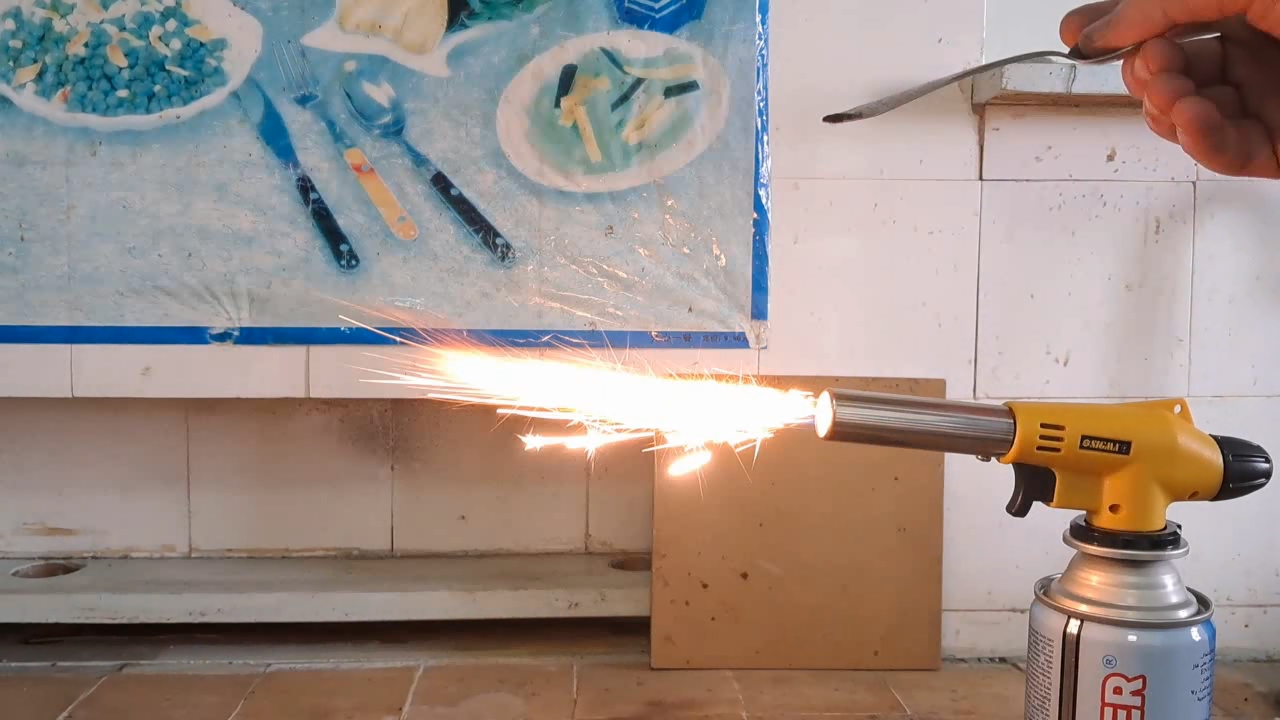
|
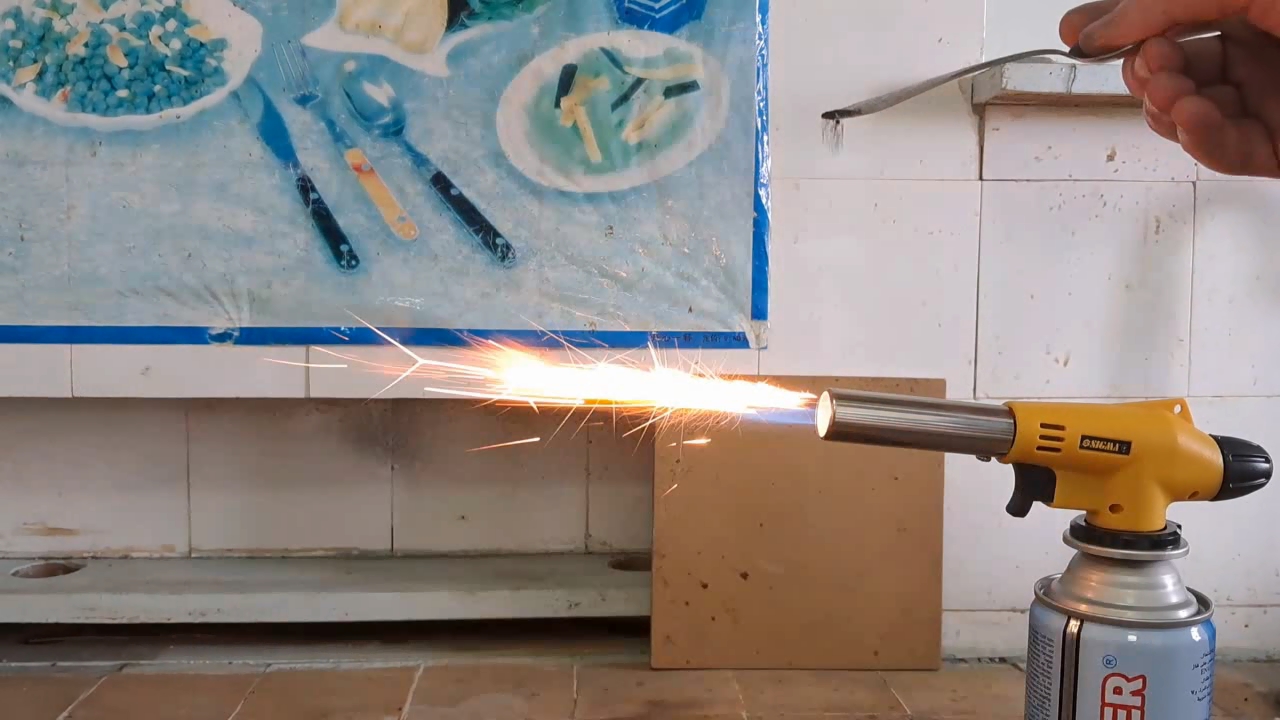
|
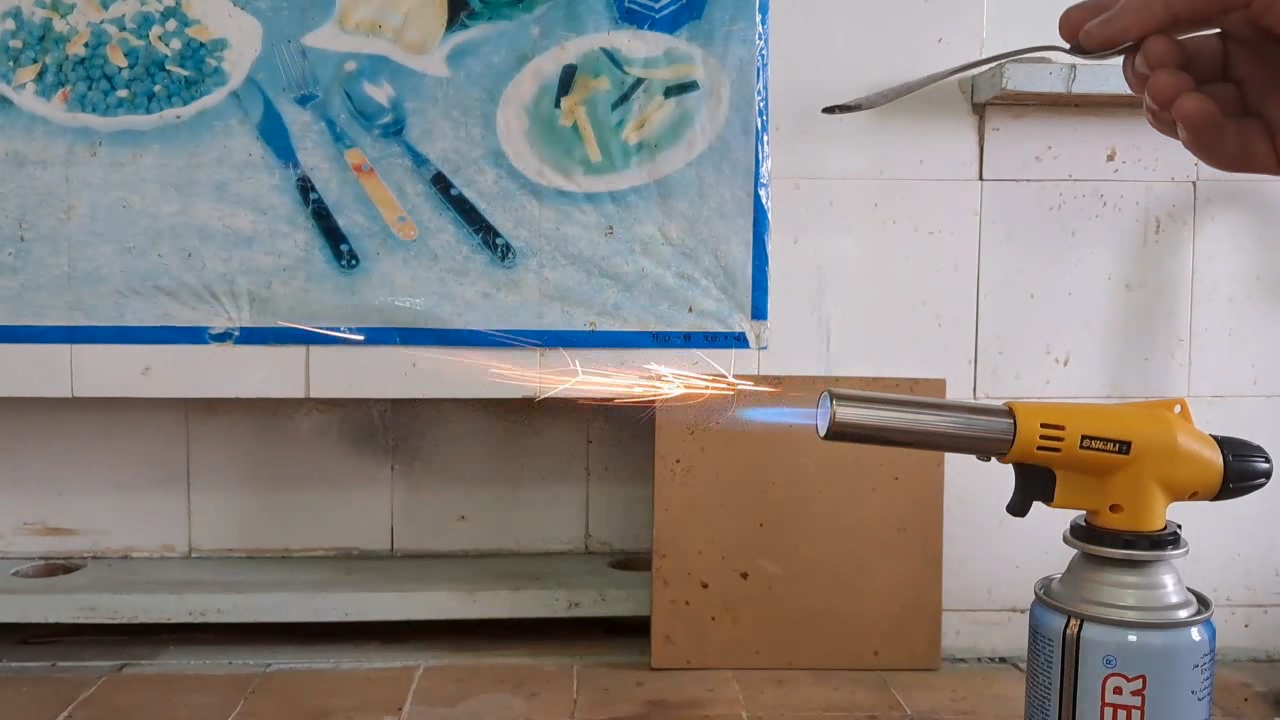
|
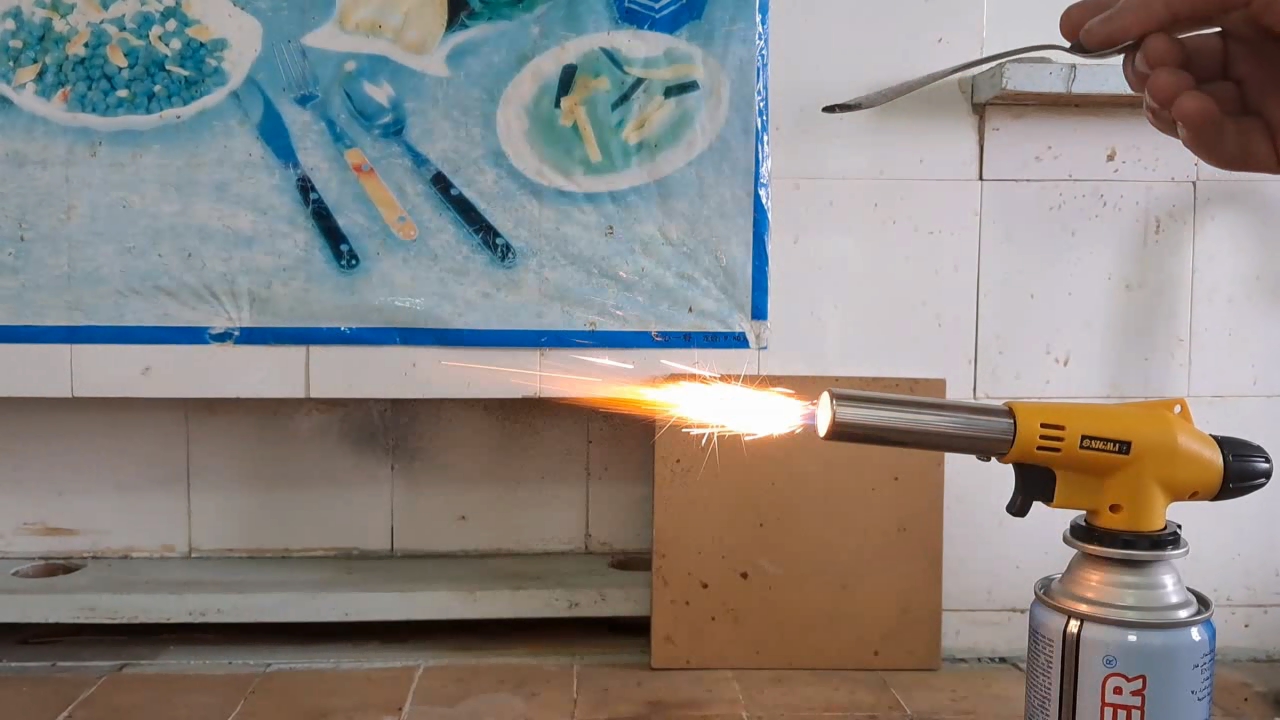
|
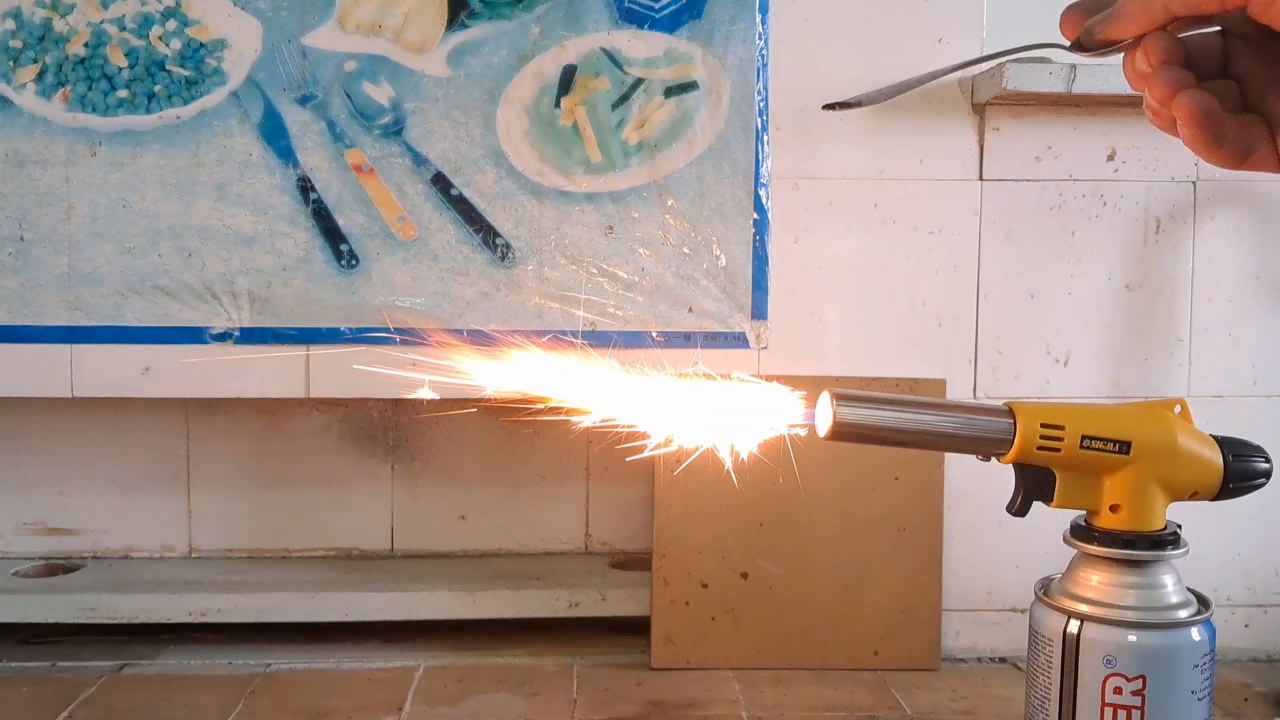
|

|
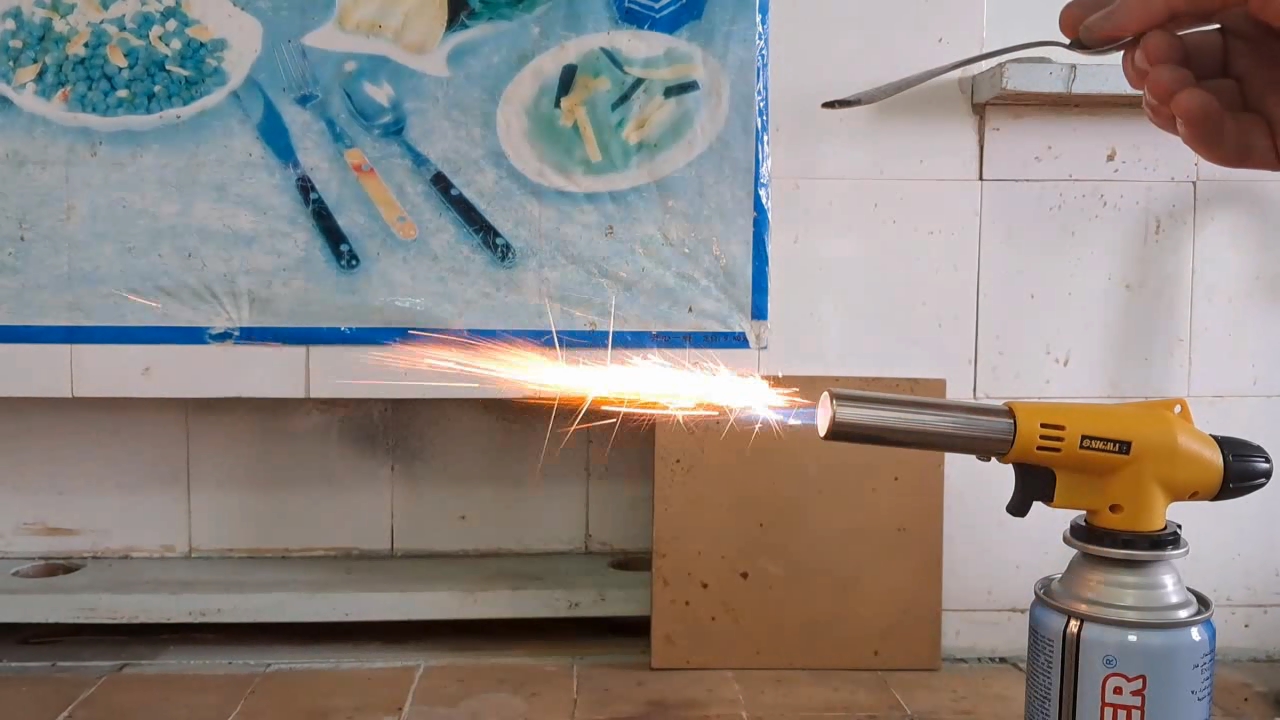
|
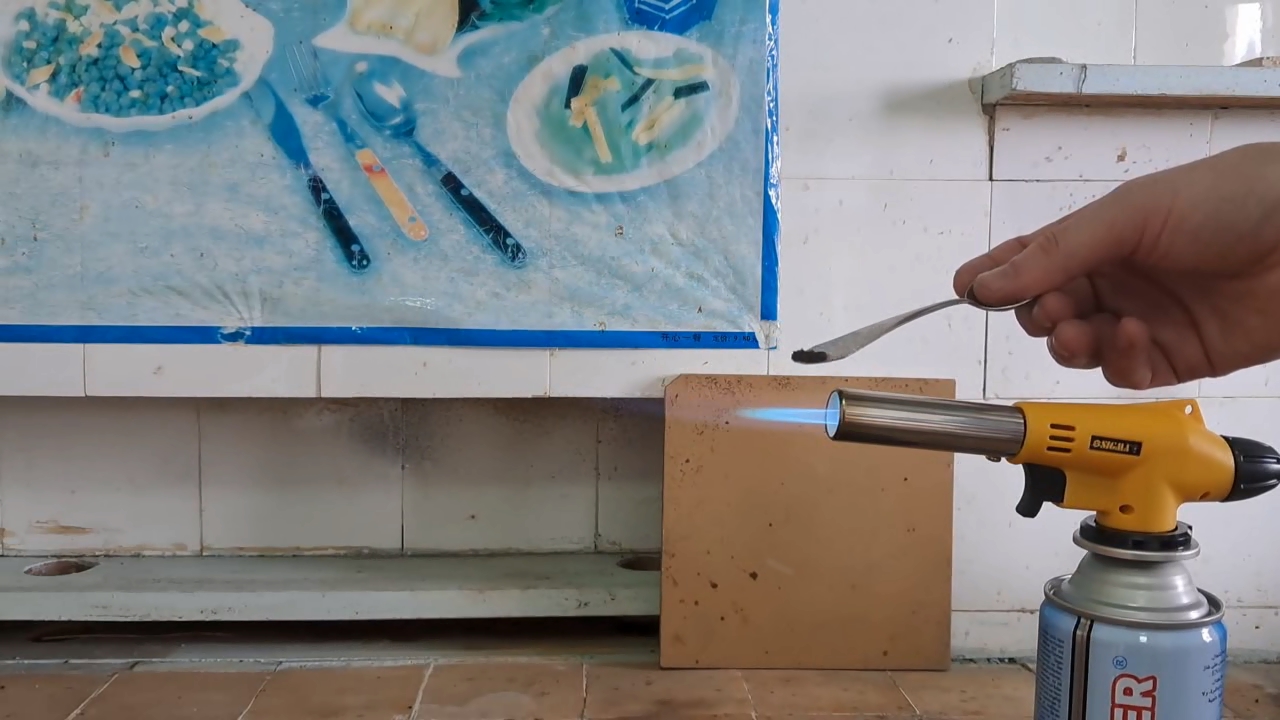
|
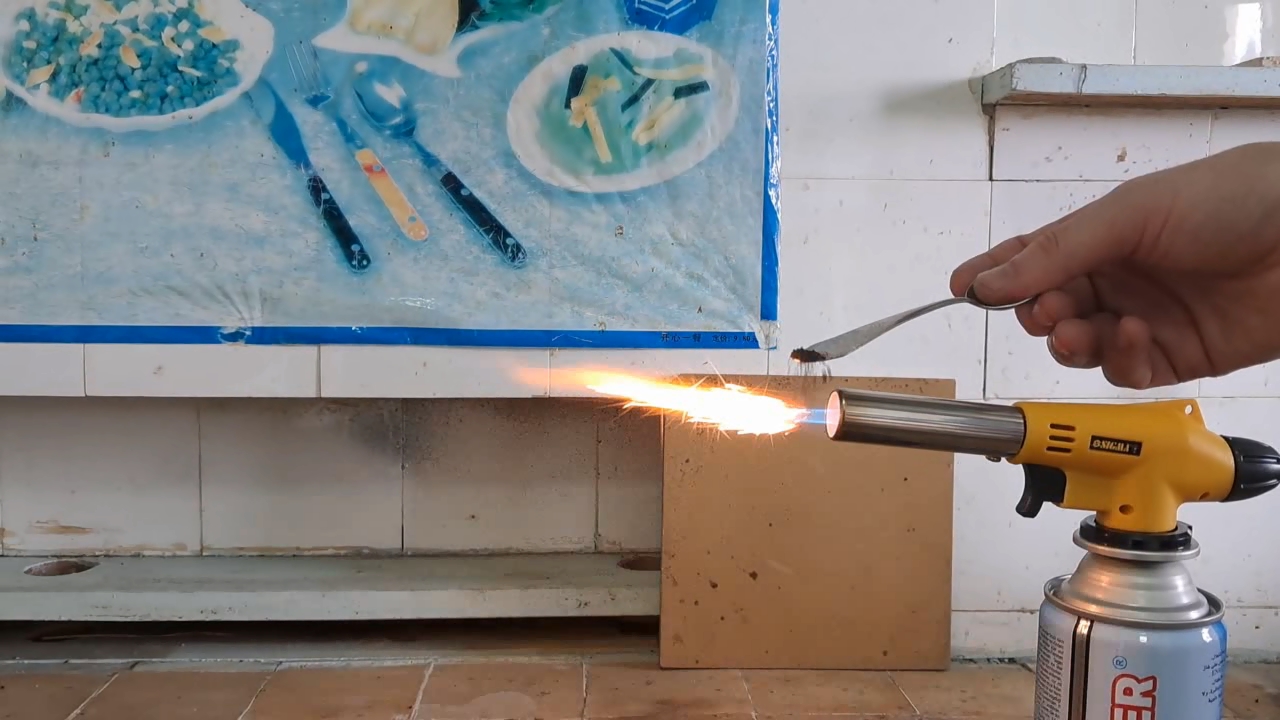
|
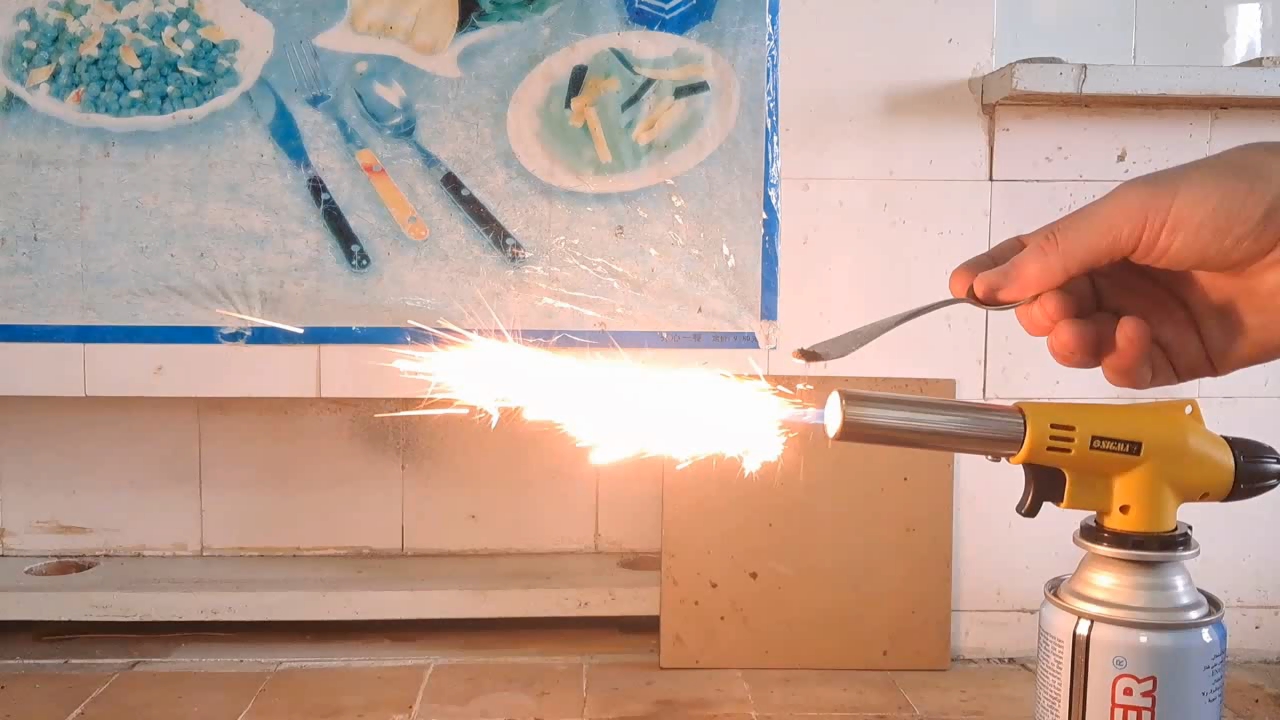
|
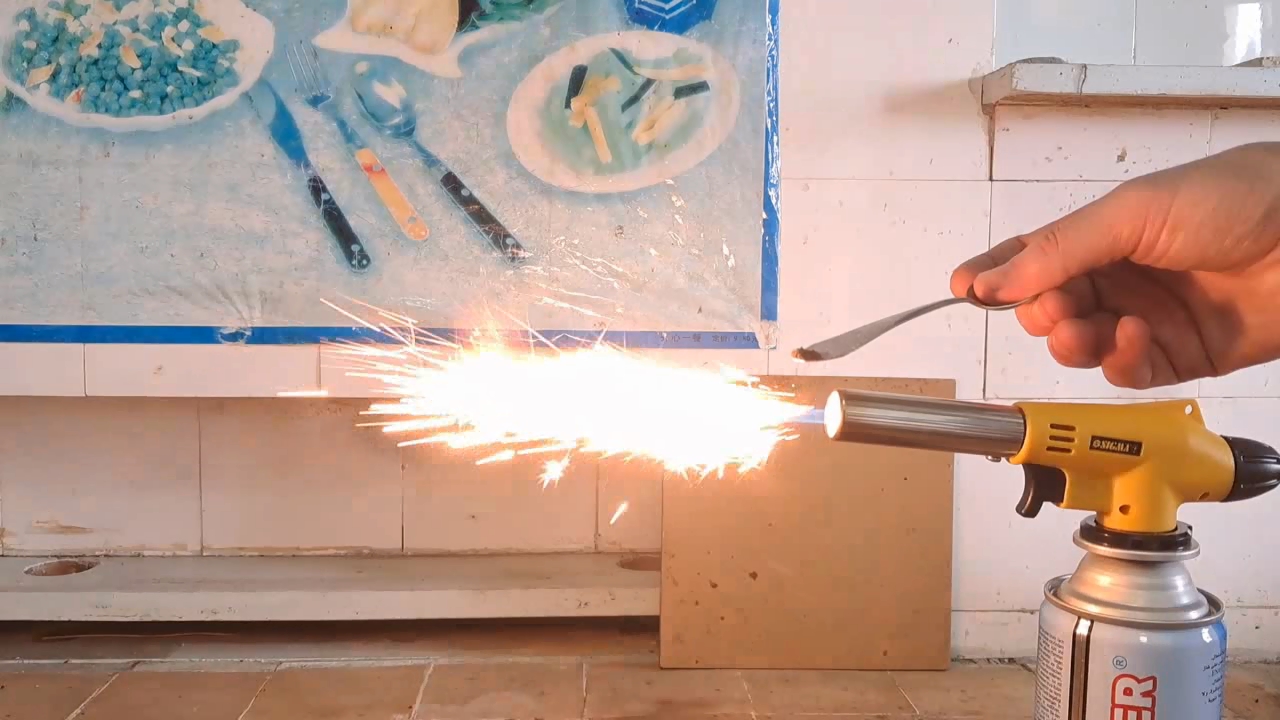
|
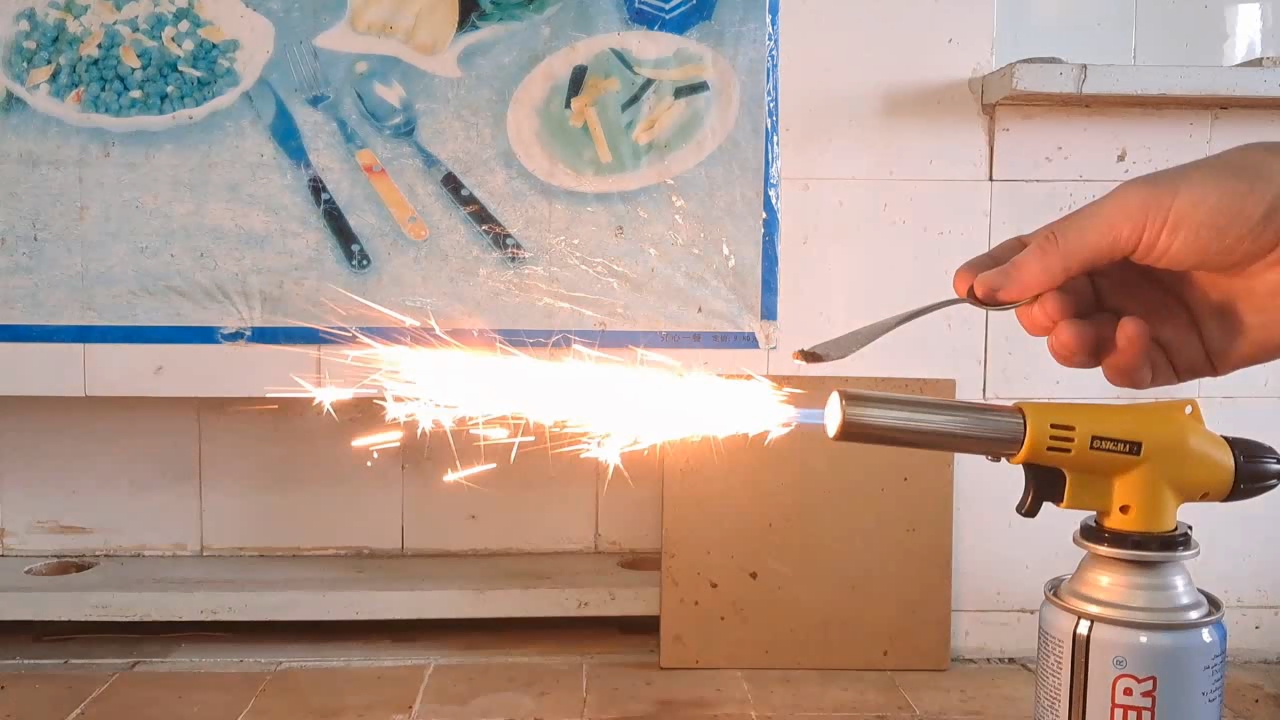
|
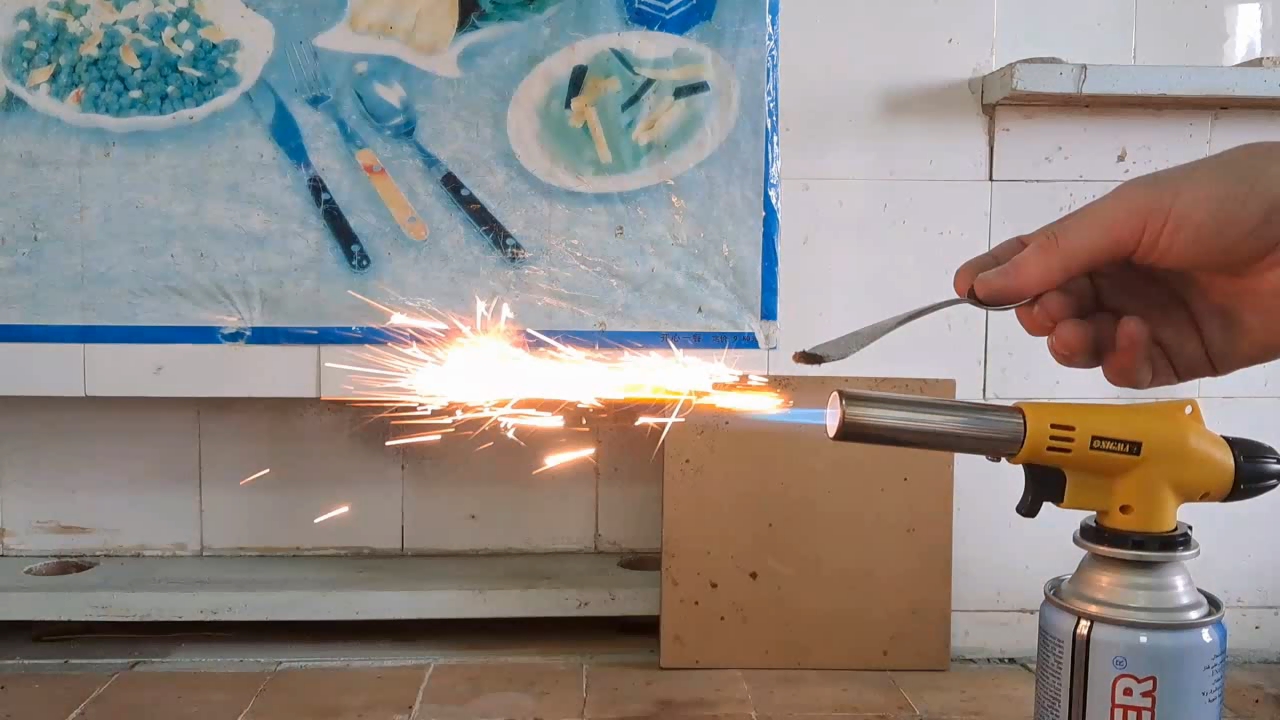
|
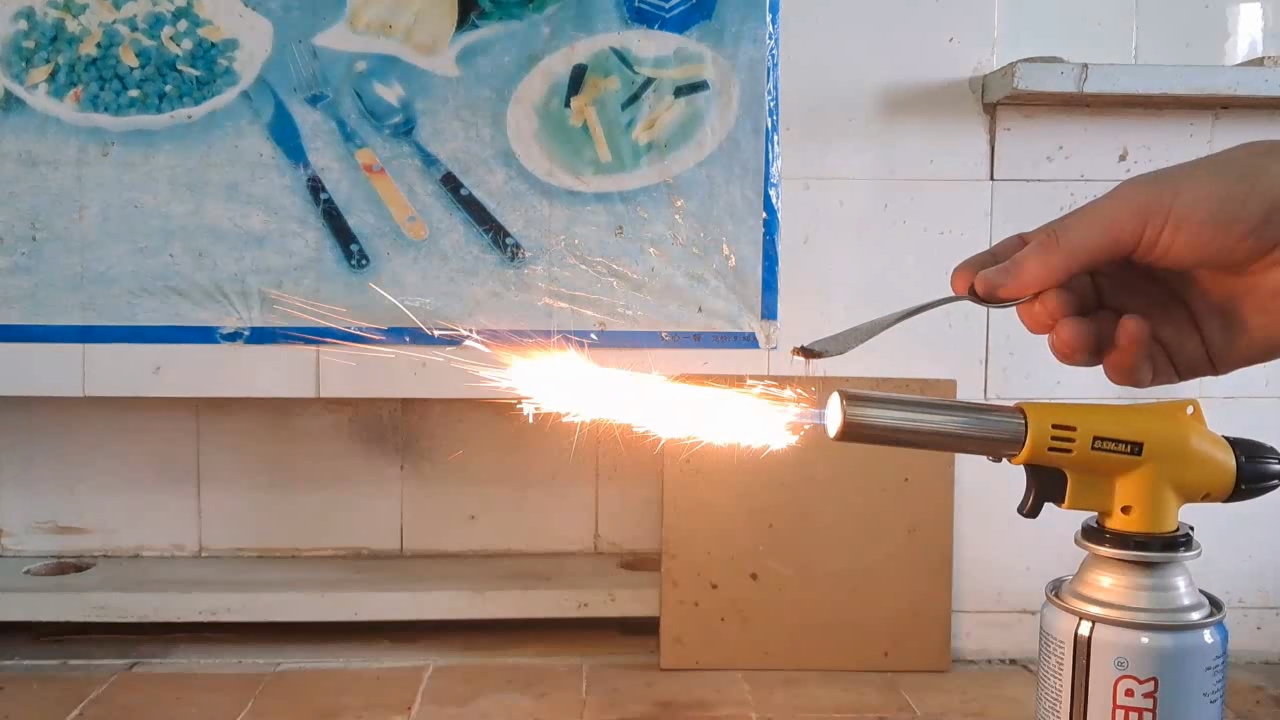
|
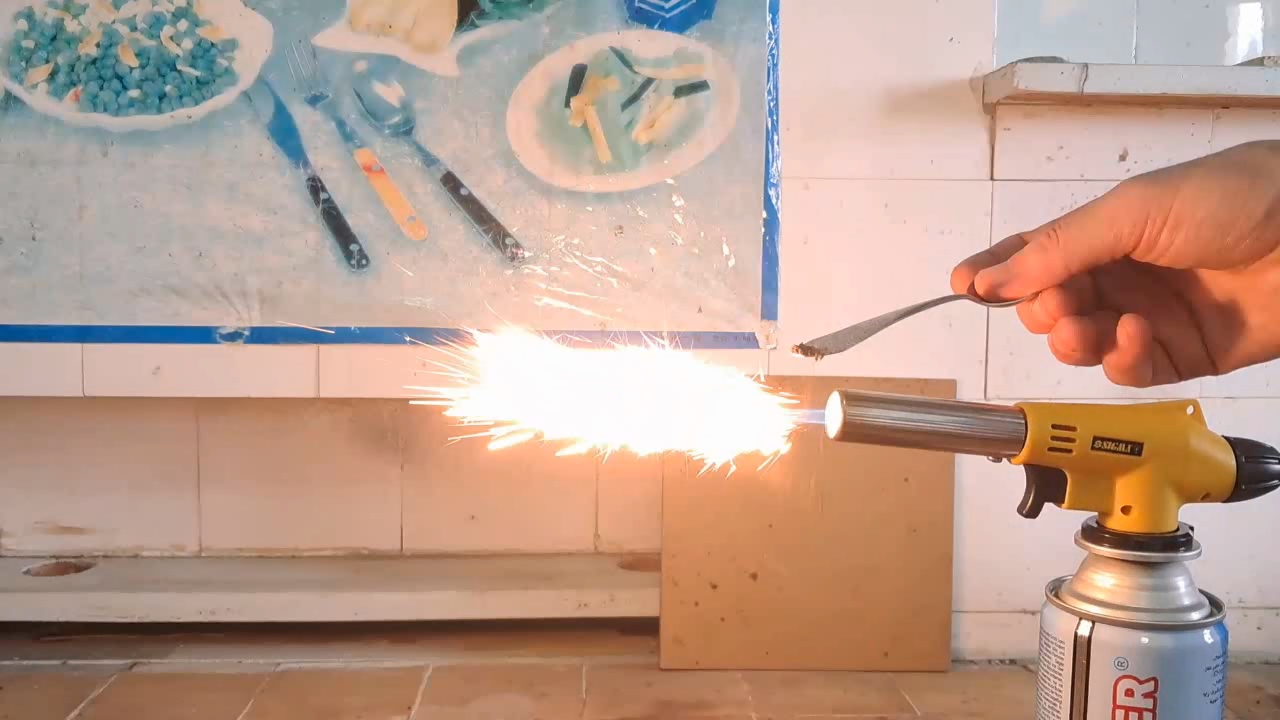
|
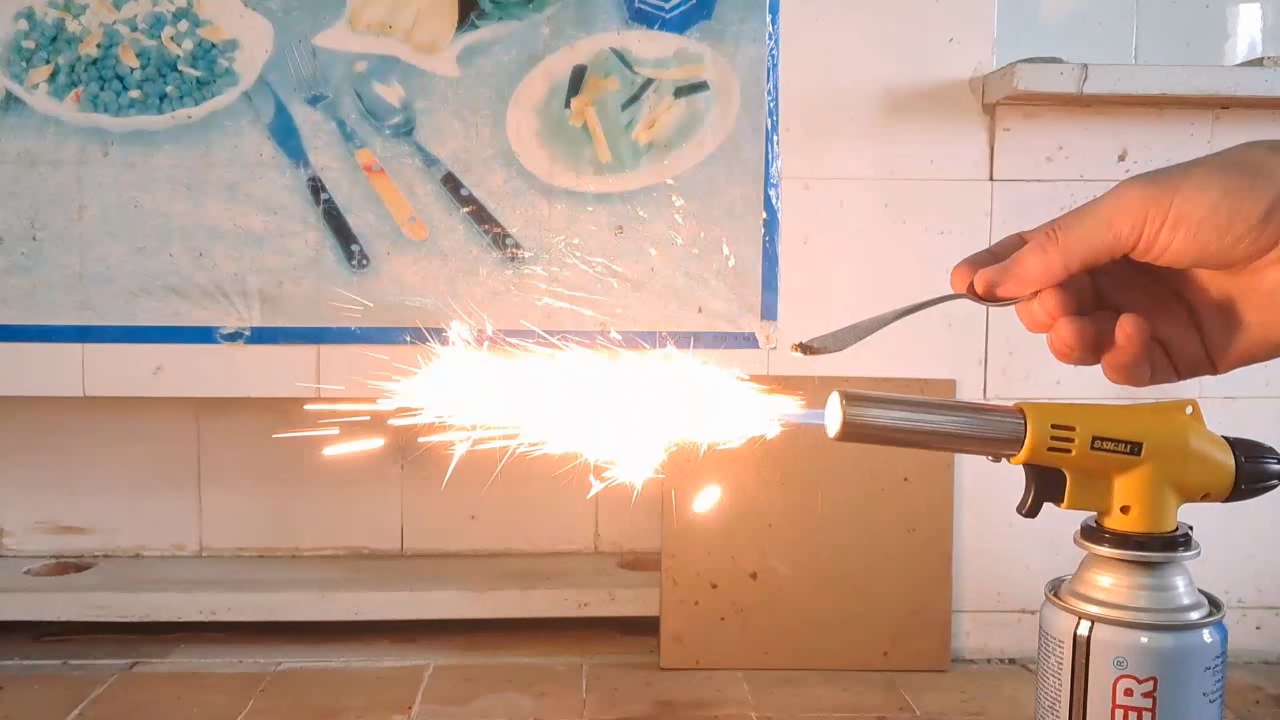
|
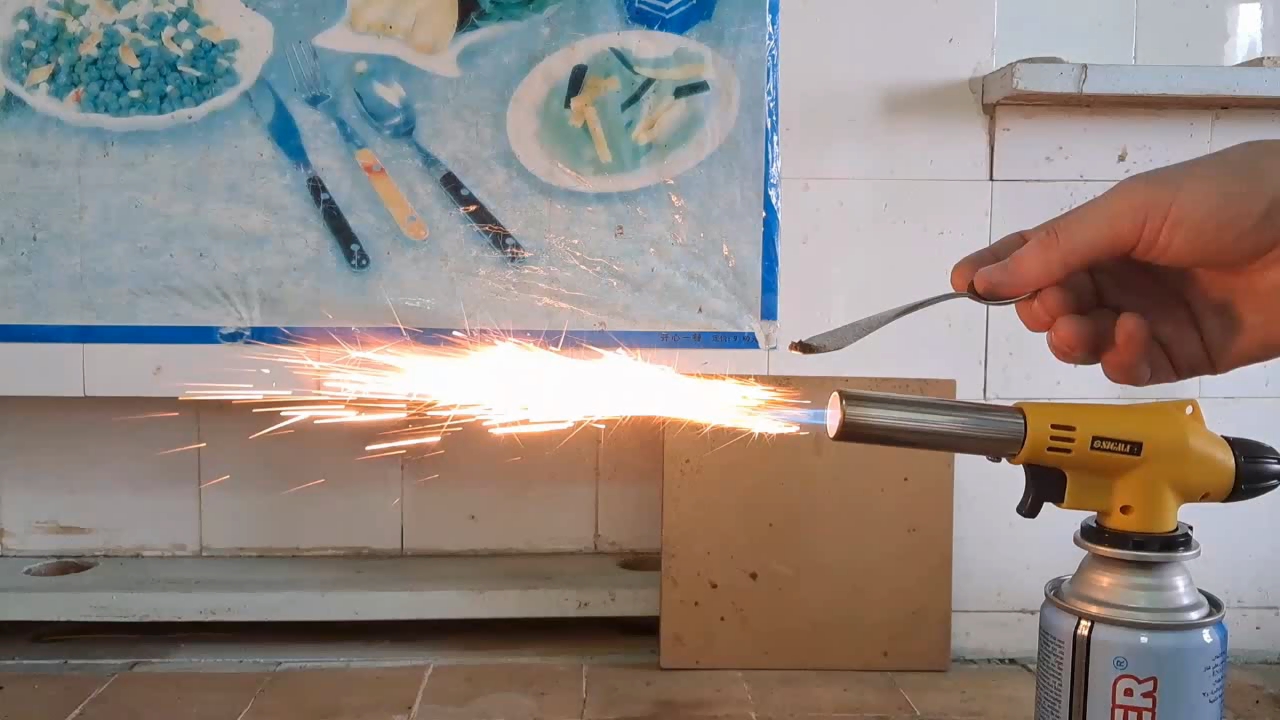
|
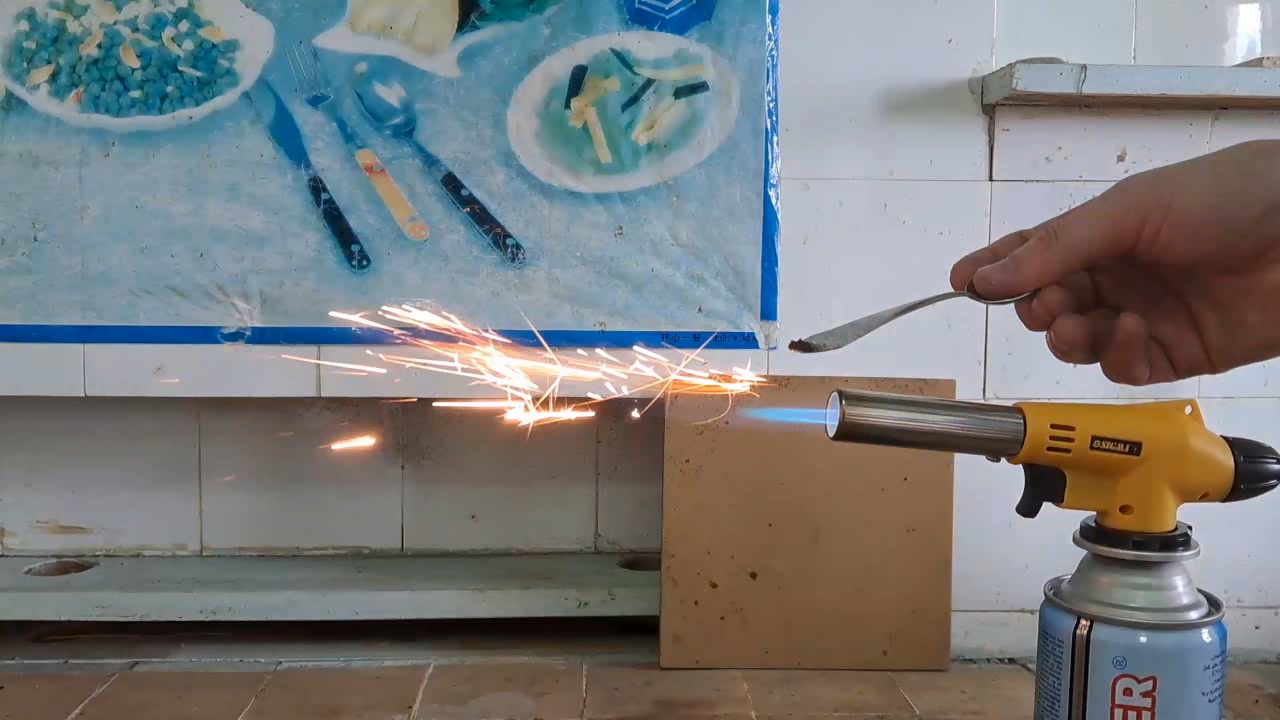
|
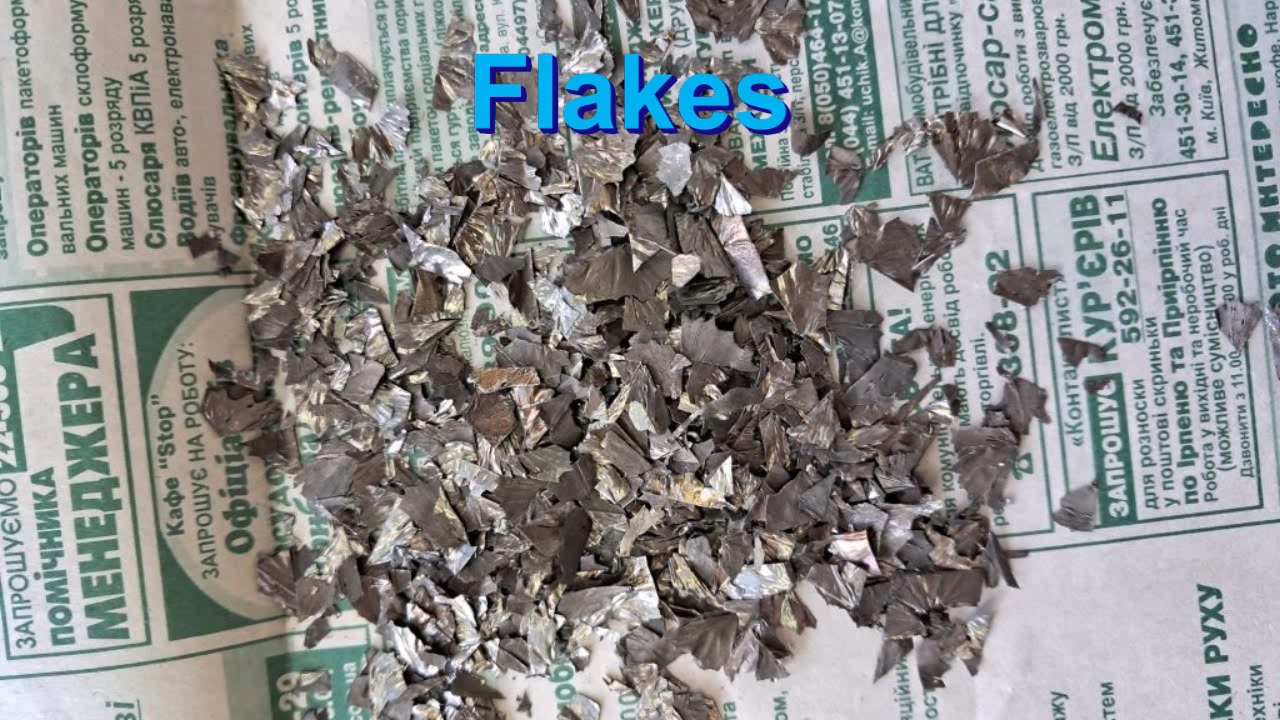
|
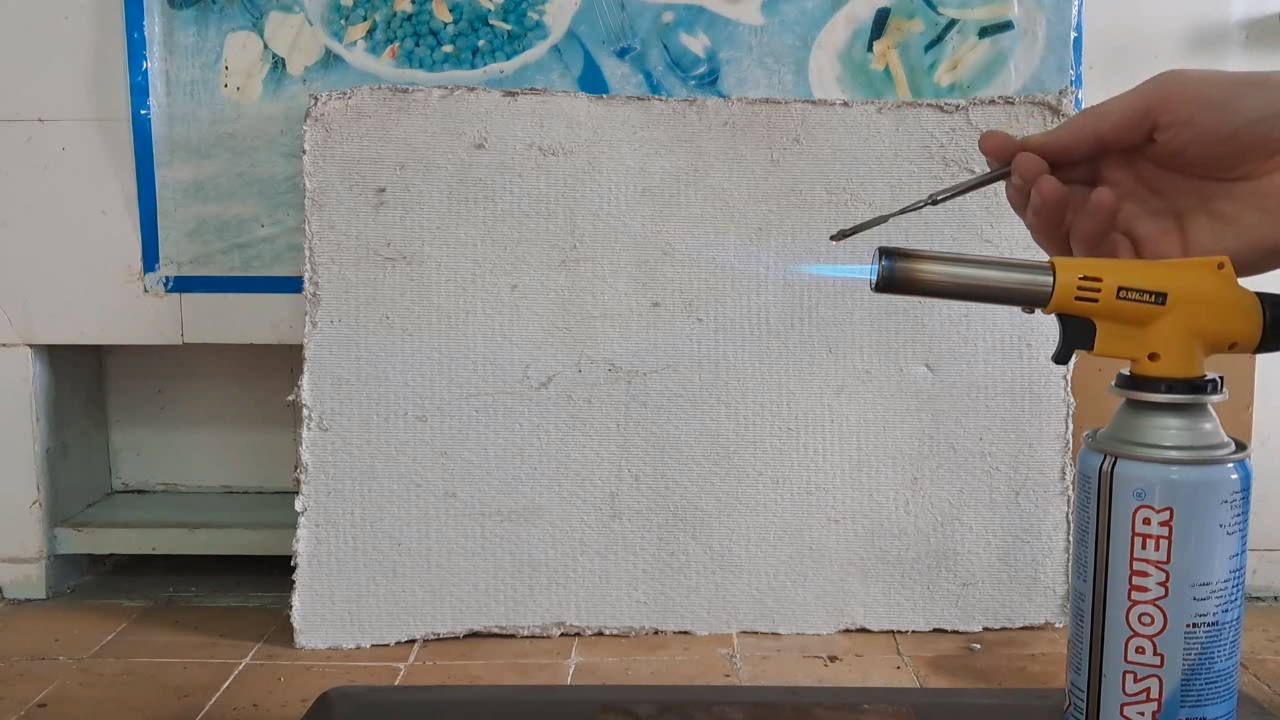
|
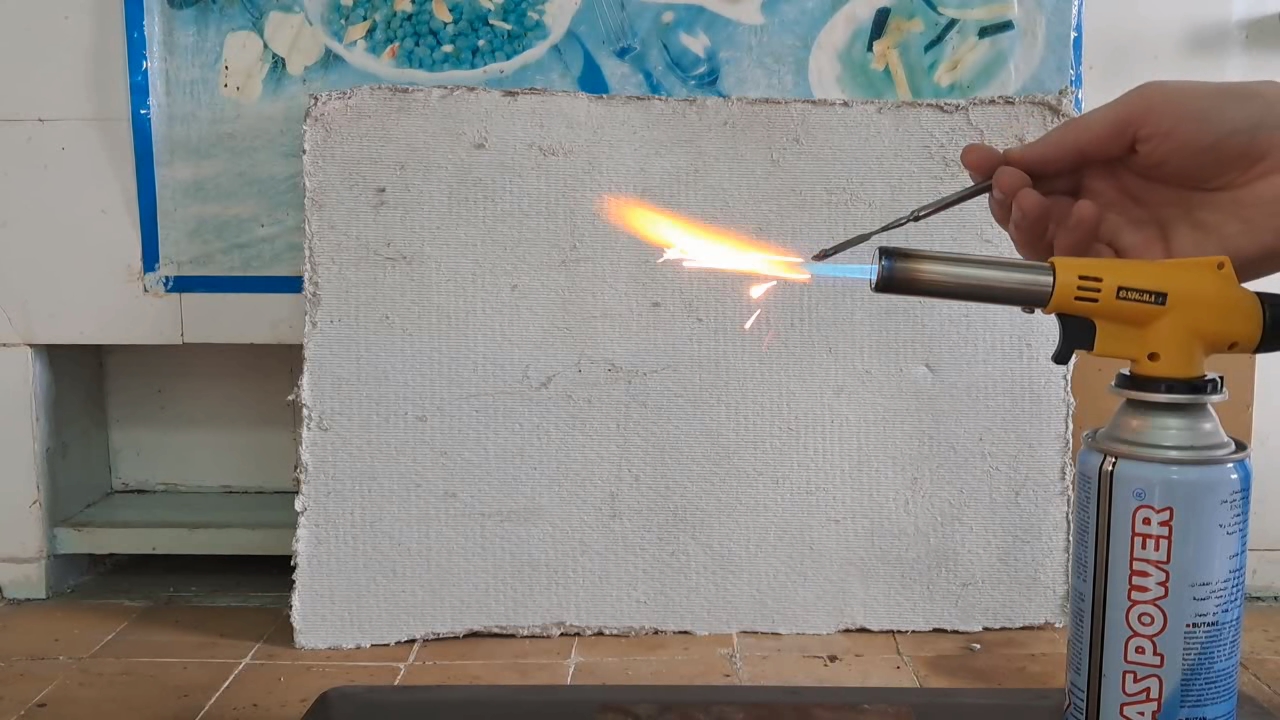
|
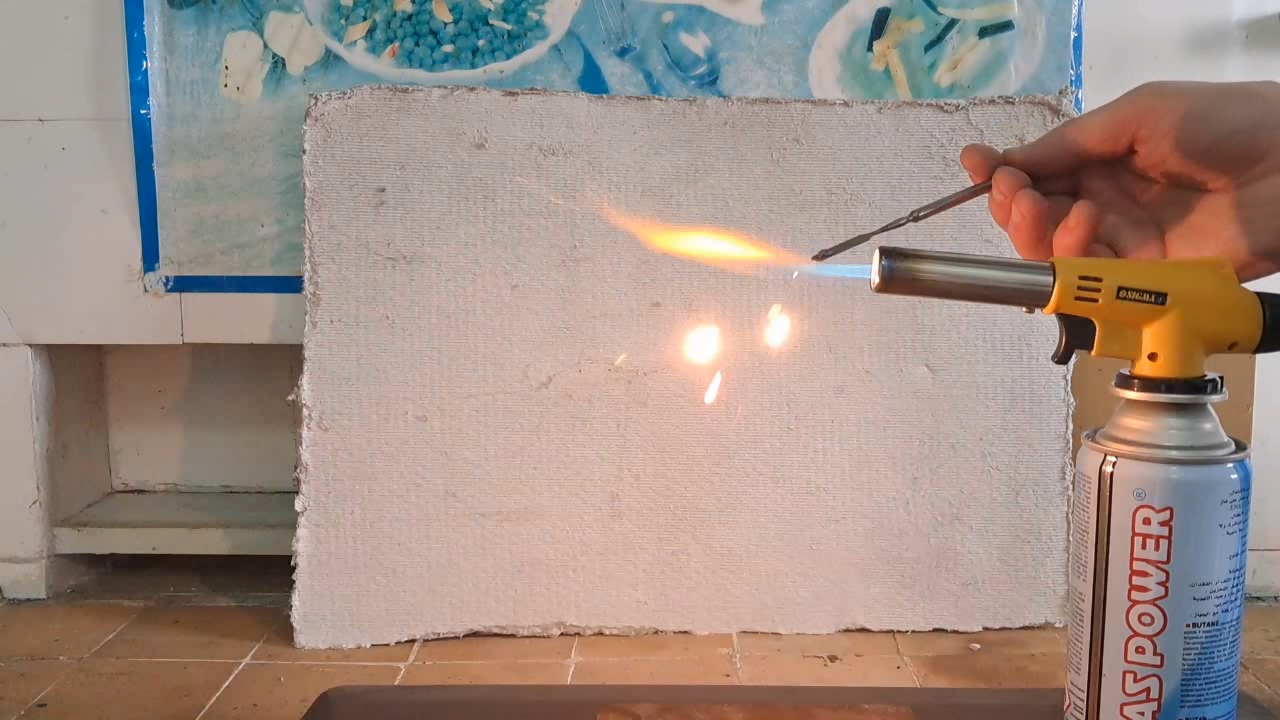
|
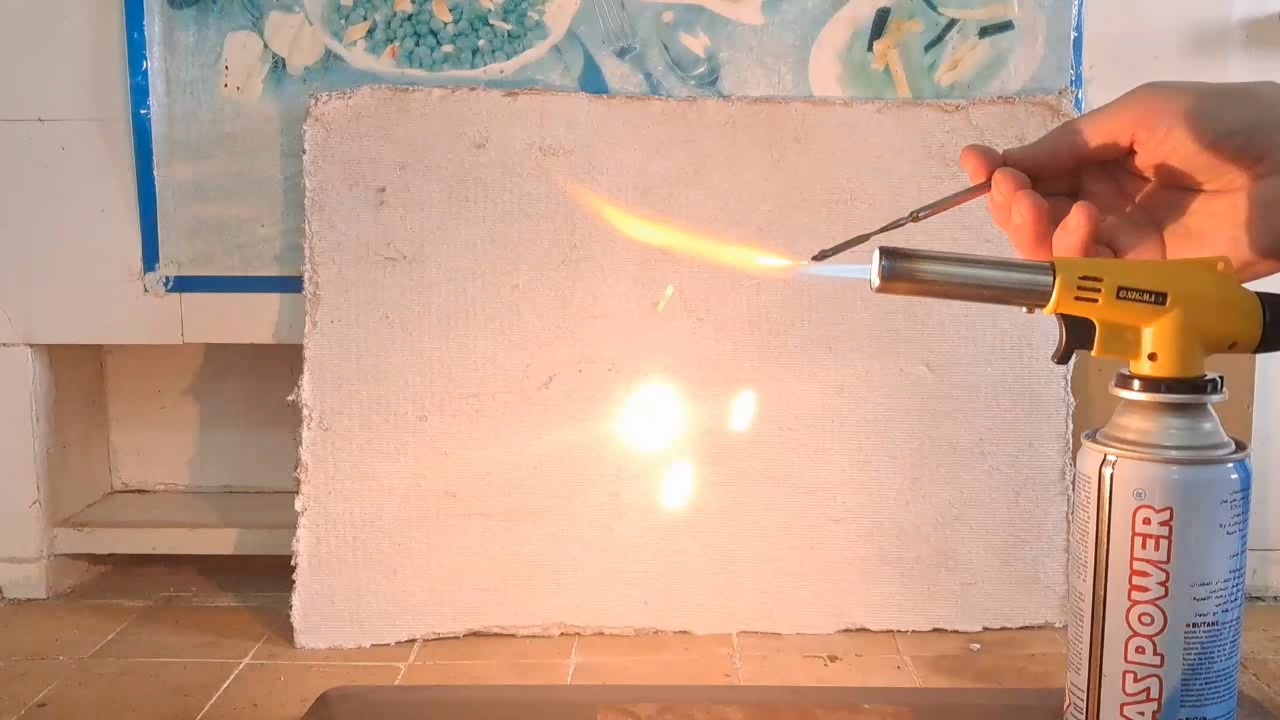
|
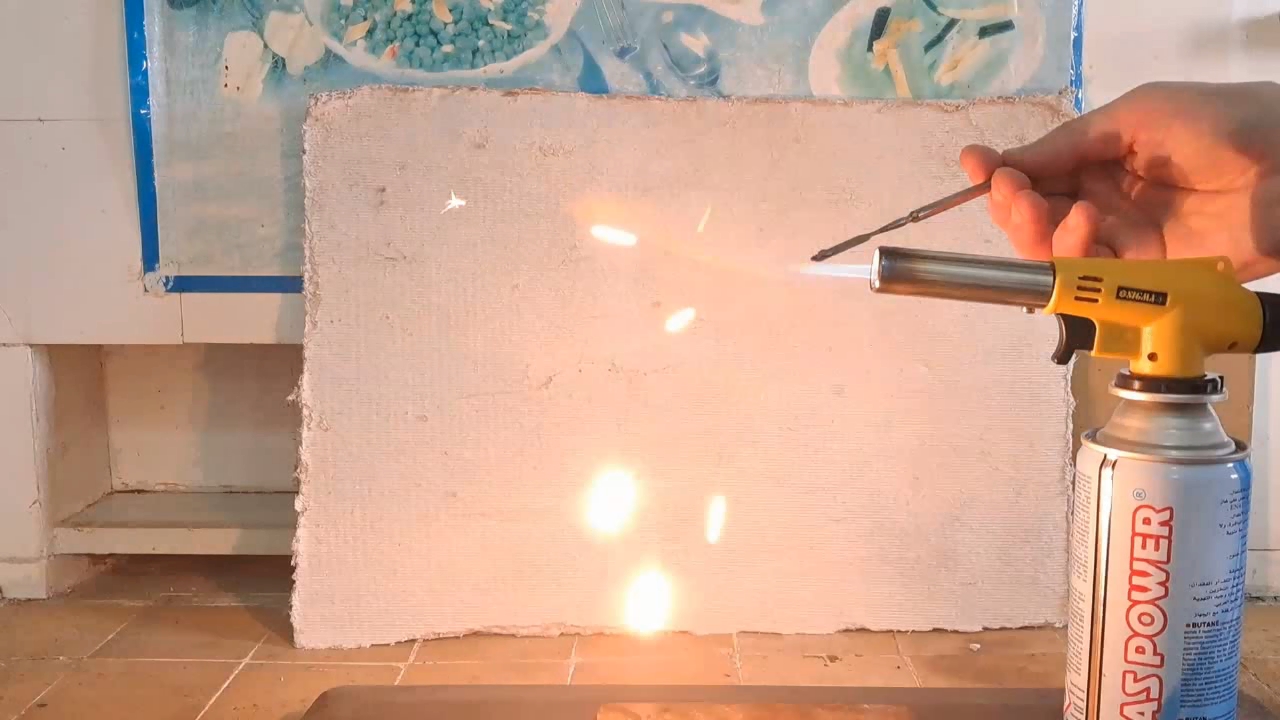
|

|
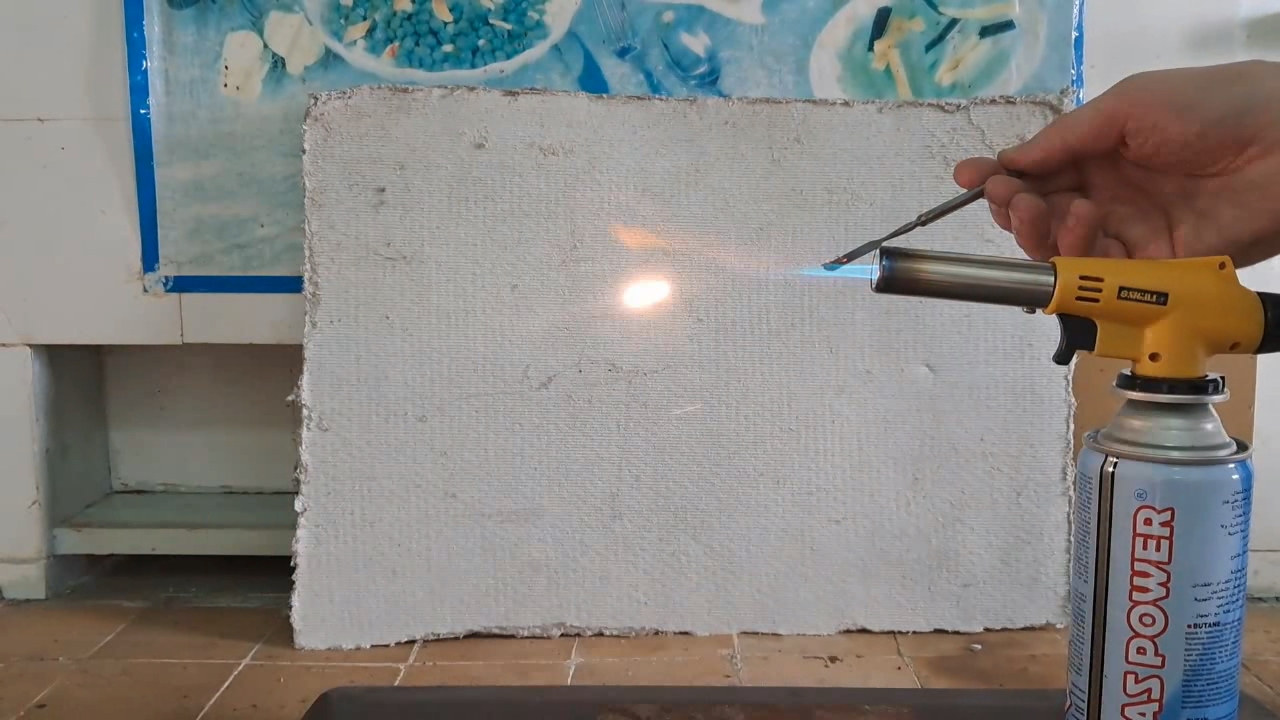
|
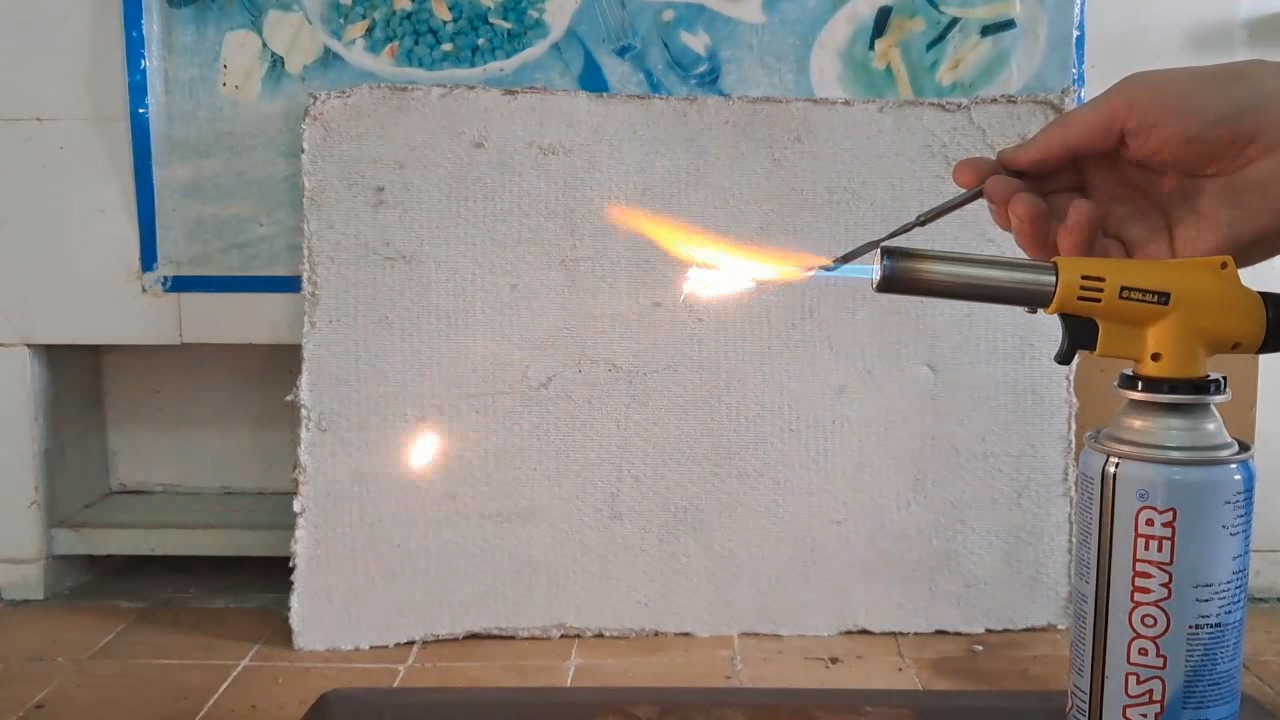
|
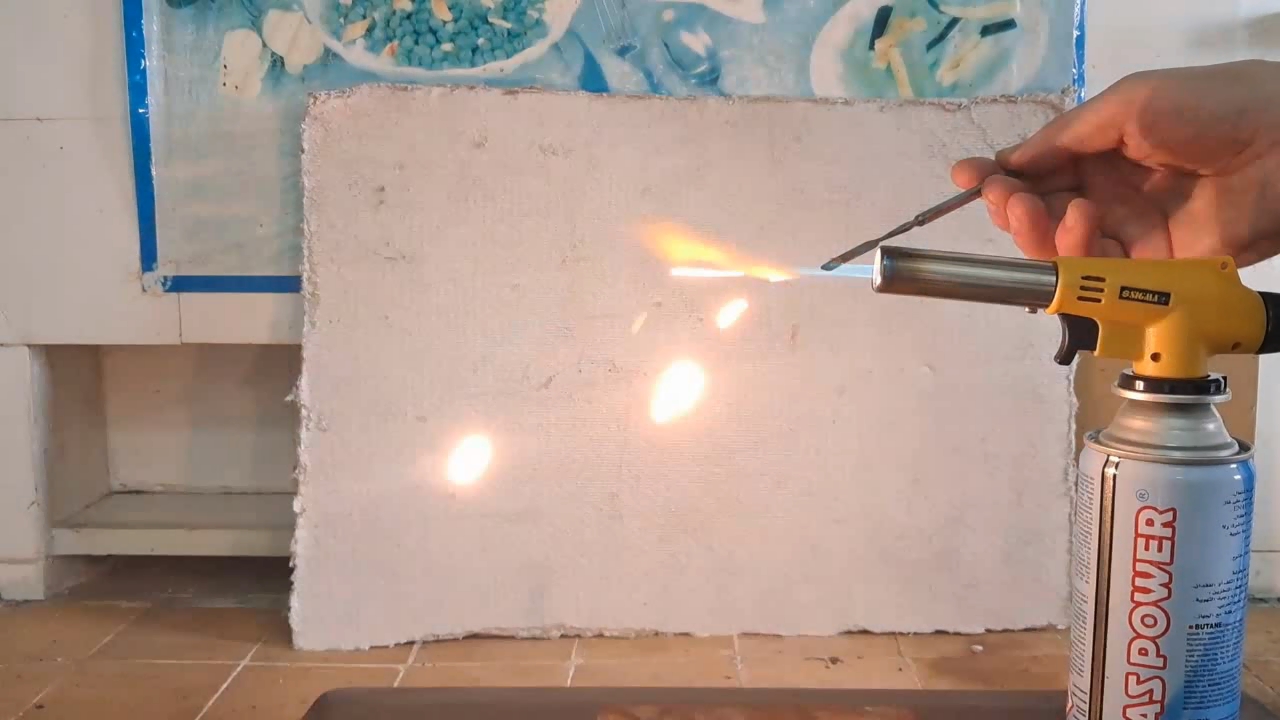
|
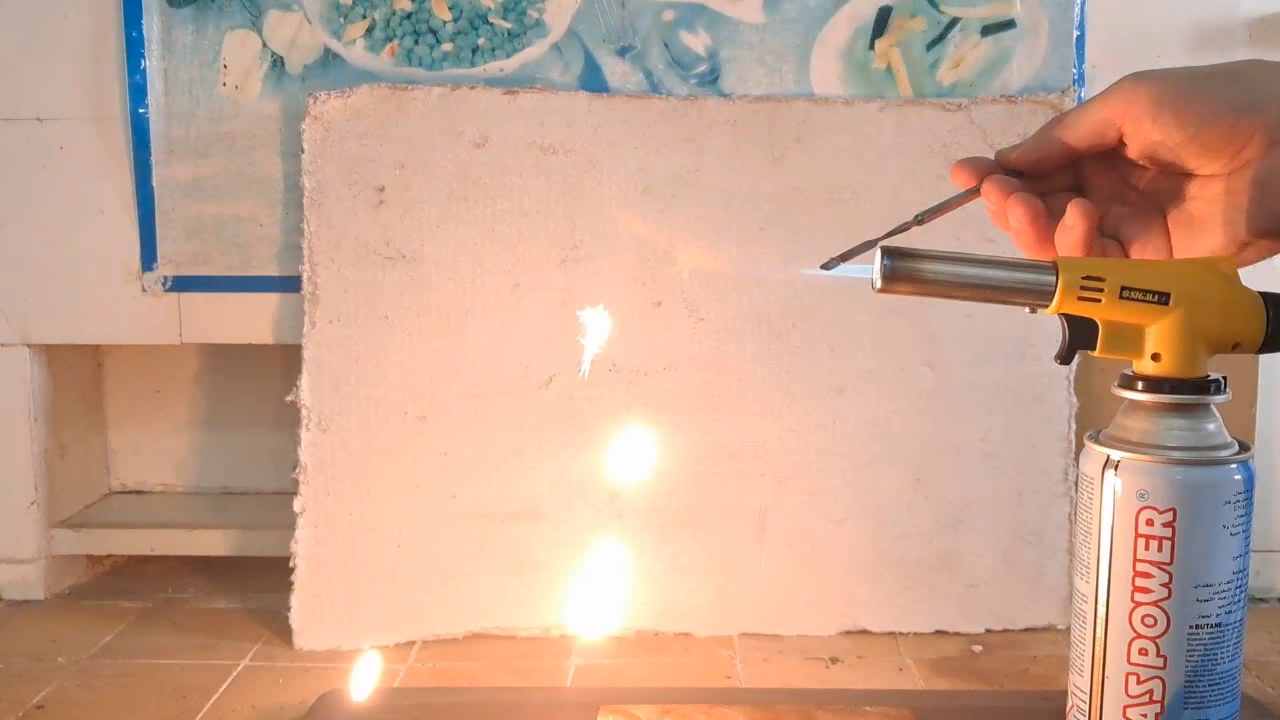
|
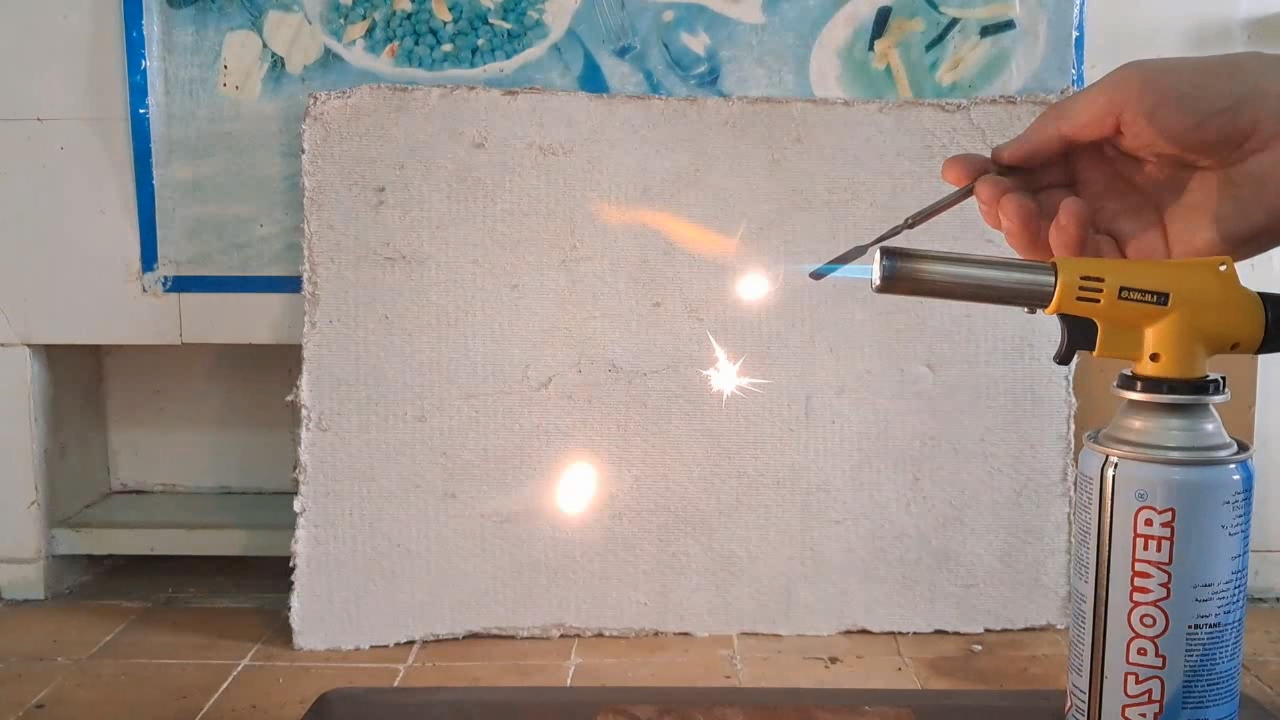
|
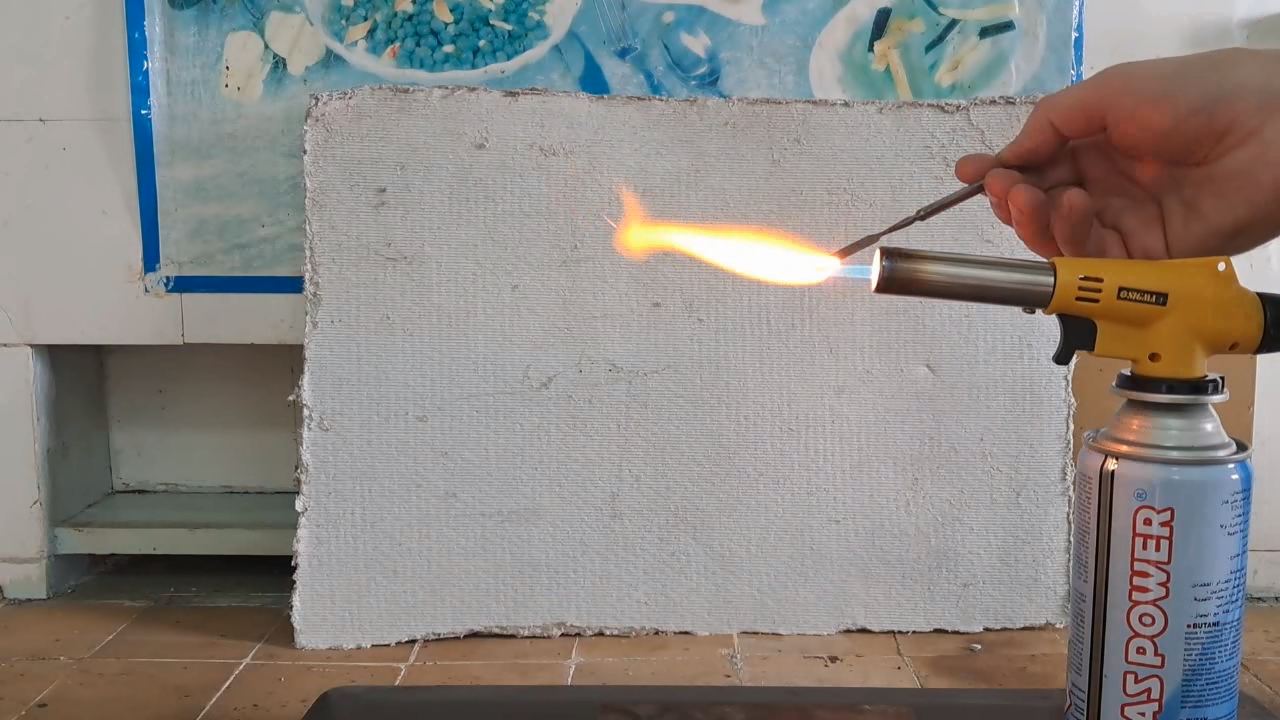
|
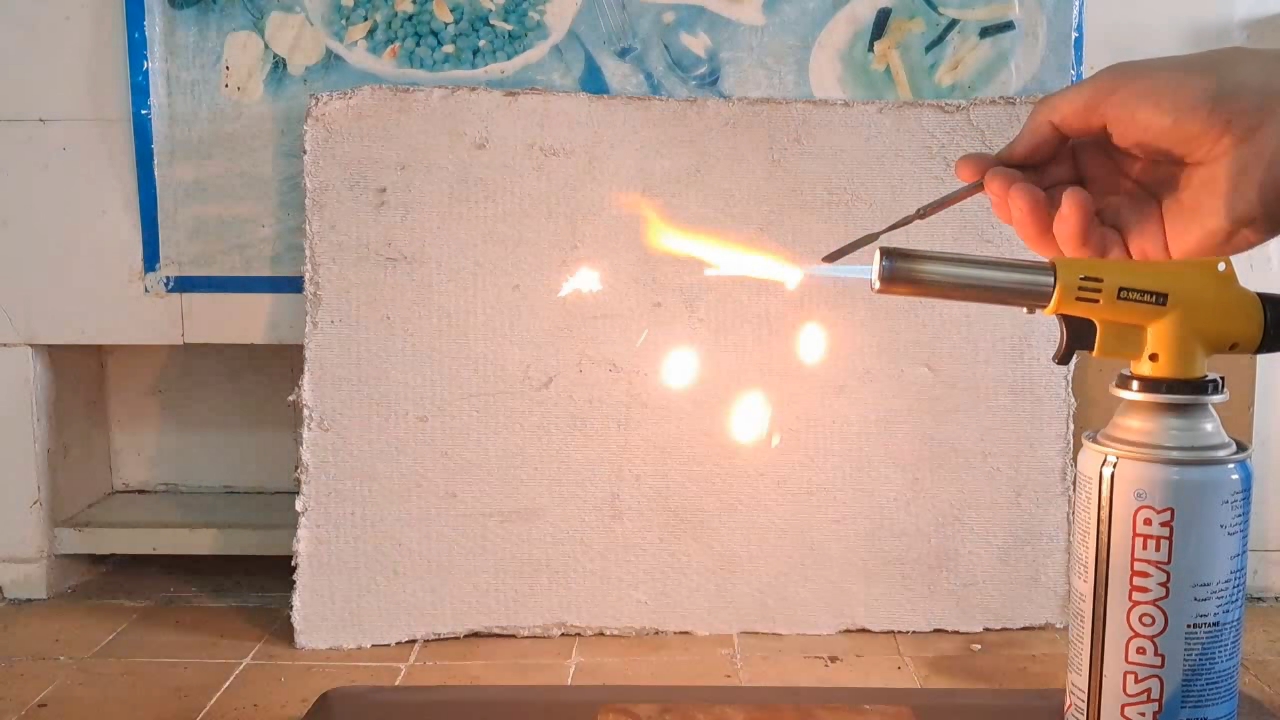
|
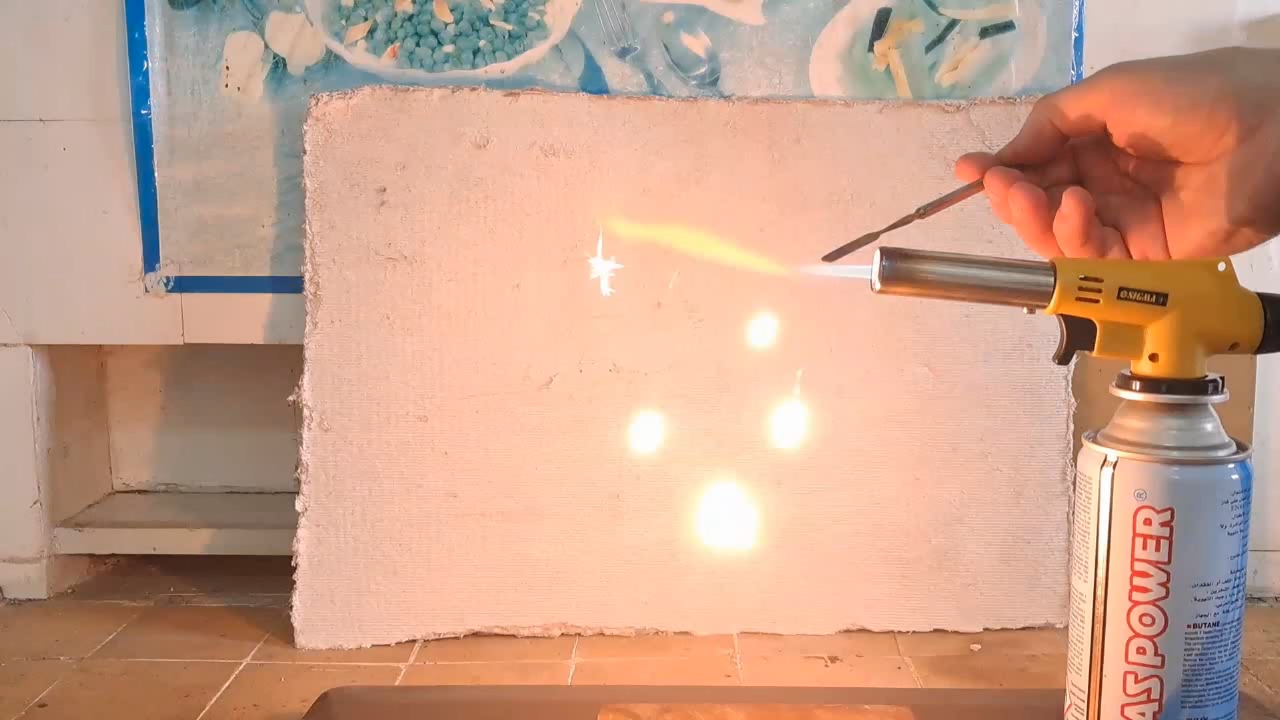
|
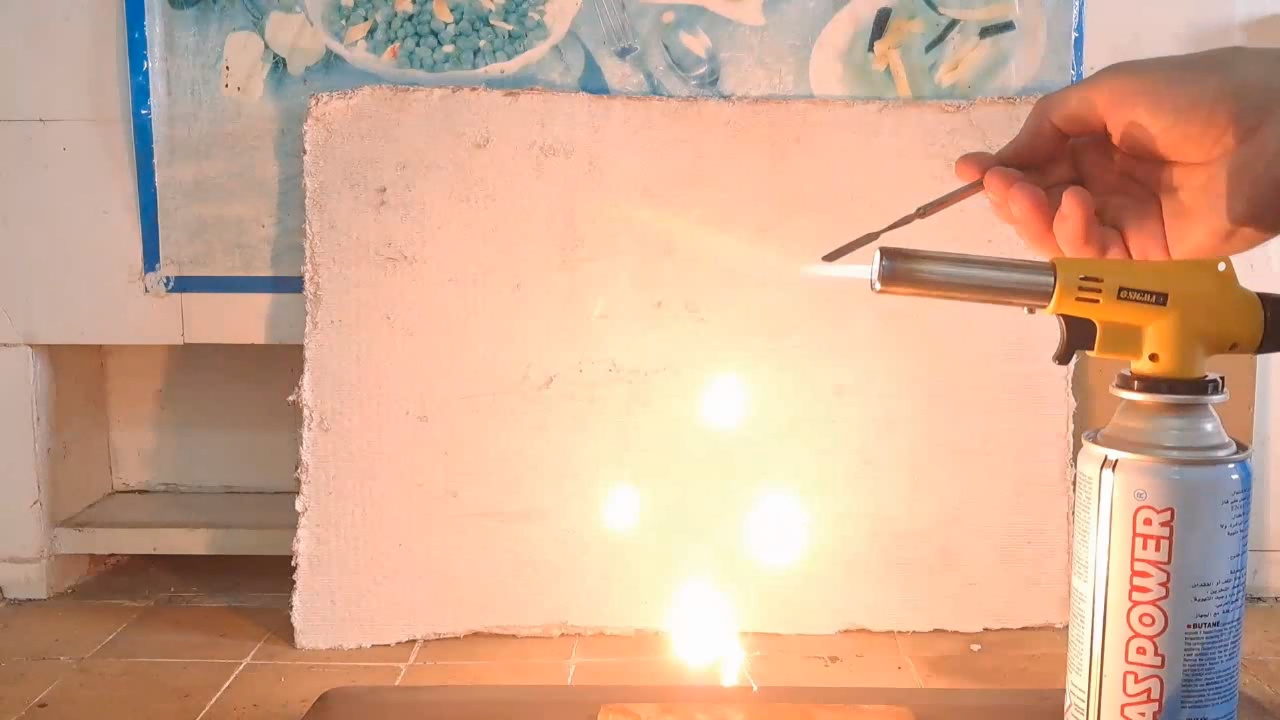
|
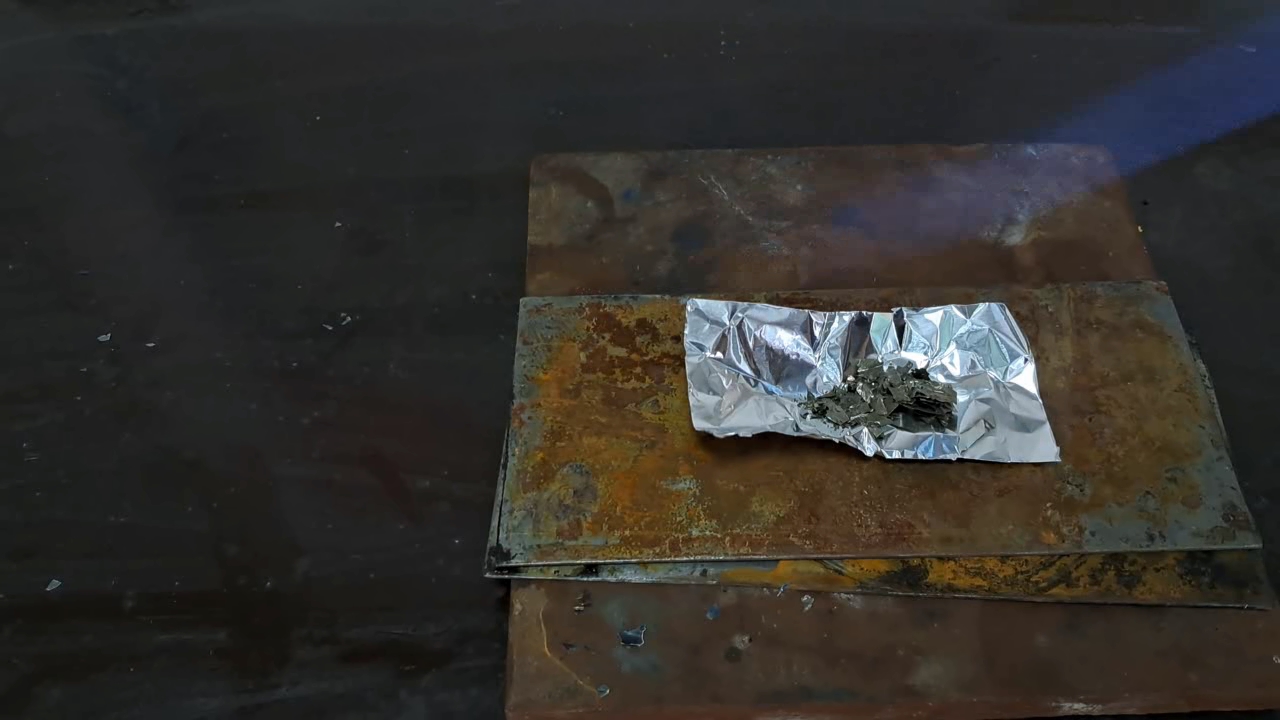
|
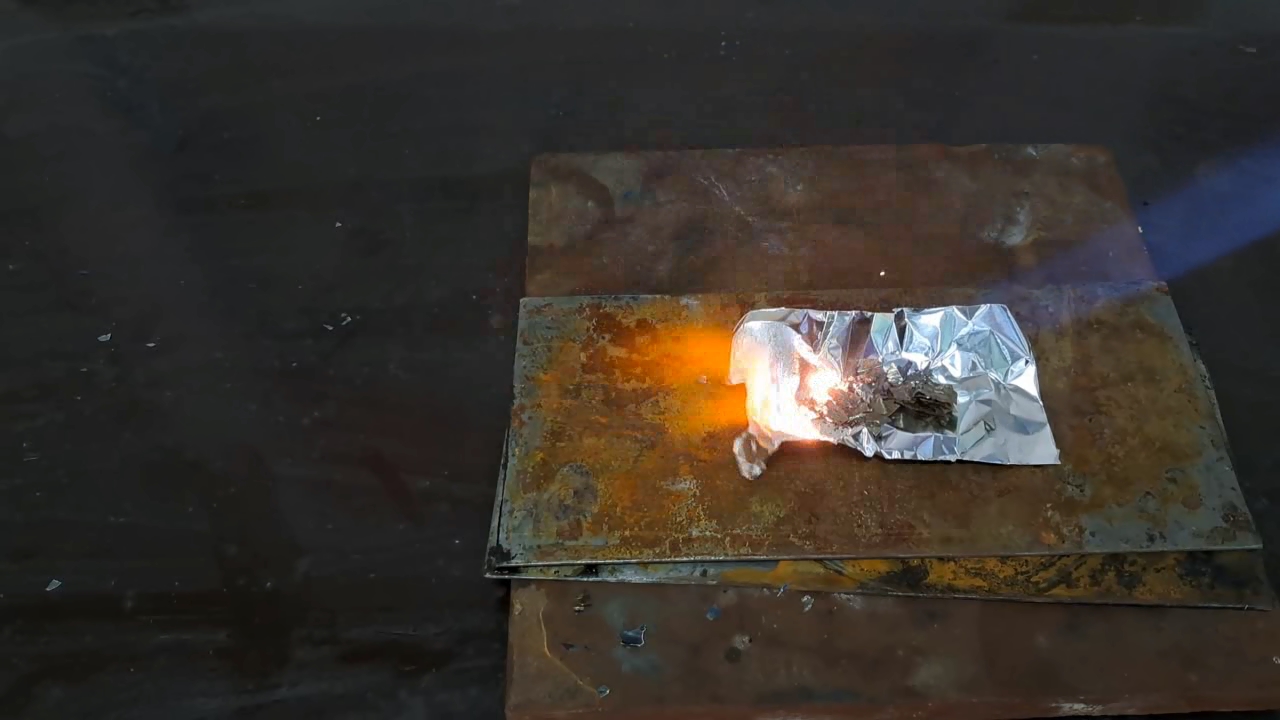
|
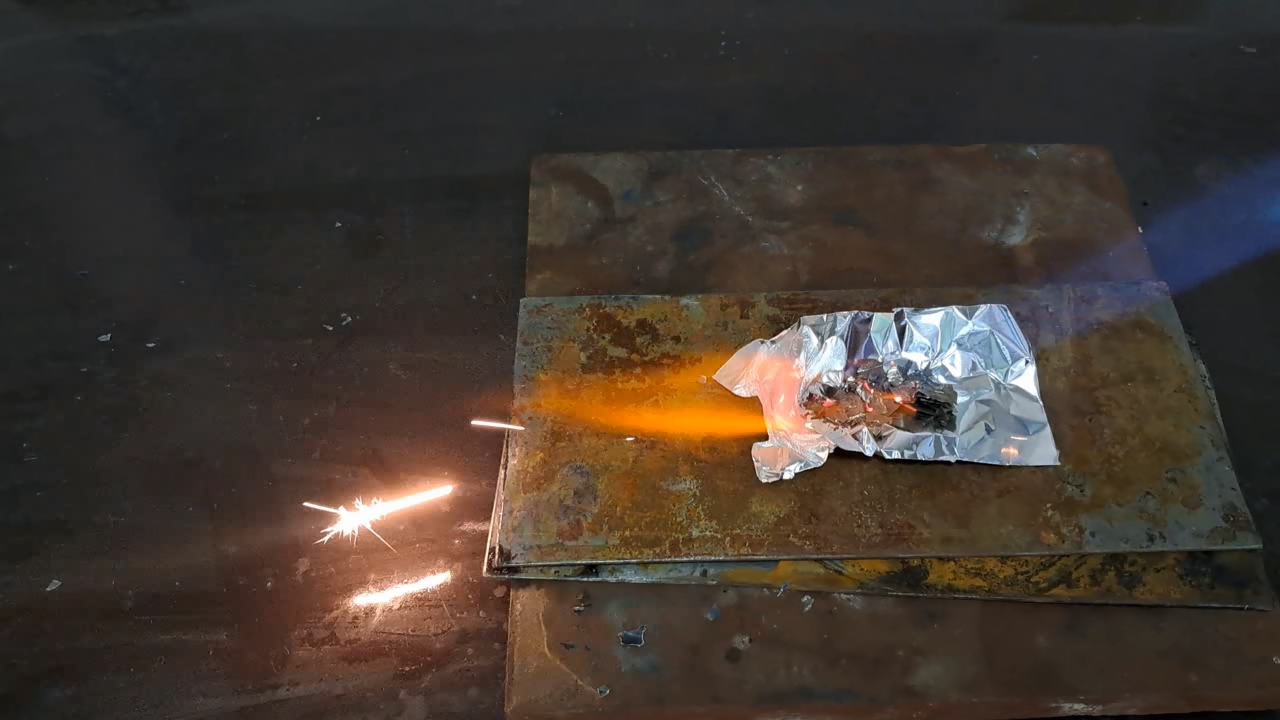
|
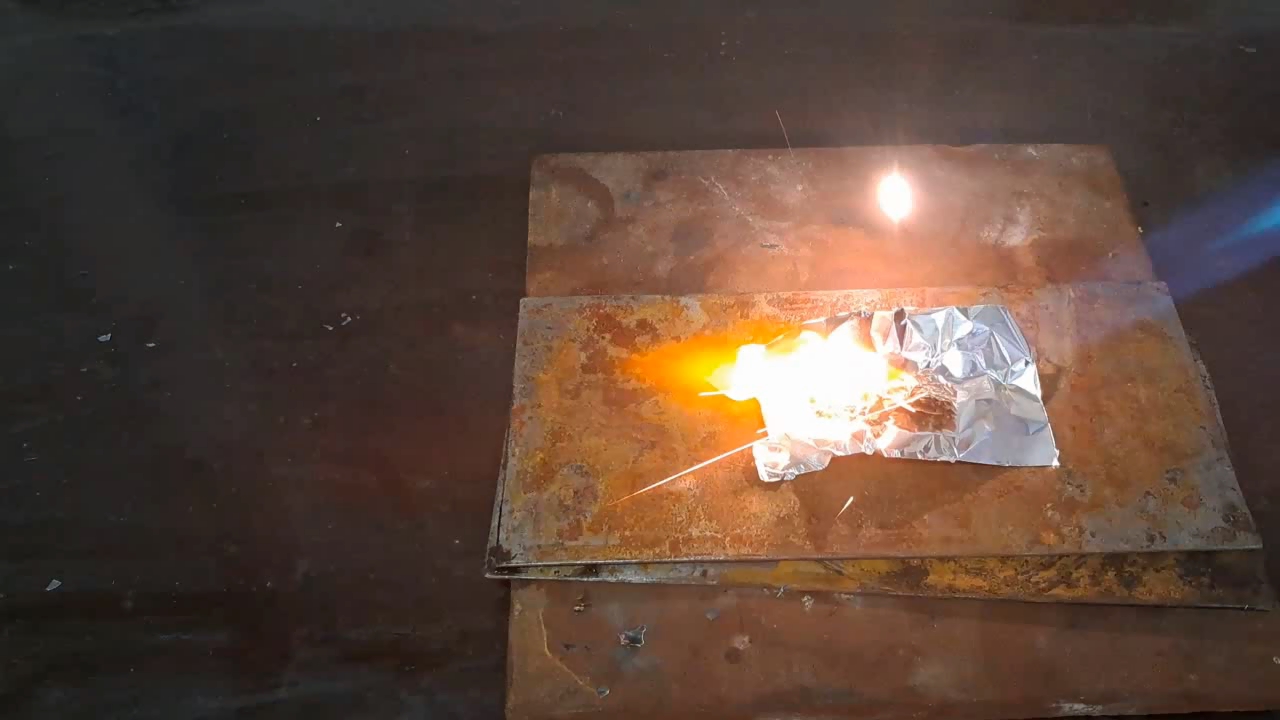
|

|
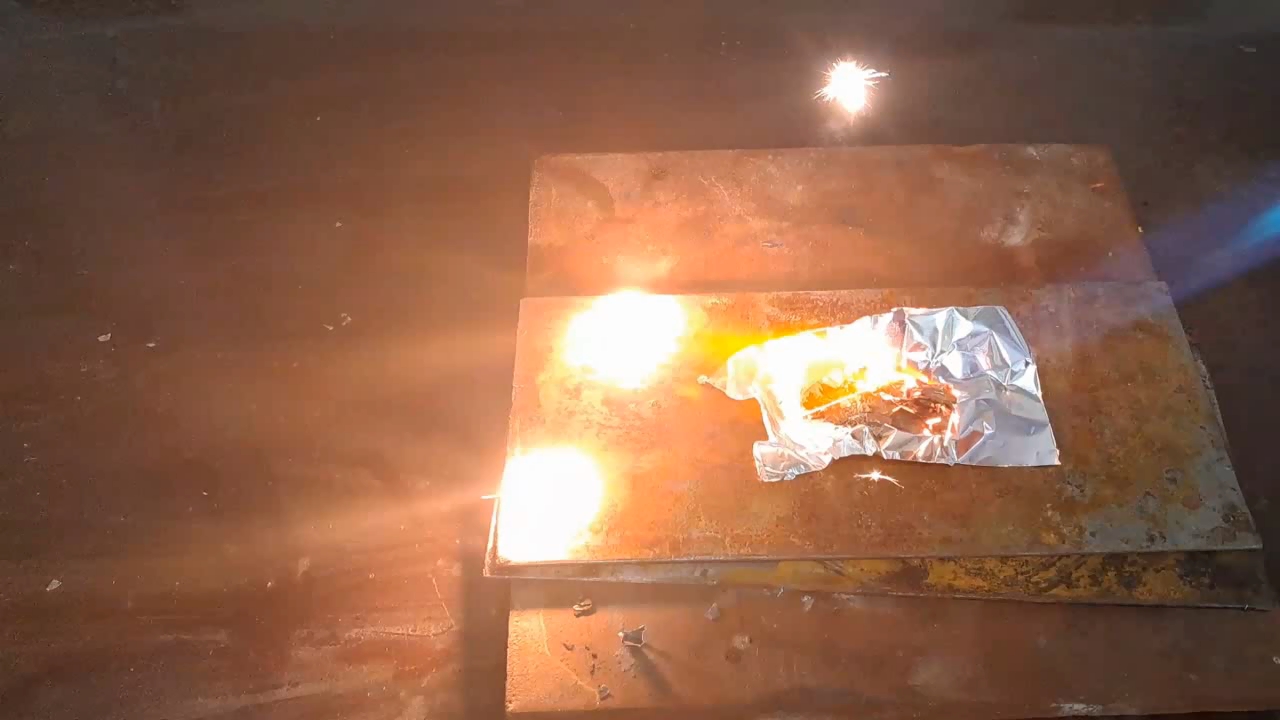
|
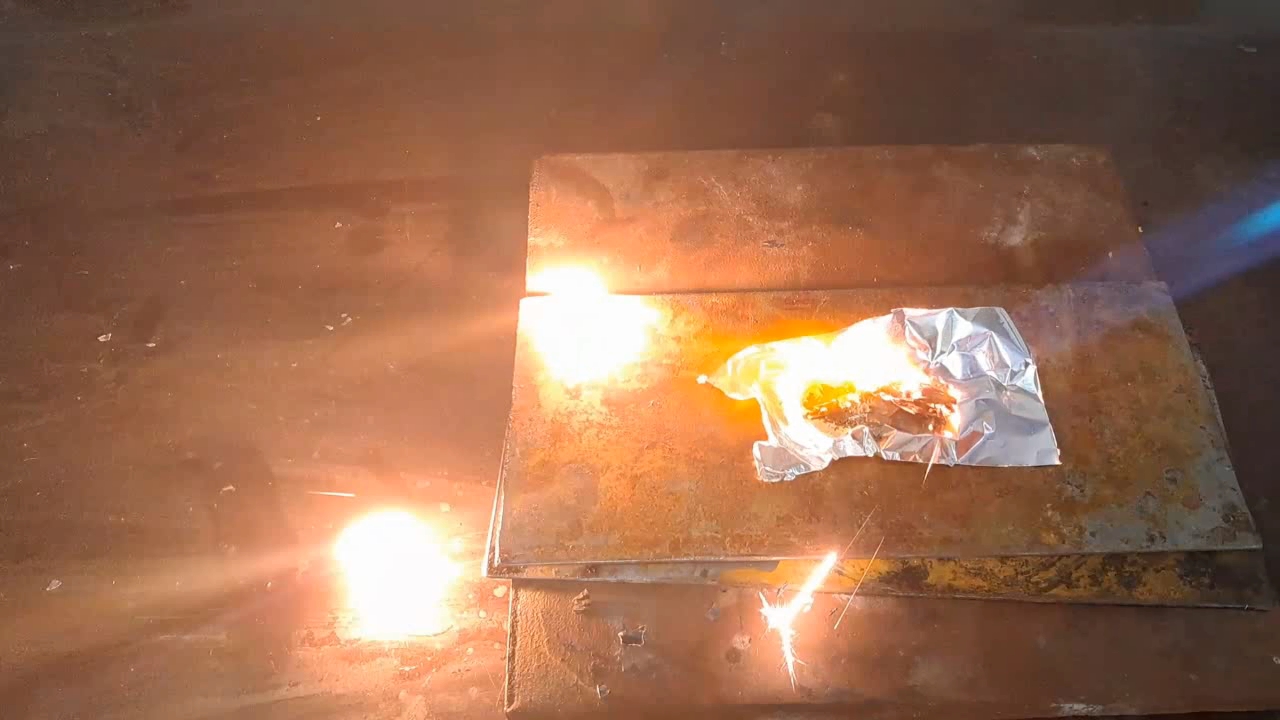
|
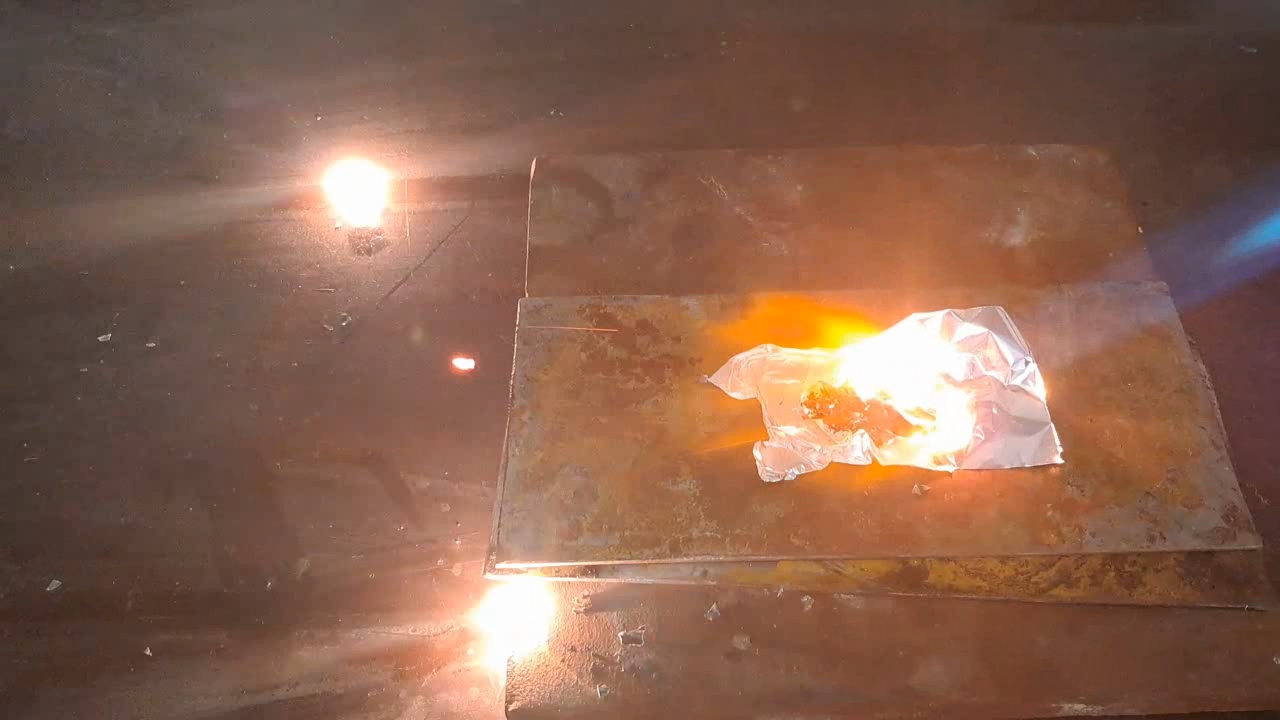
|
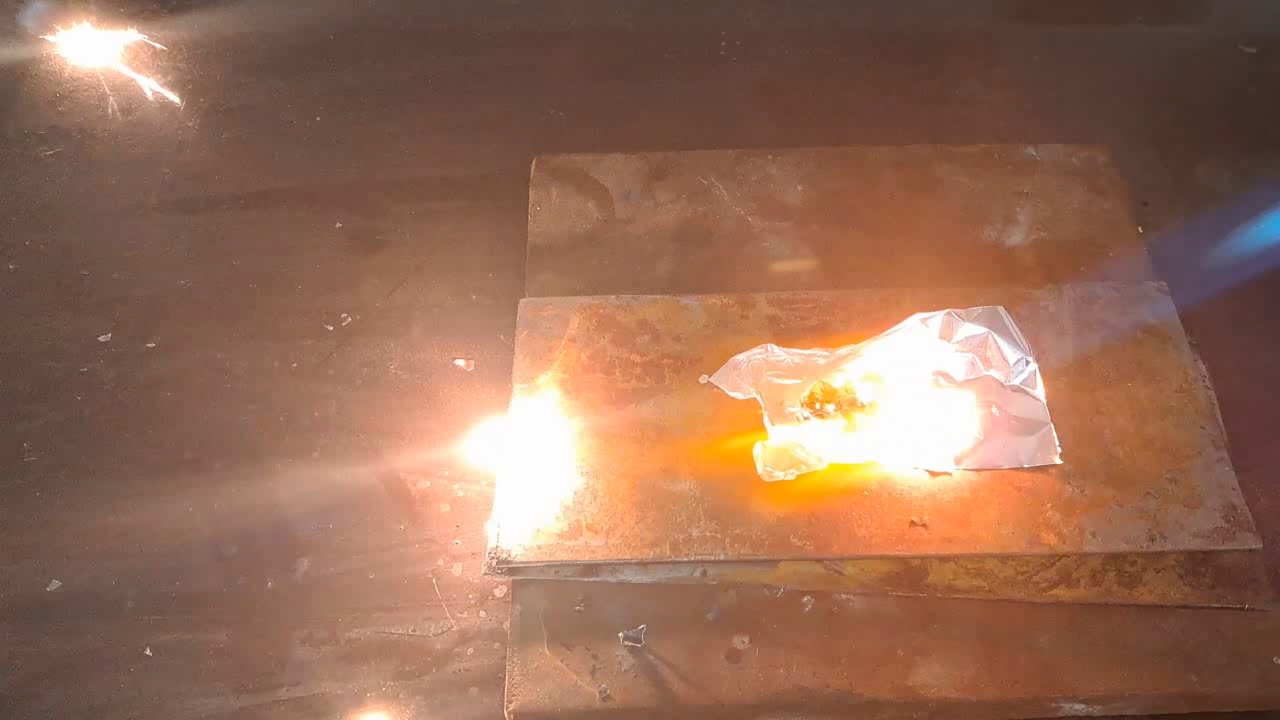
|
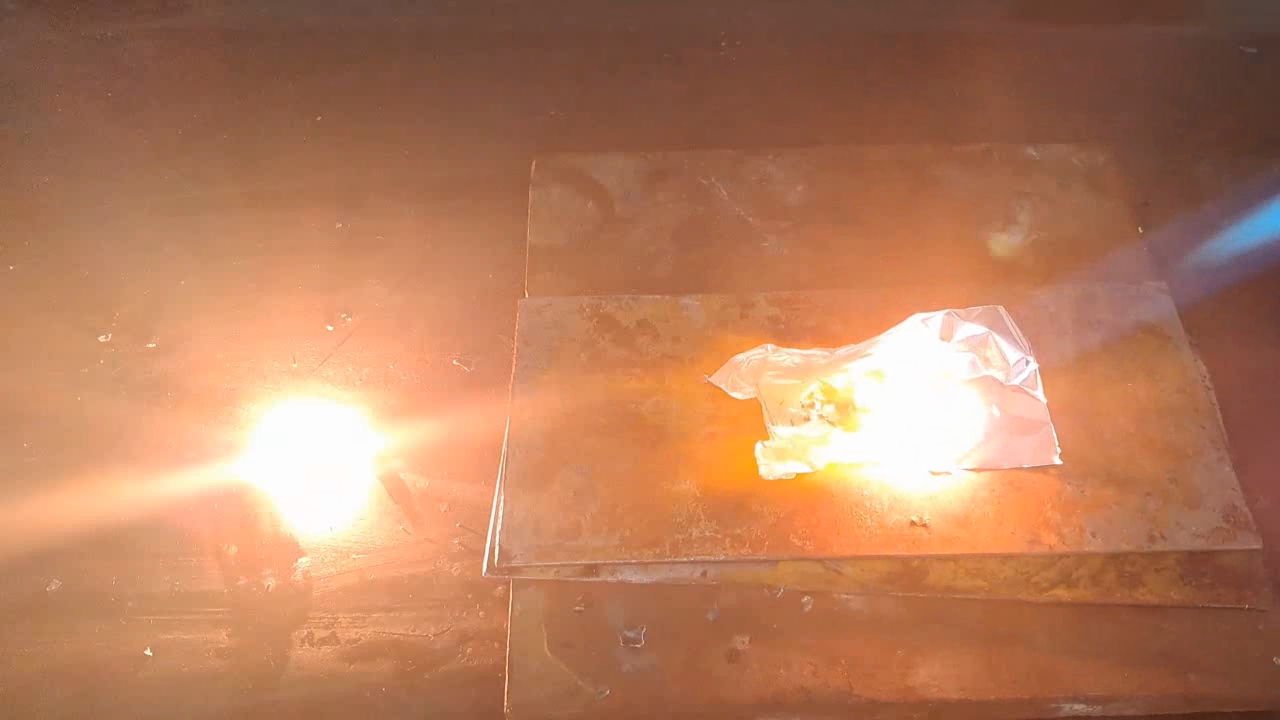
|

|

|
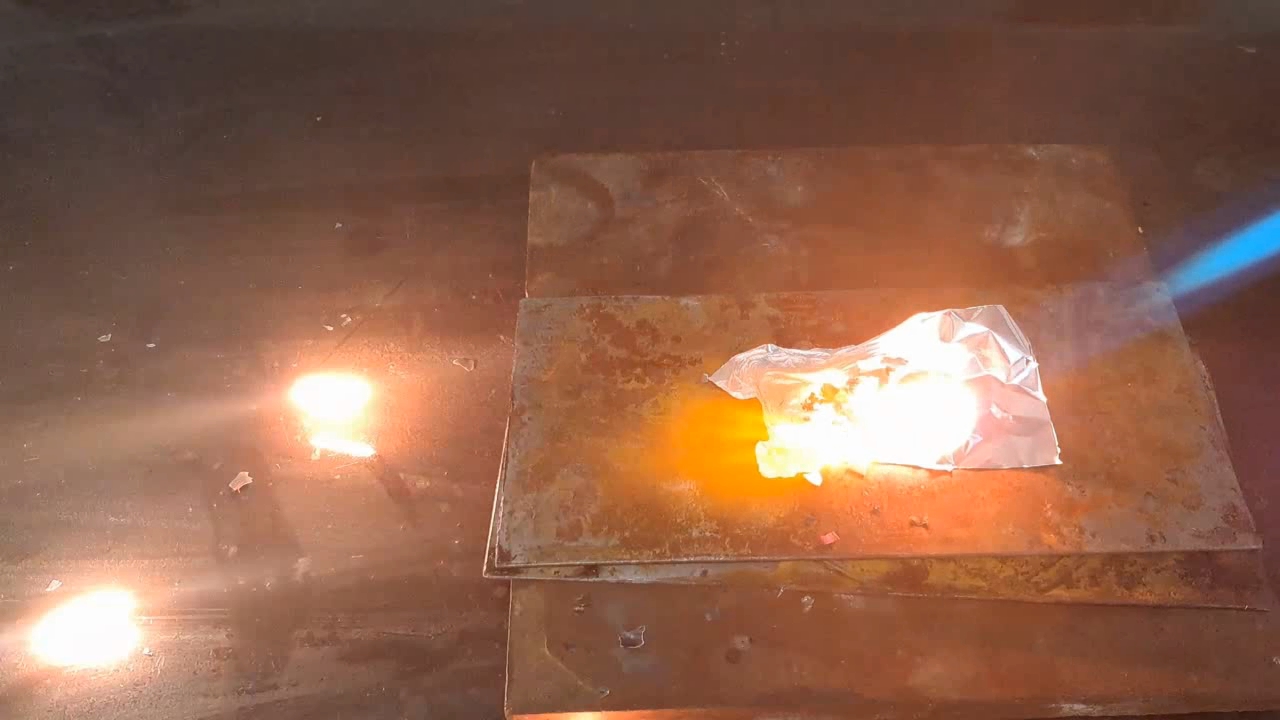
|
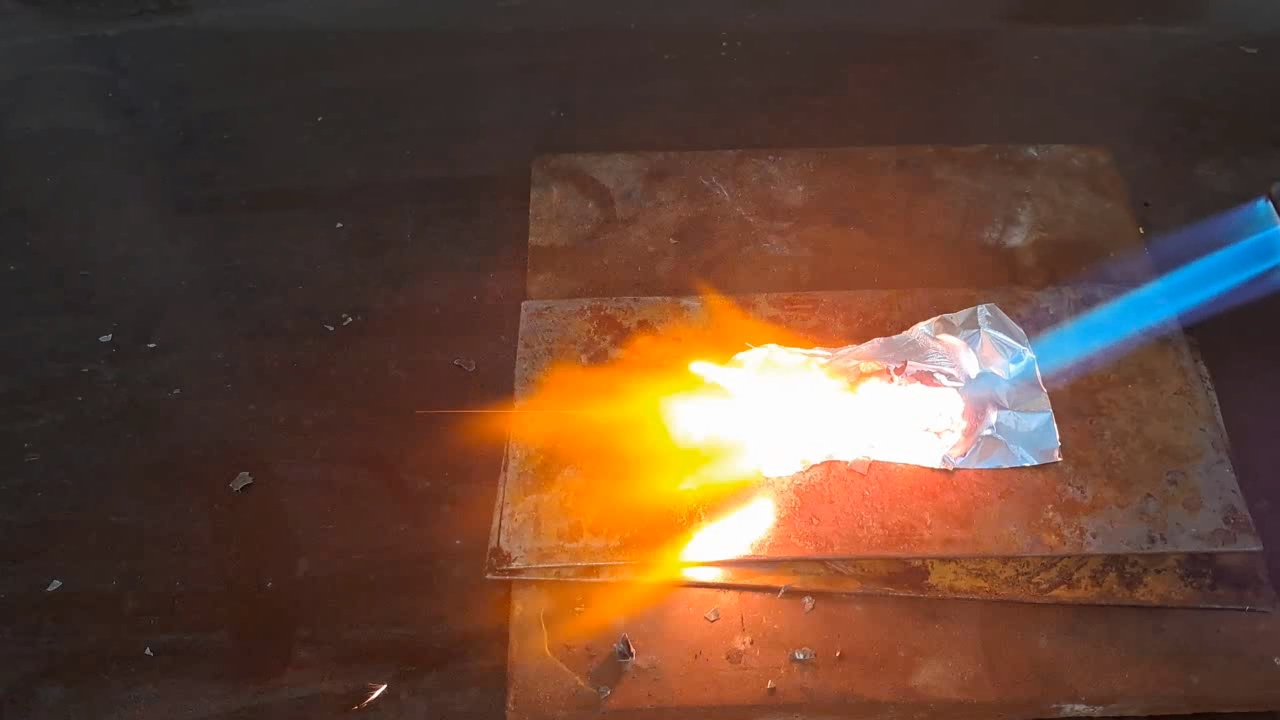
|
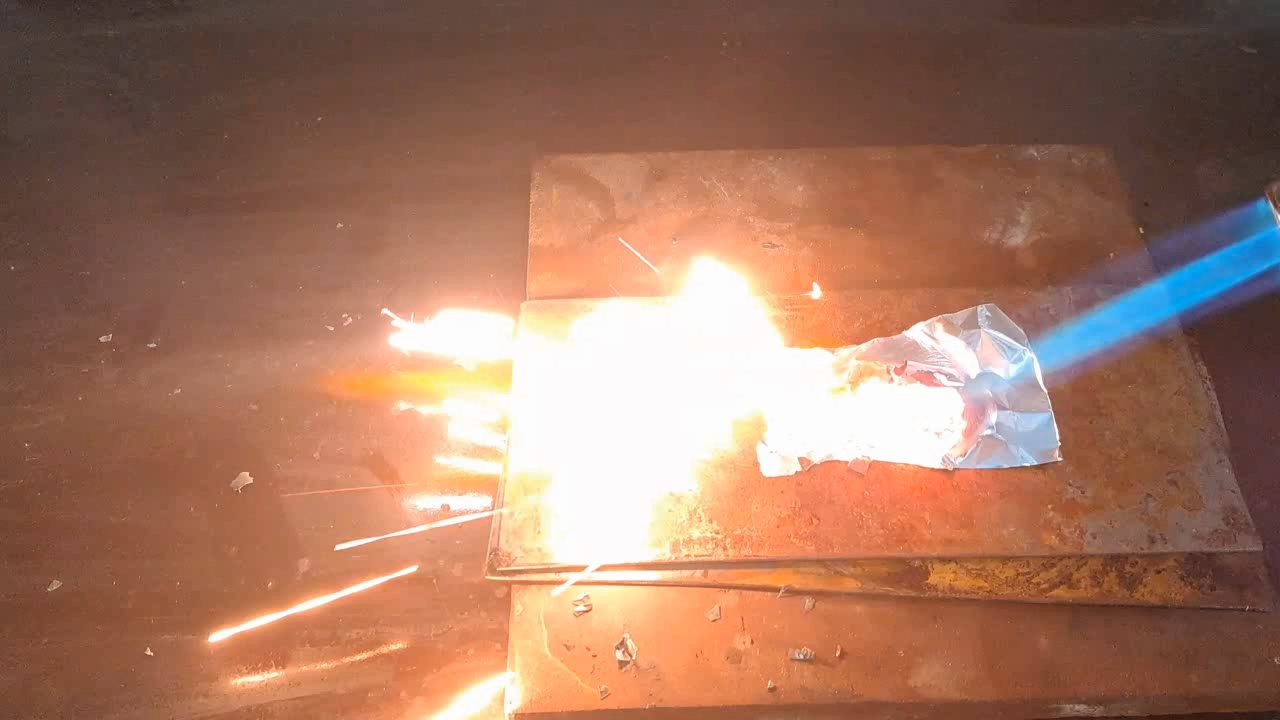
|
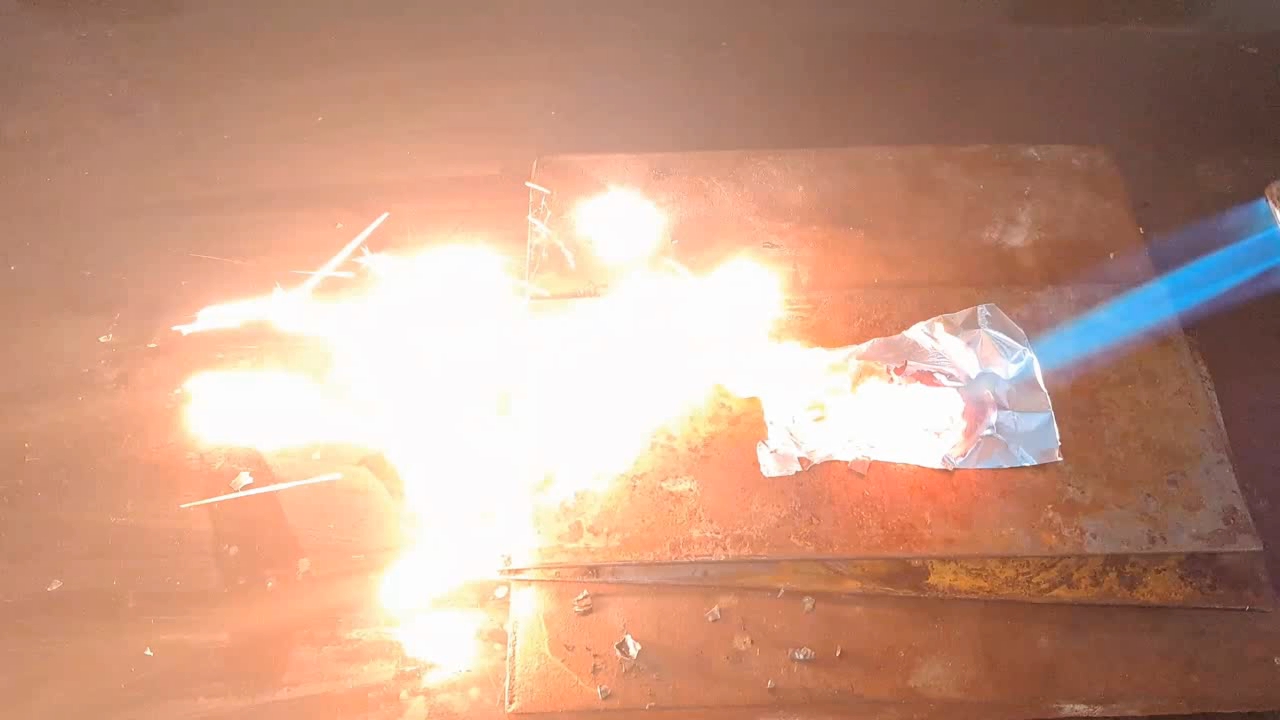
|
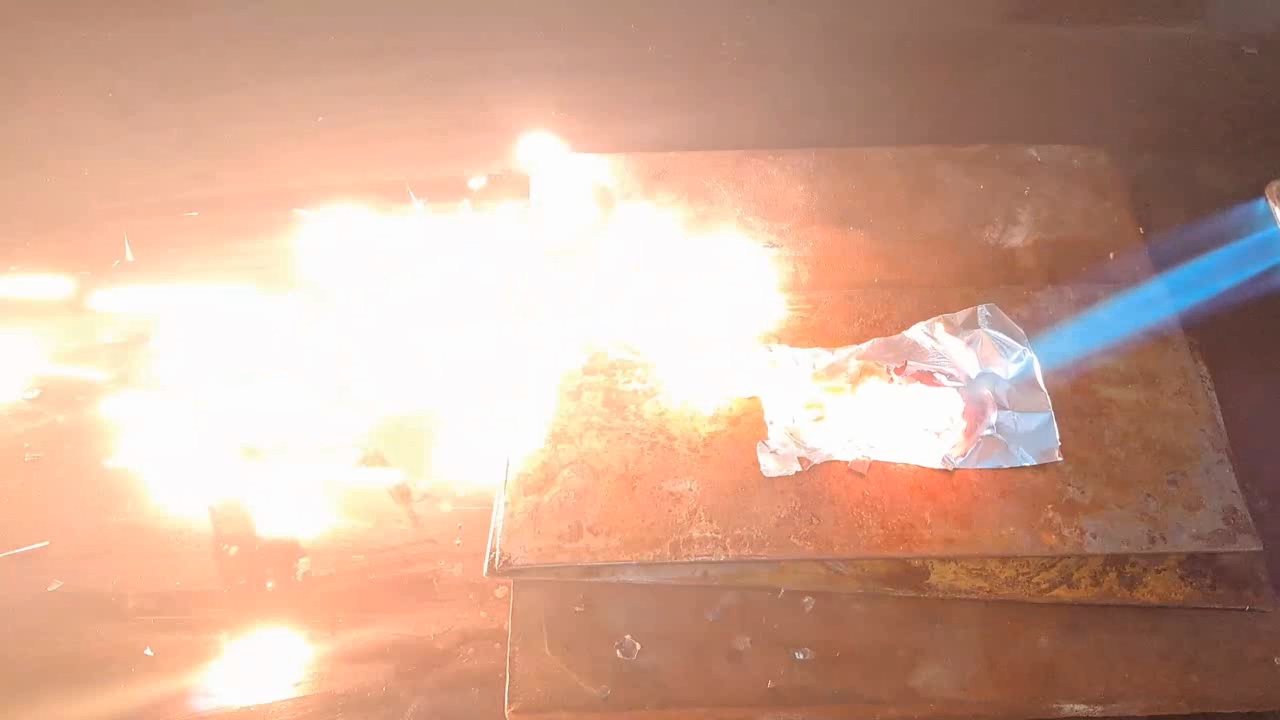
|
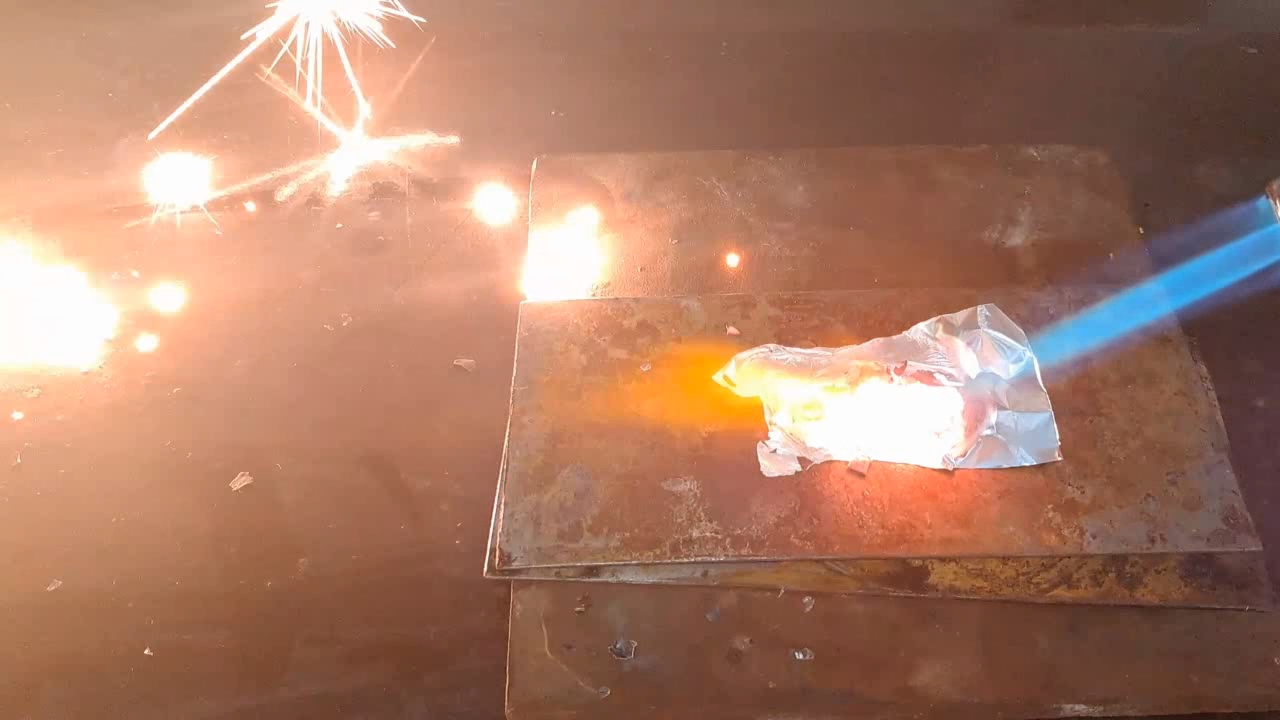
|
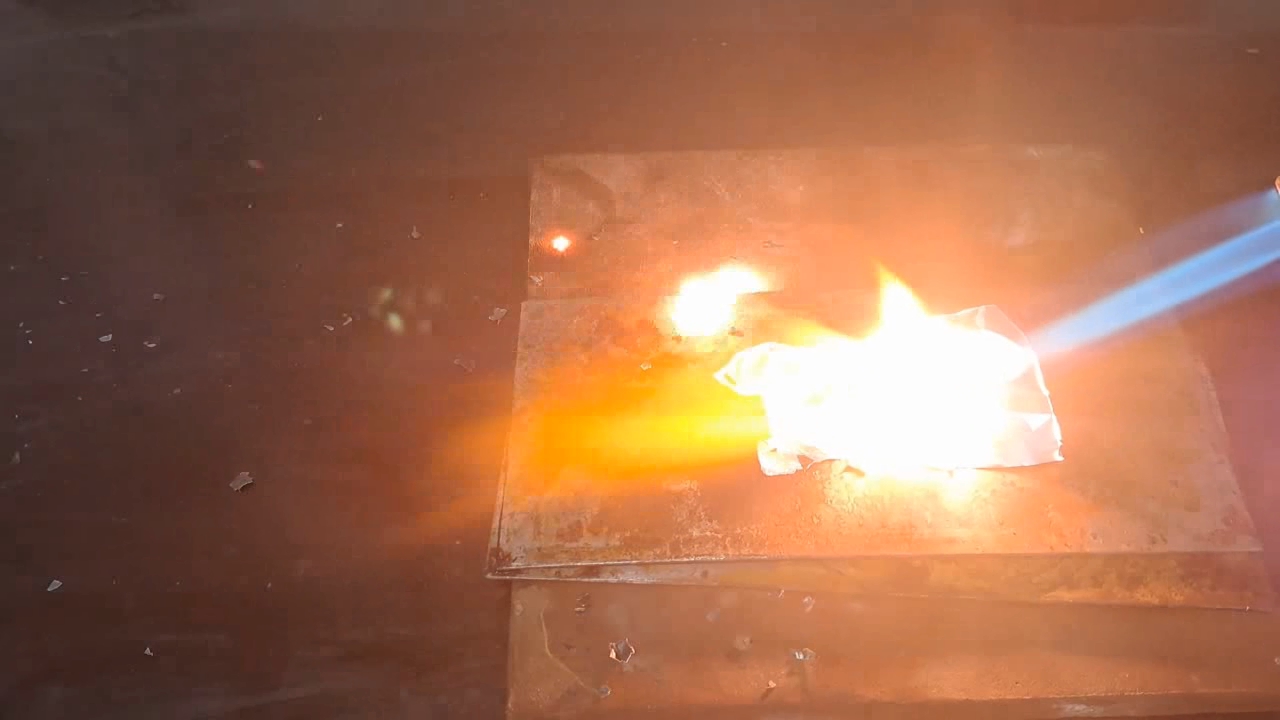
|
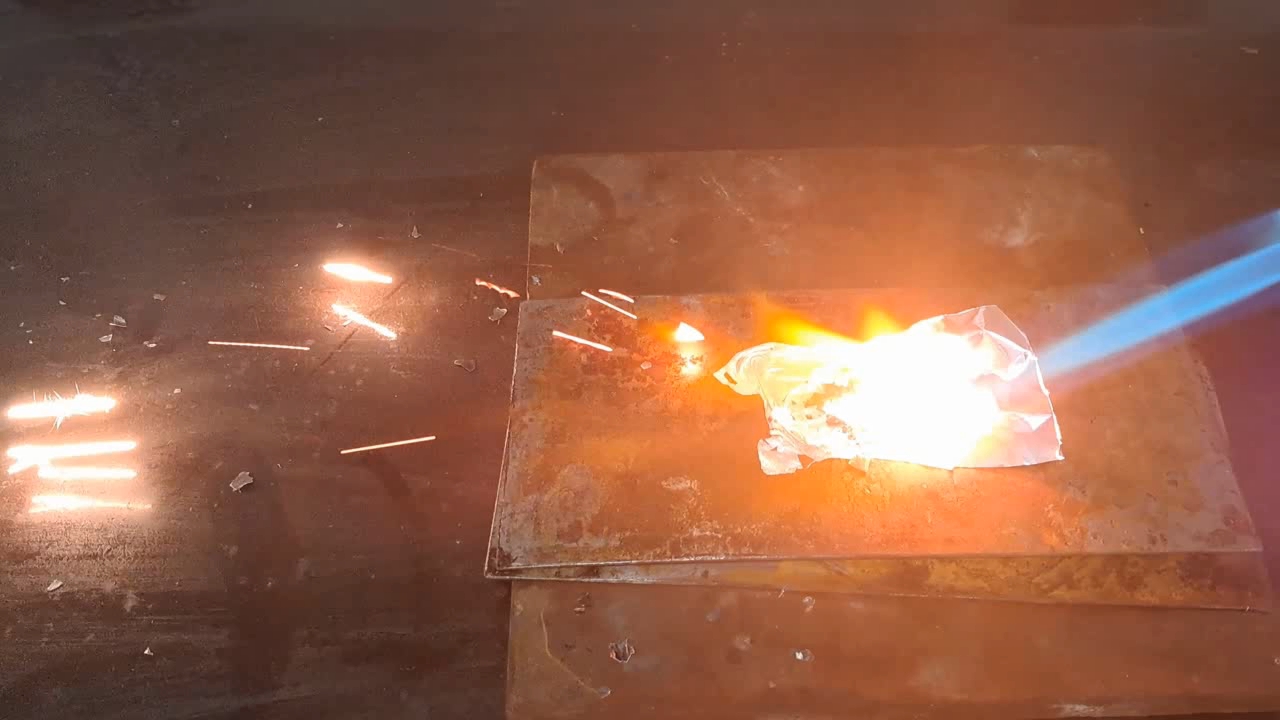
|

|
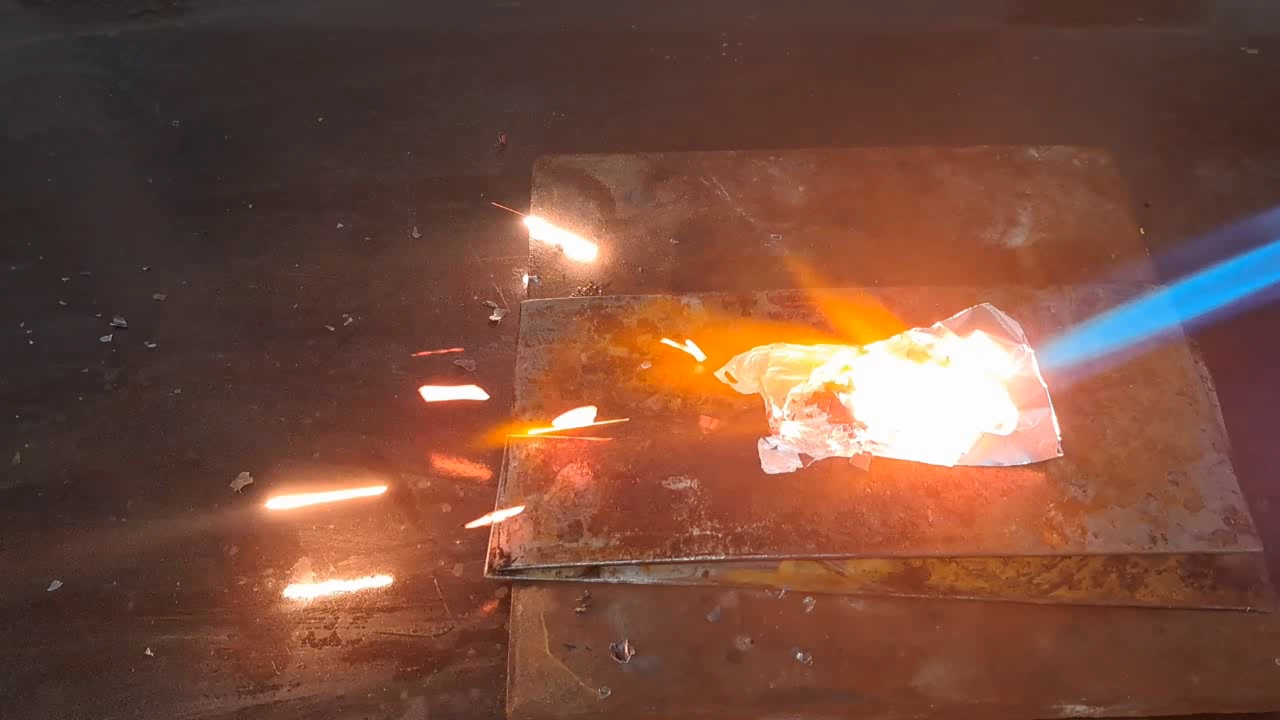
|

|
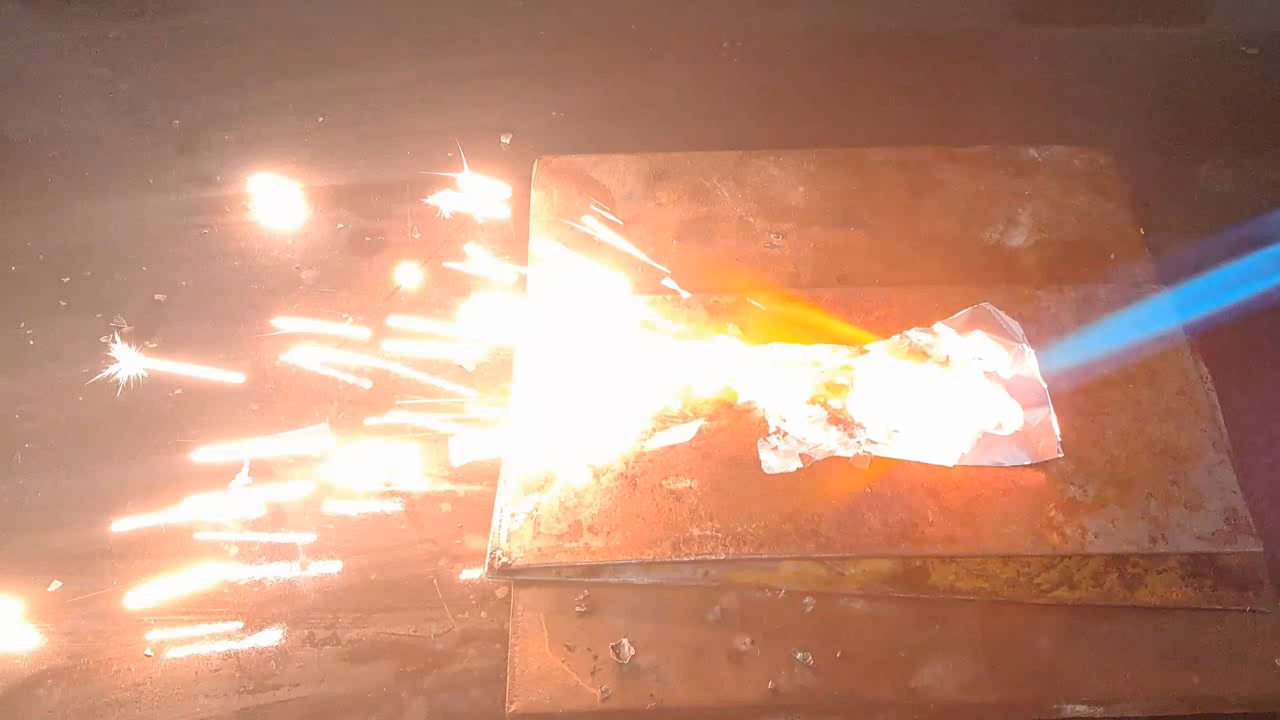
|
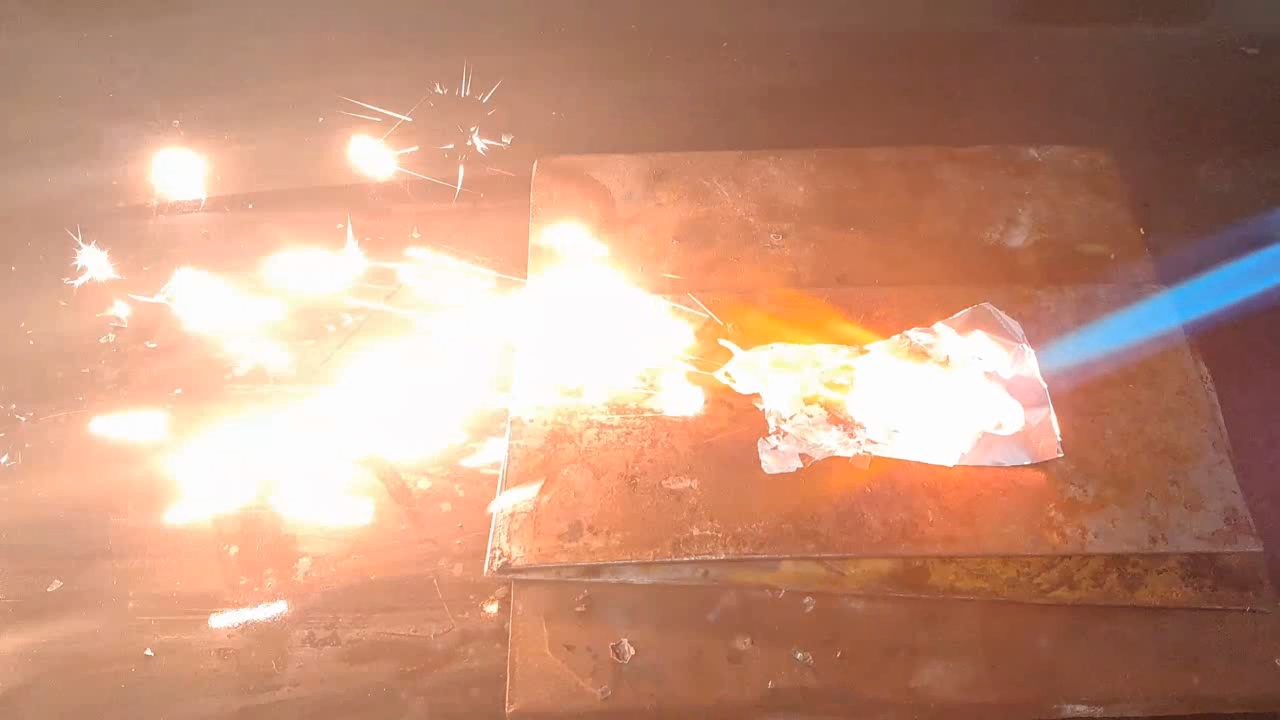
|
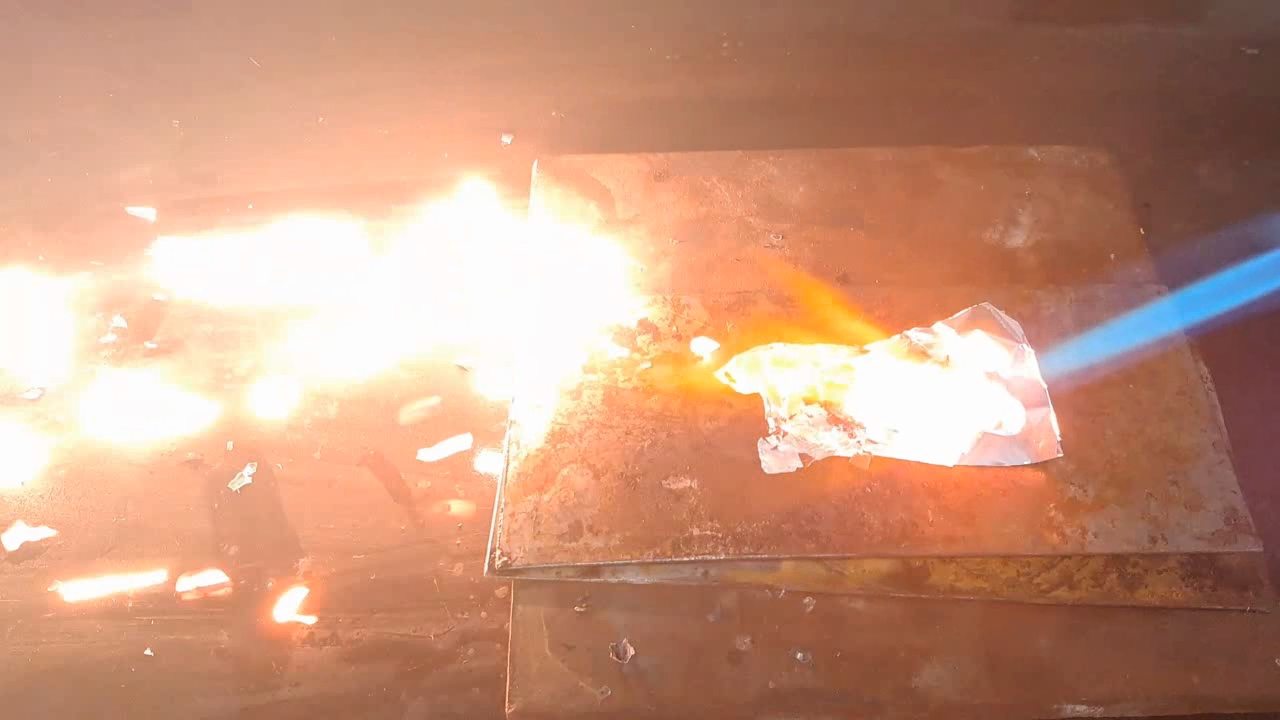
|
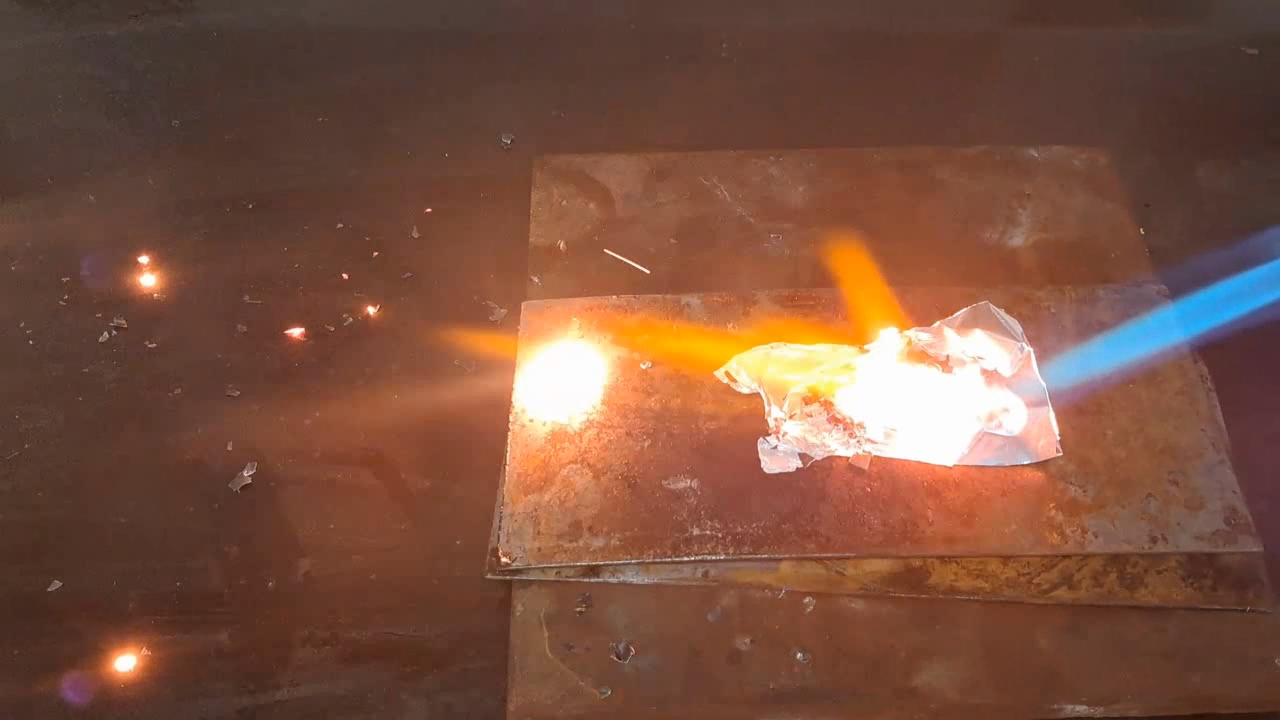
|
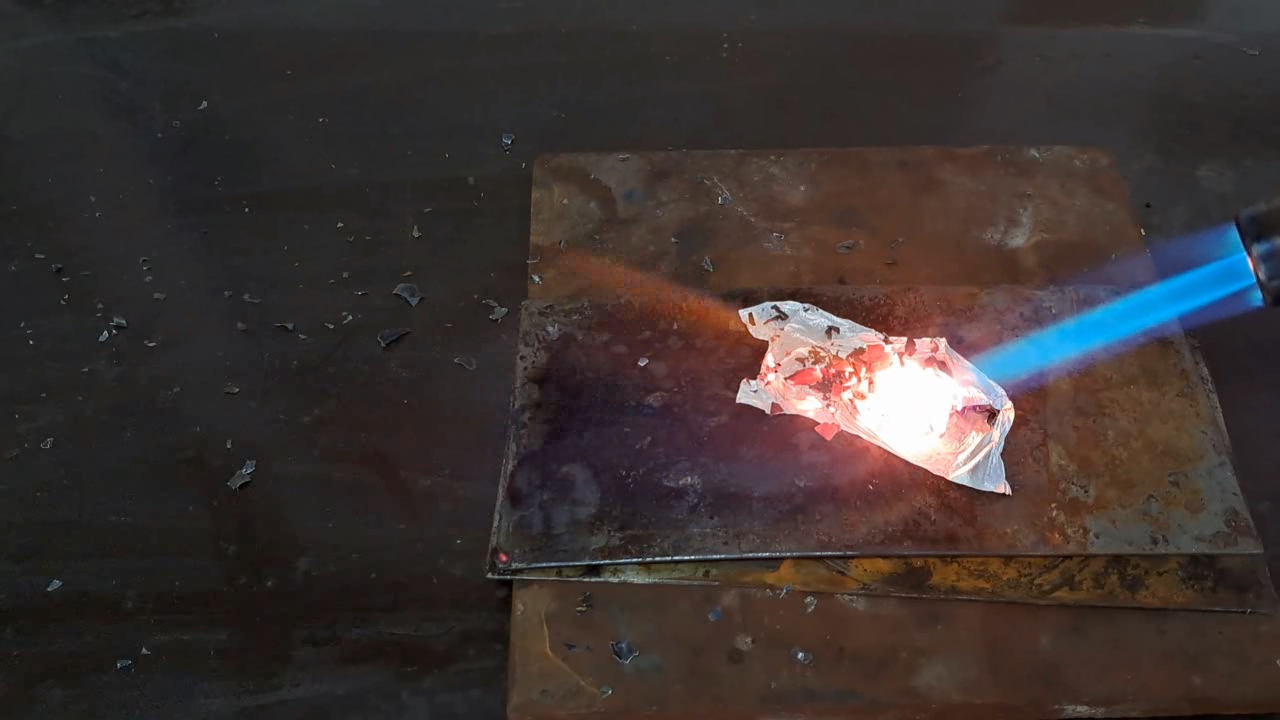
|
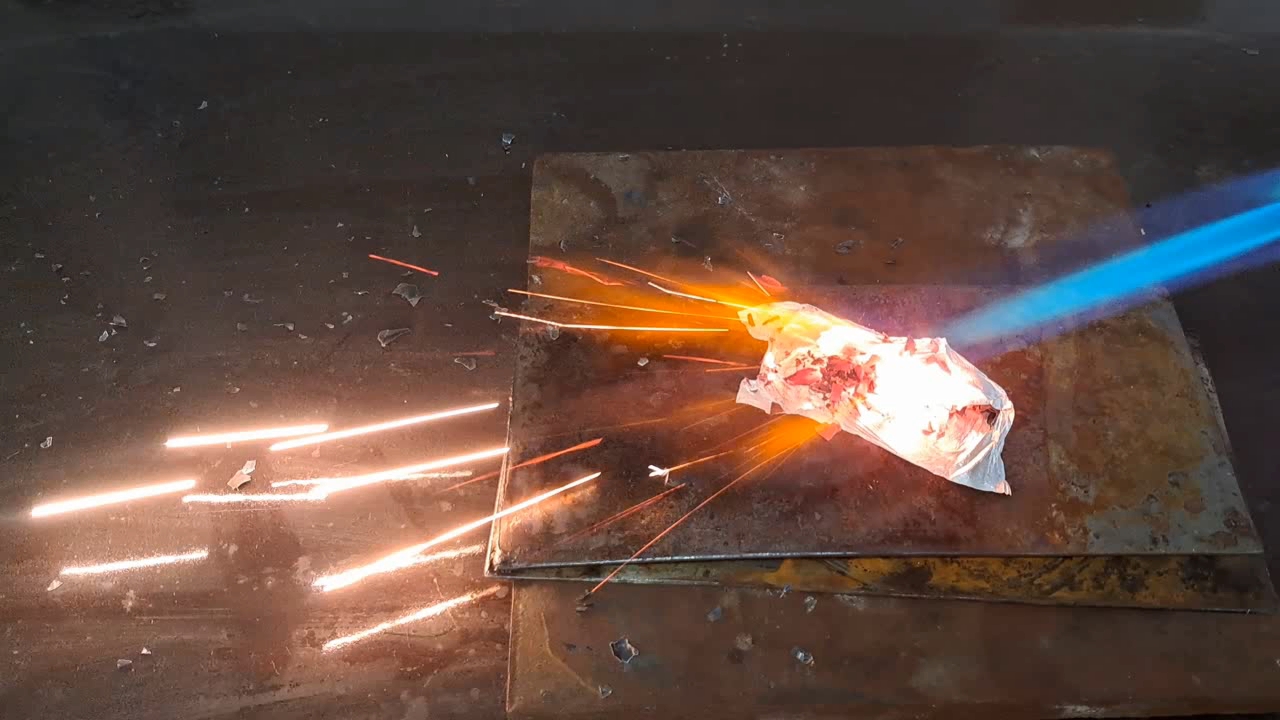
|
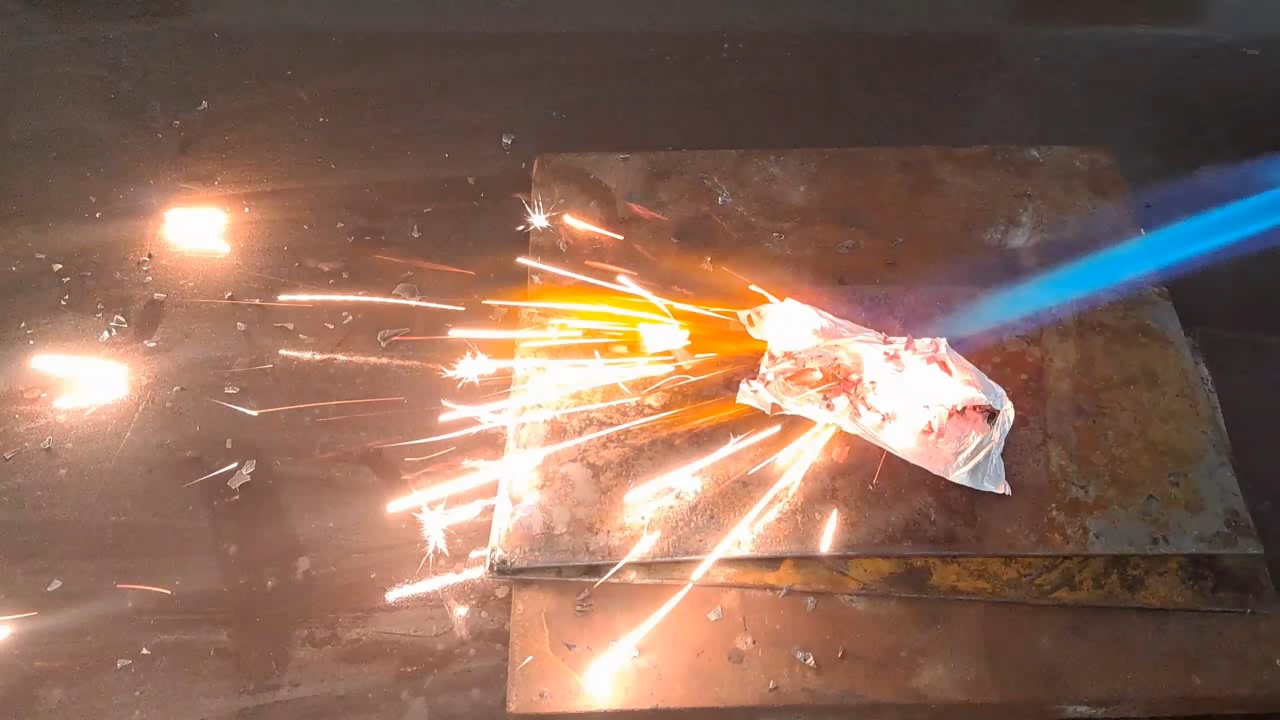
|
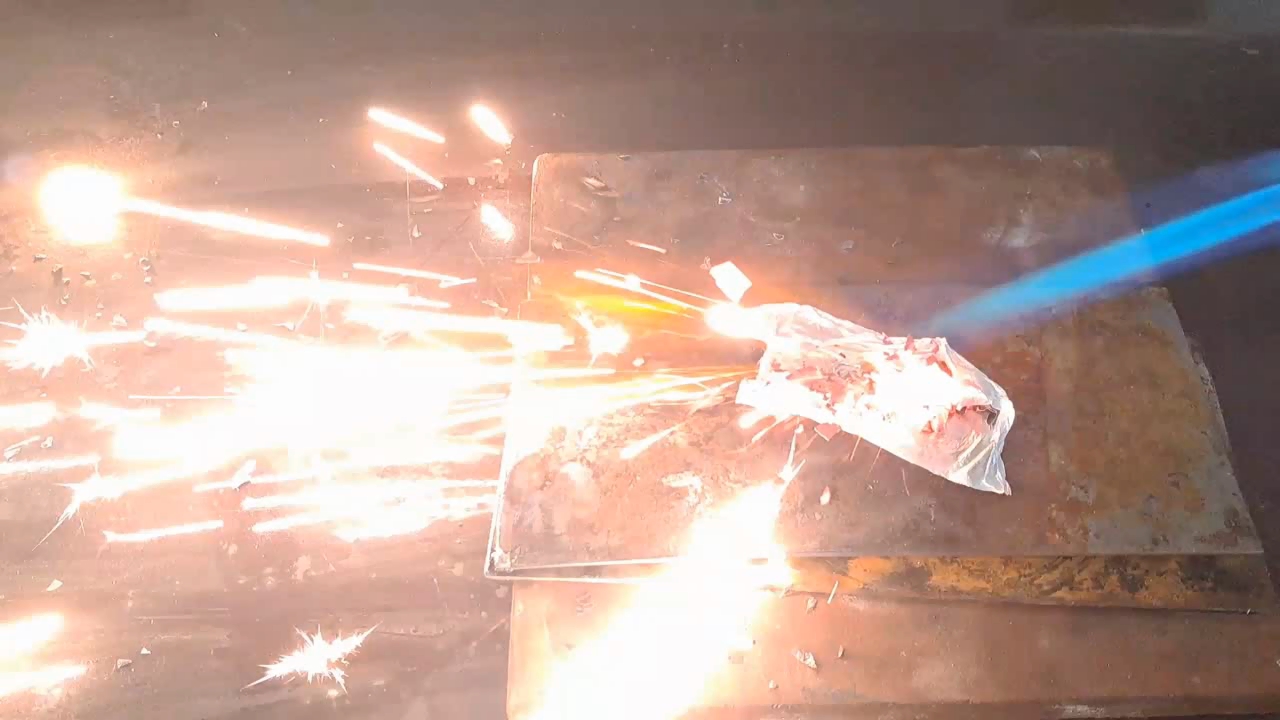
|
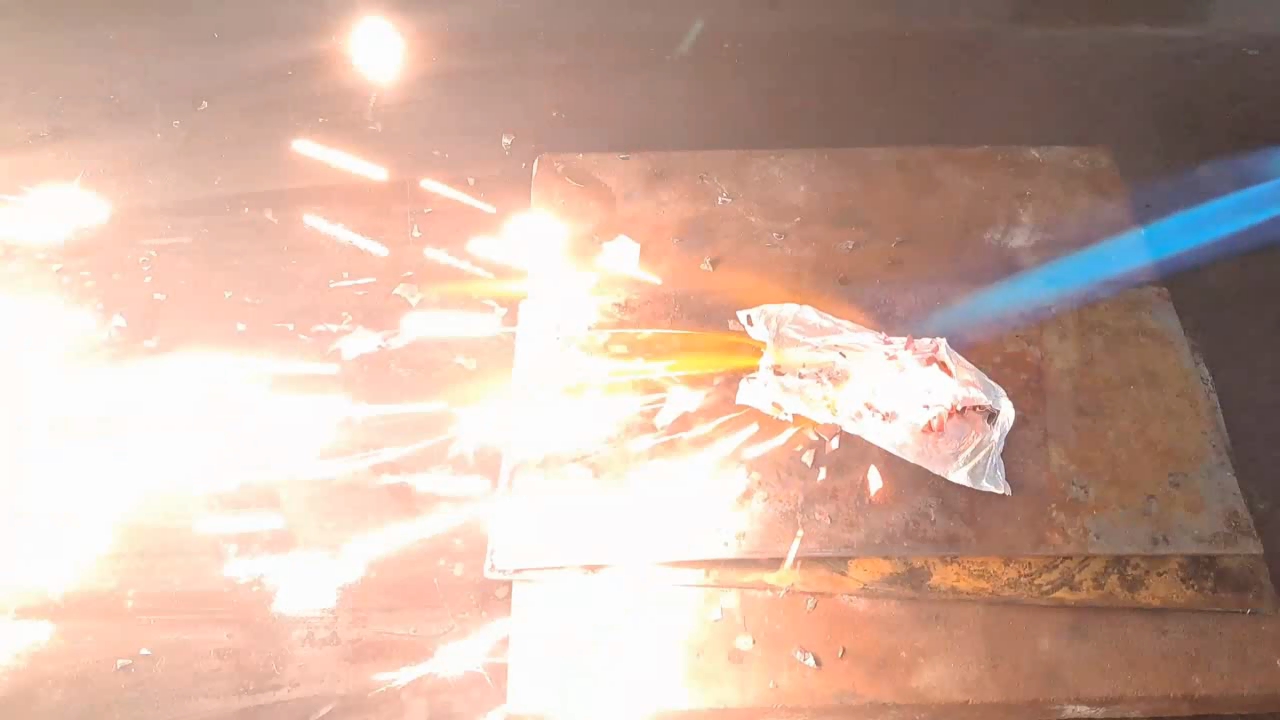
|
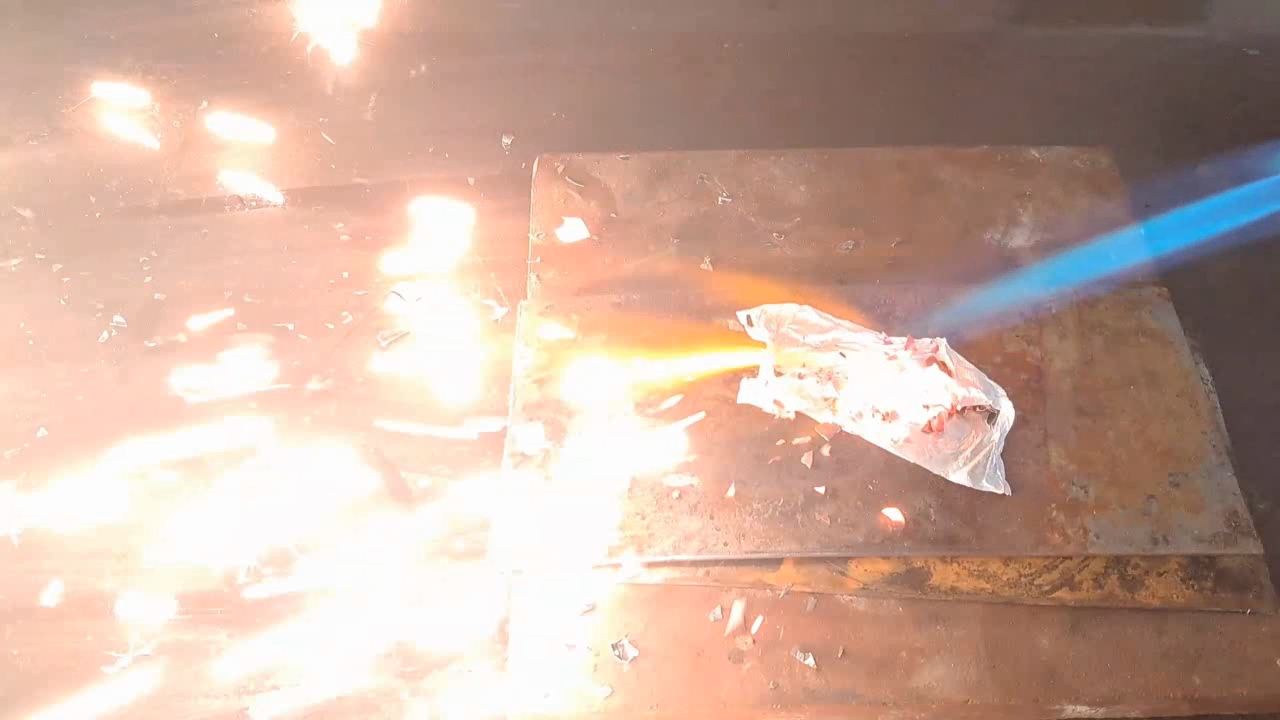
|
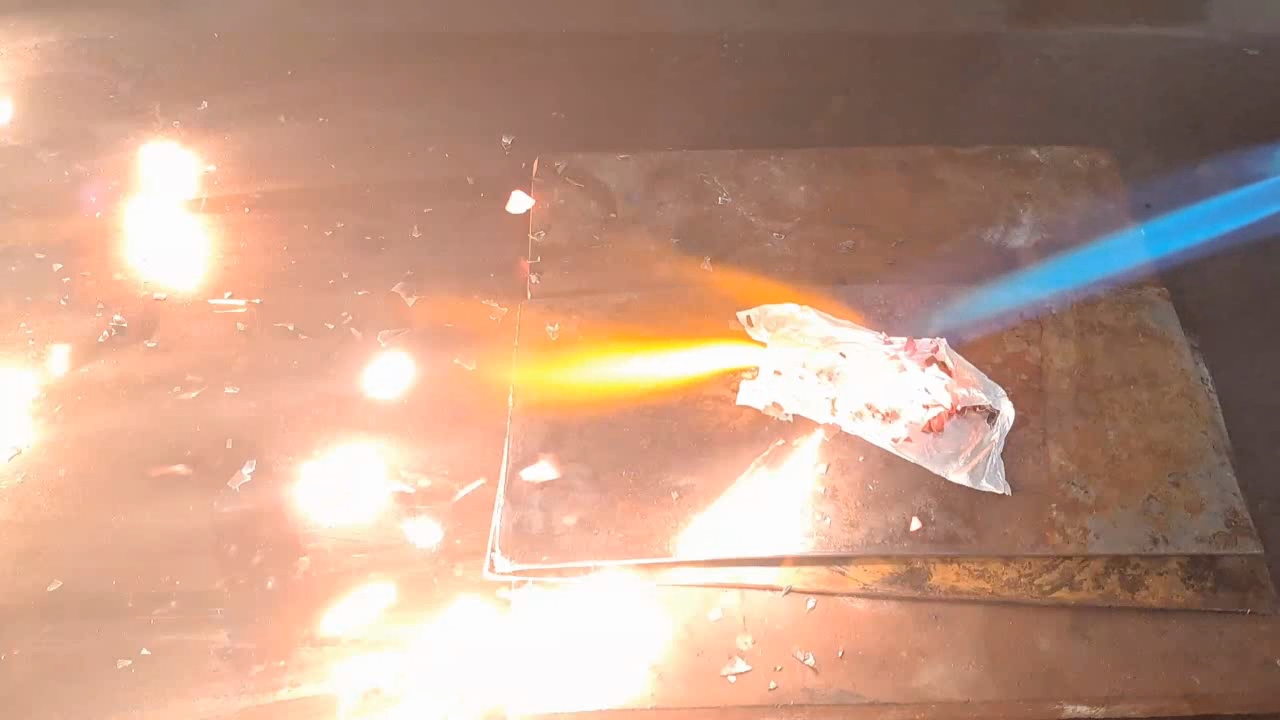
|
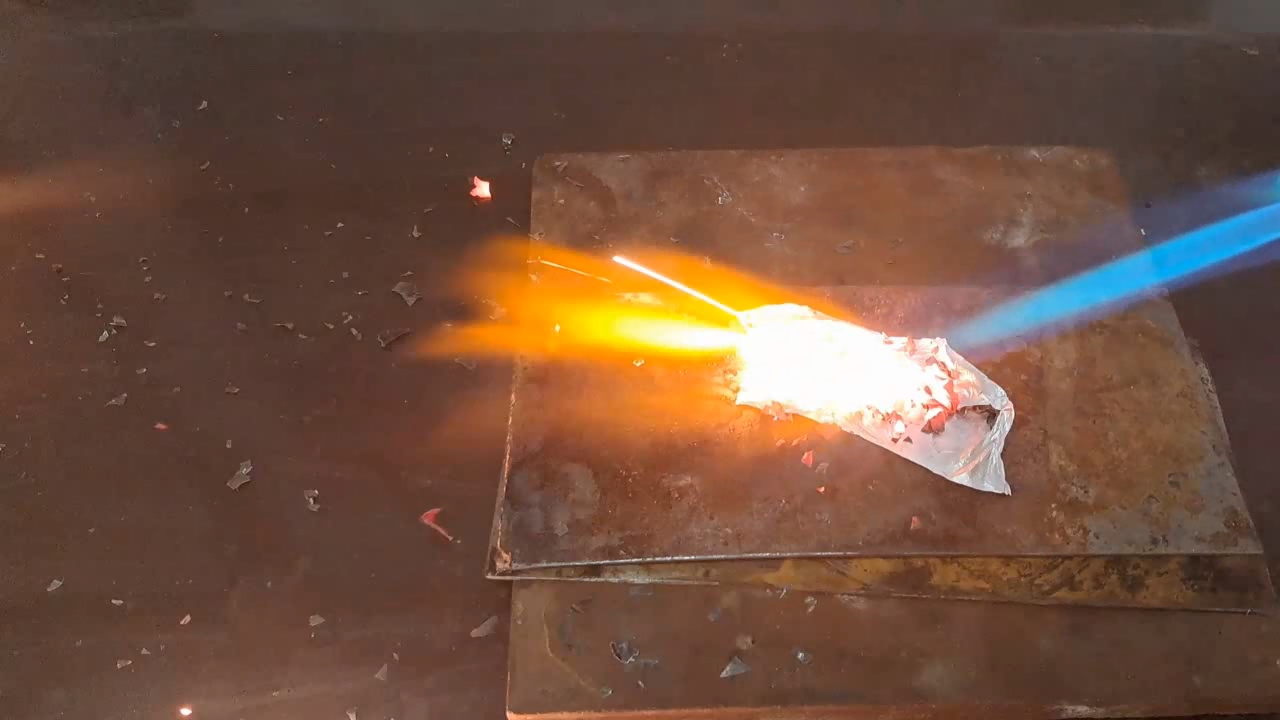
|
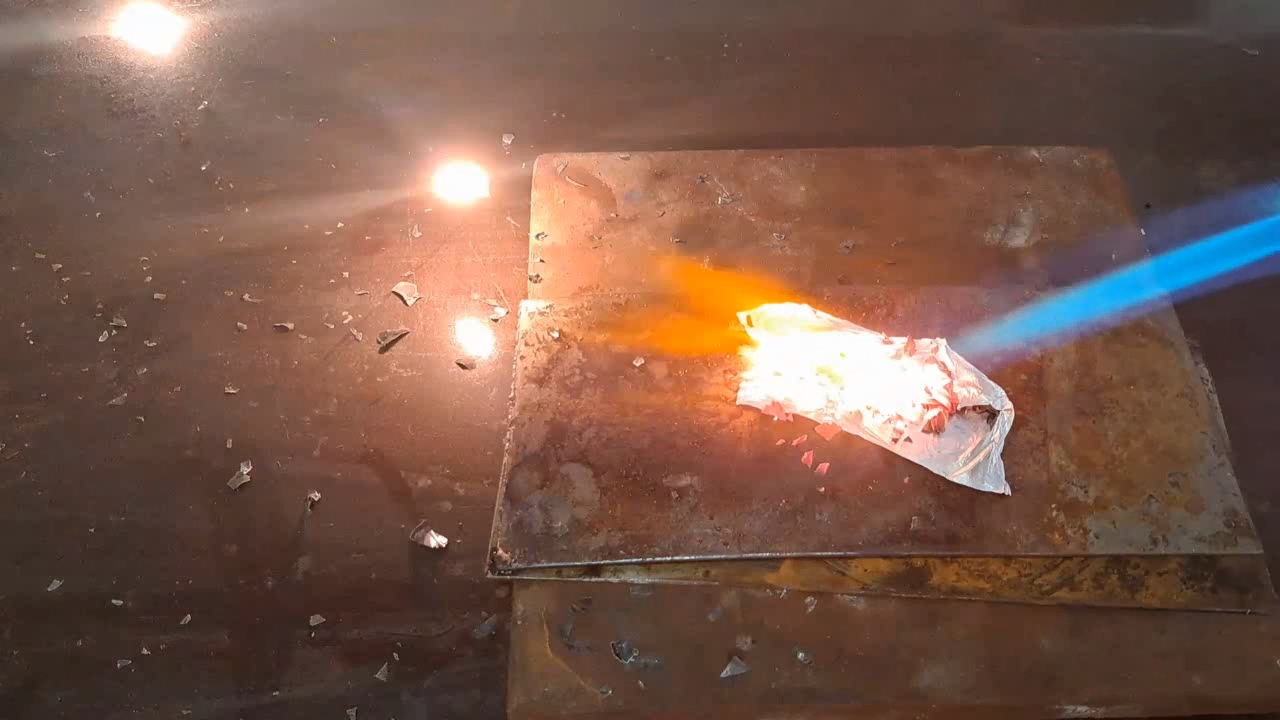
|

|
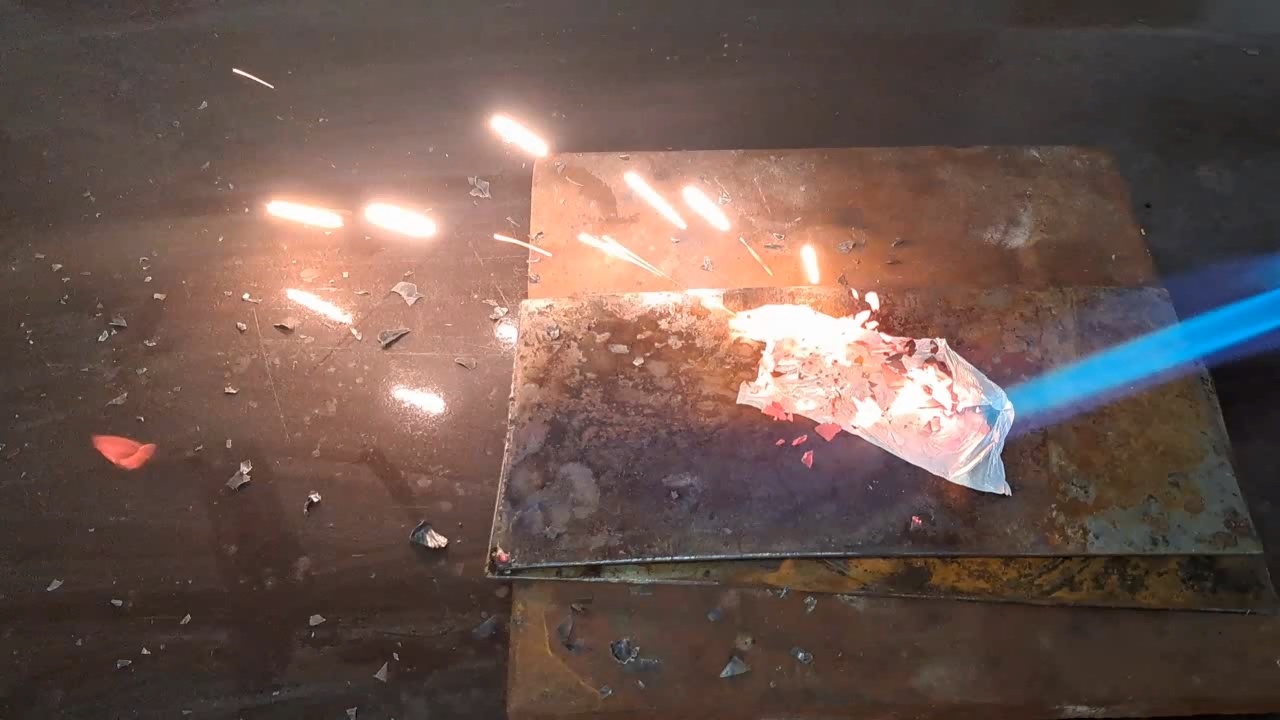
|
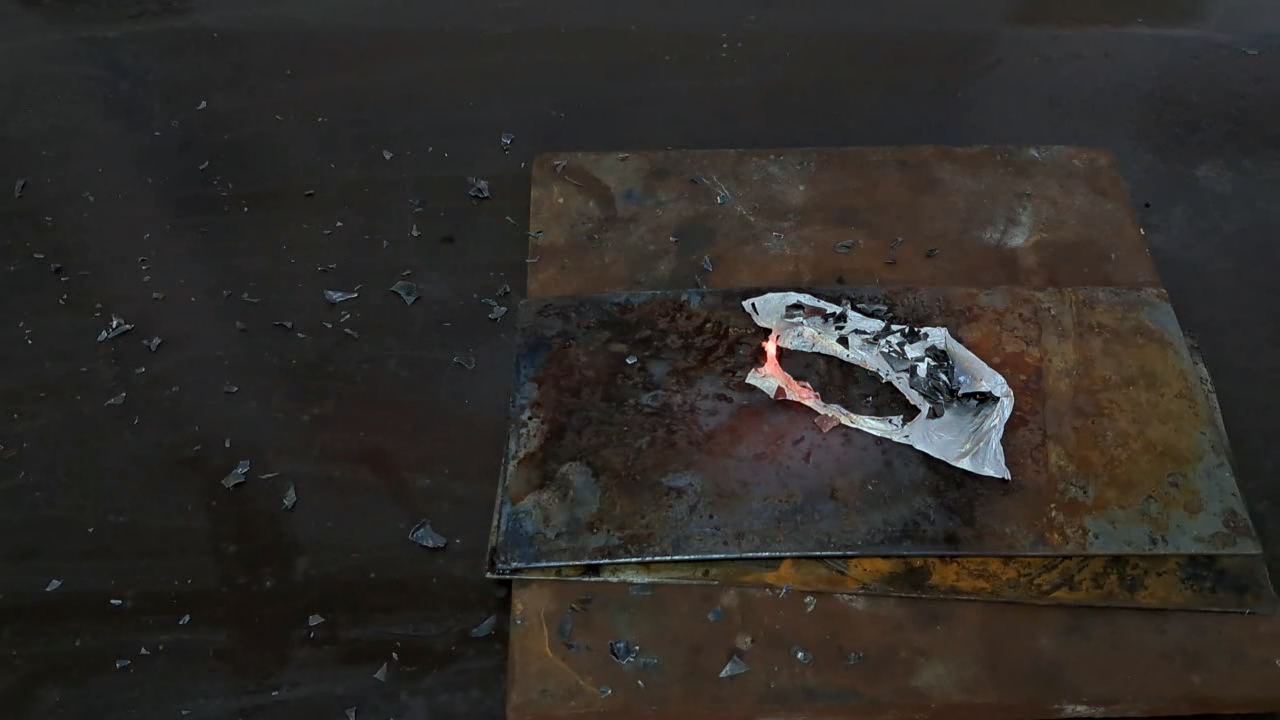
|
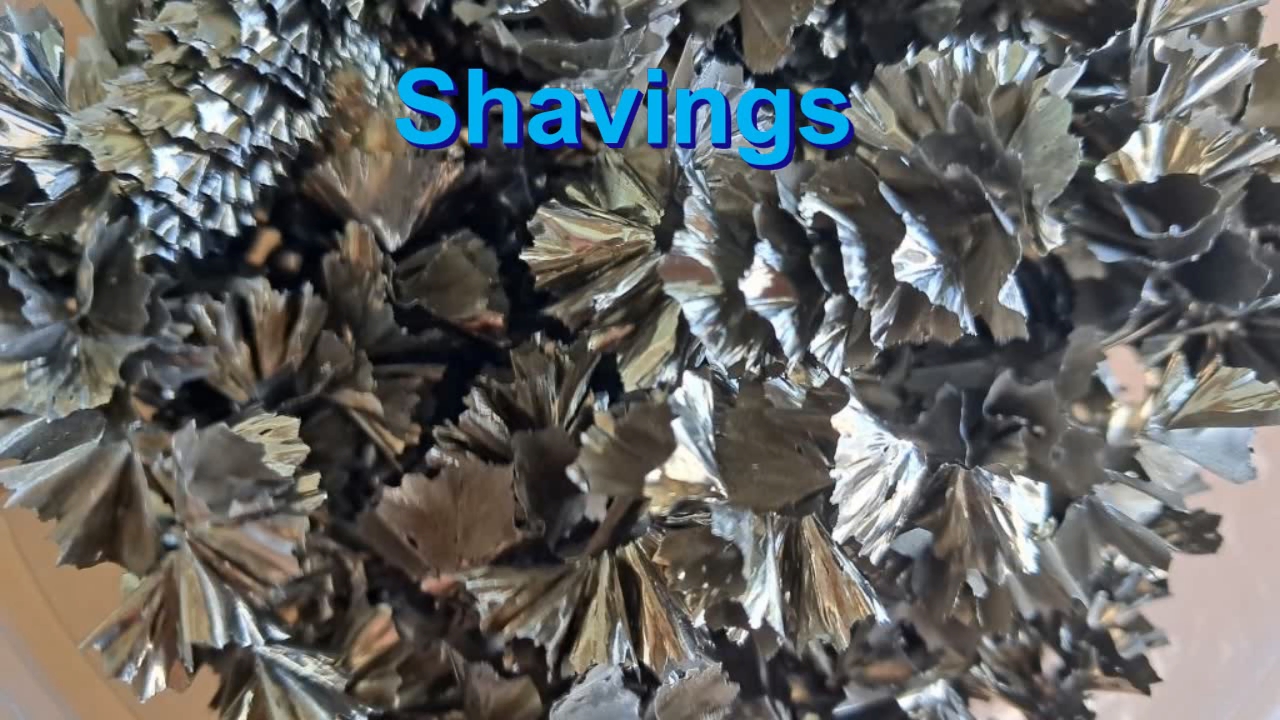
|
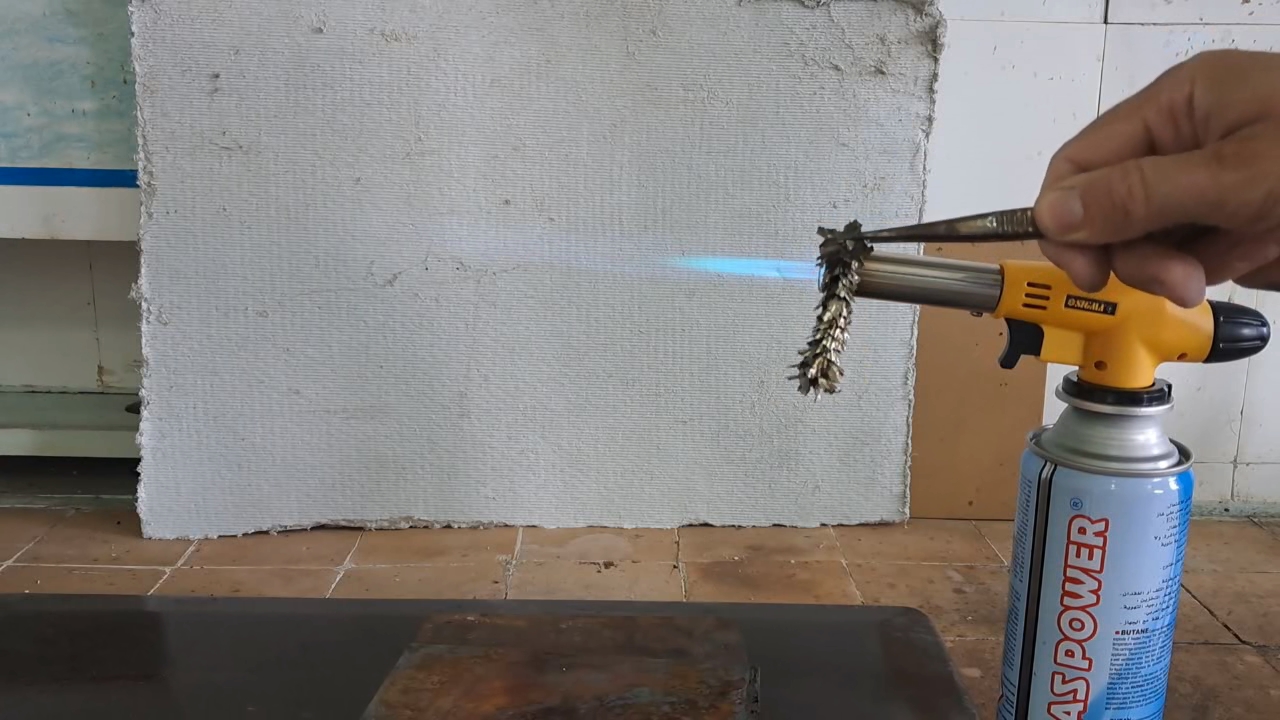
|
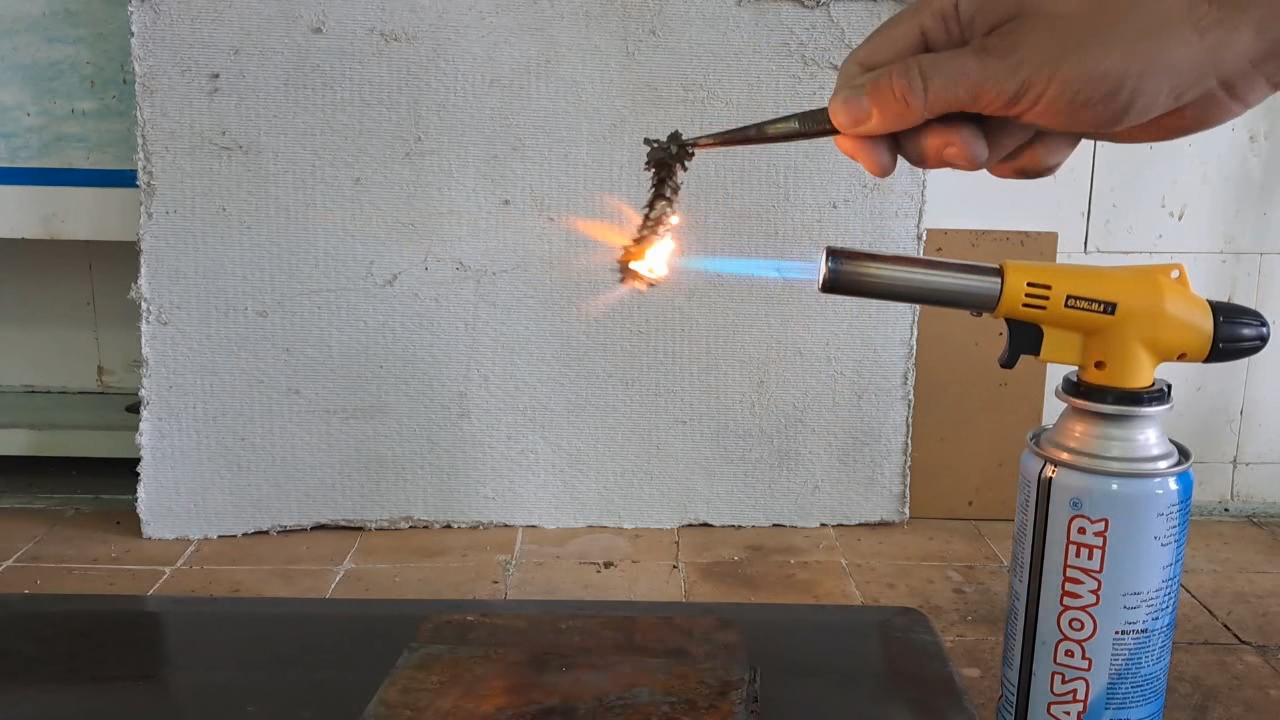
|
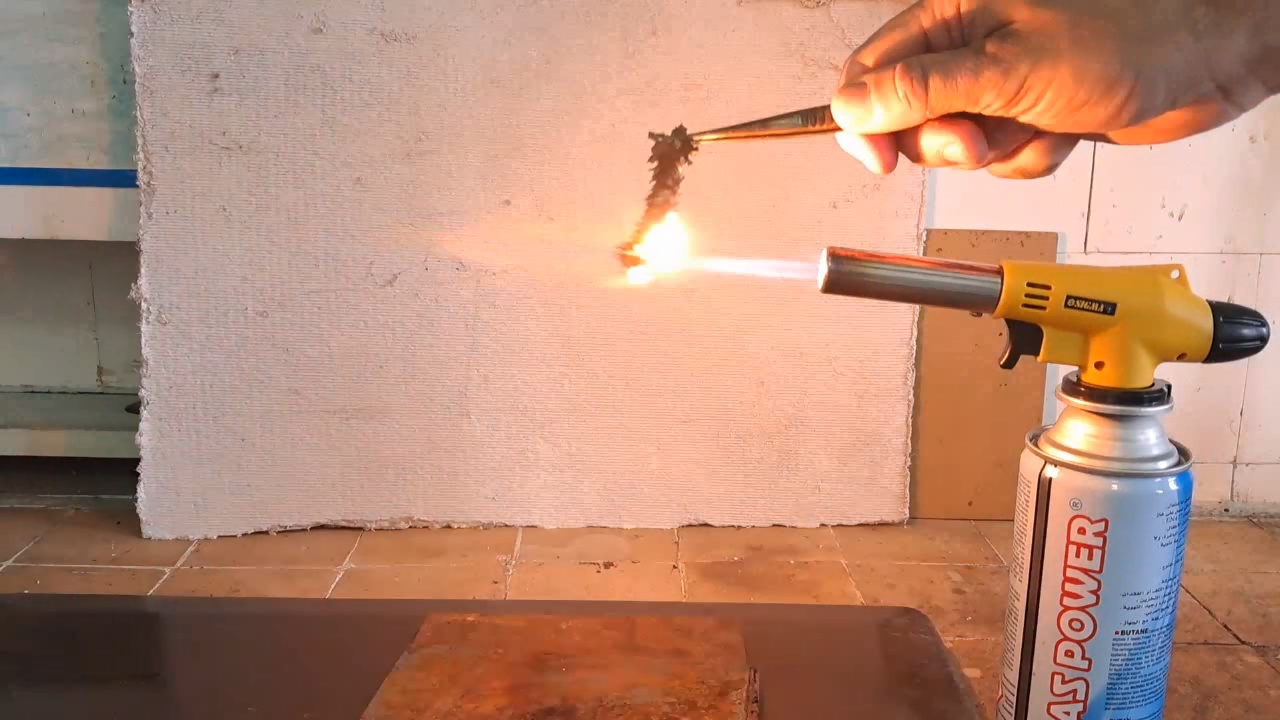
|
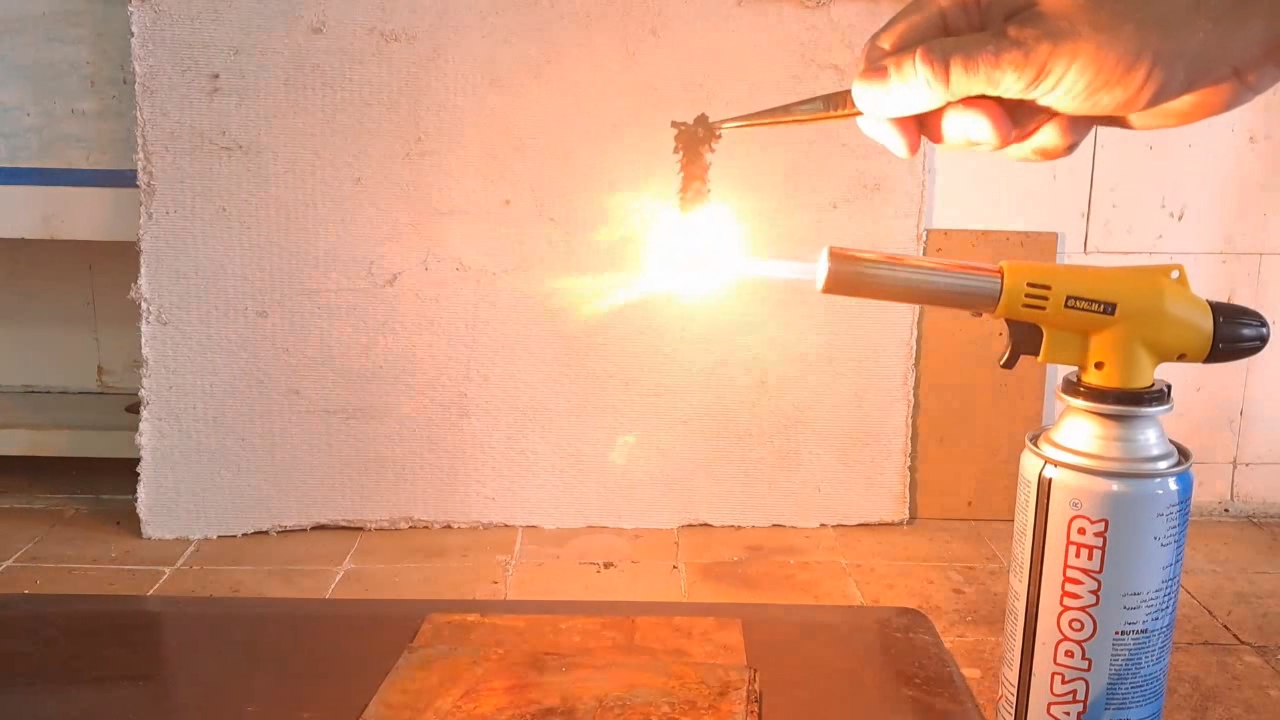
|

|
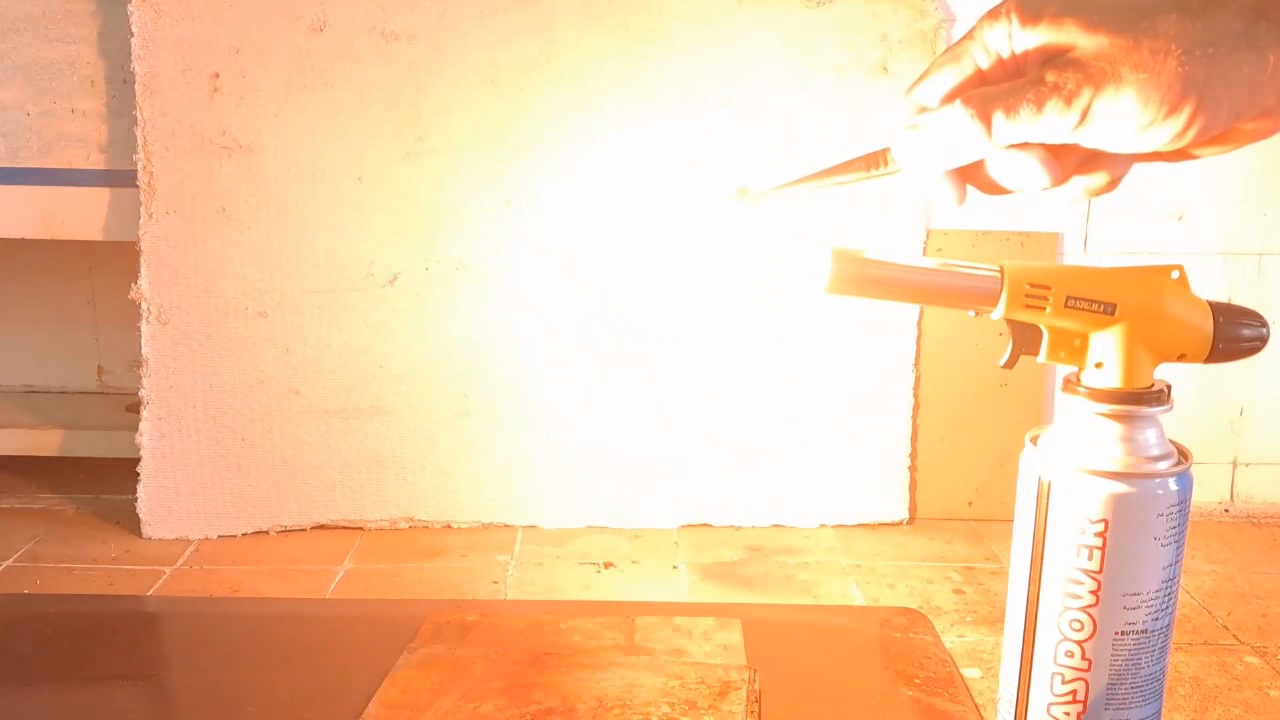
|
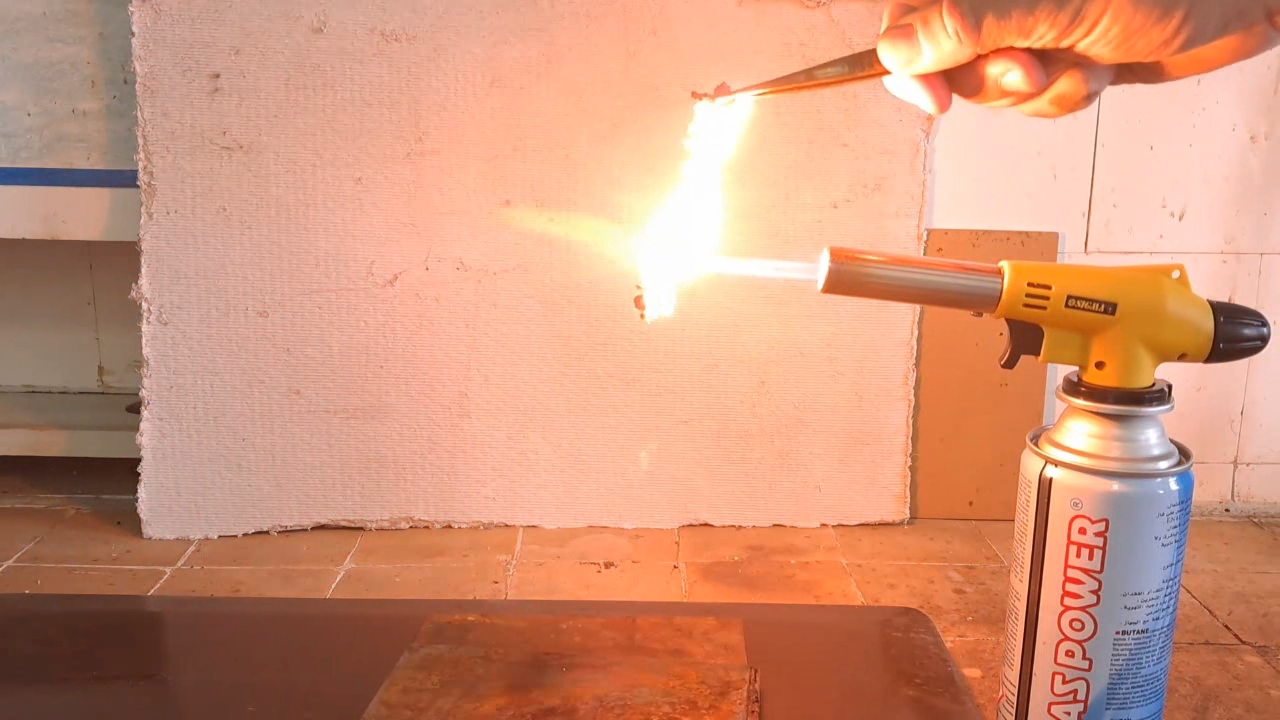
|
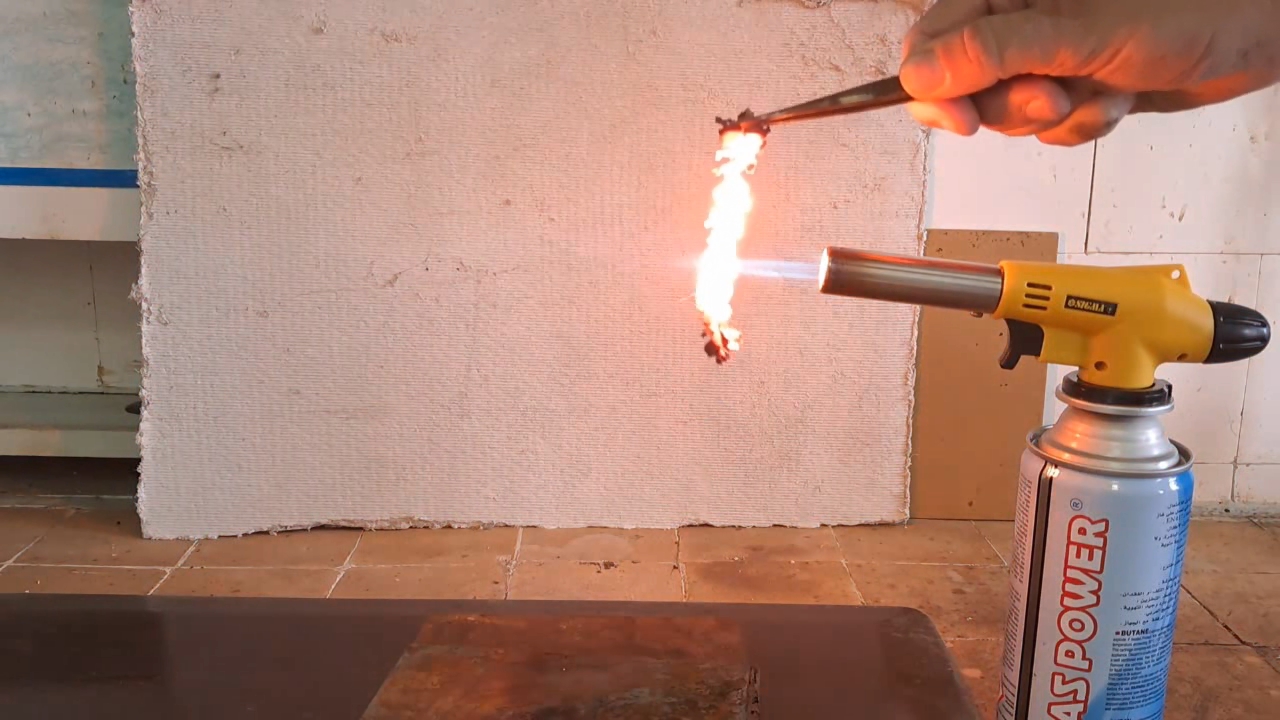
|
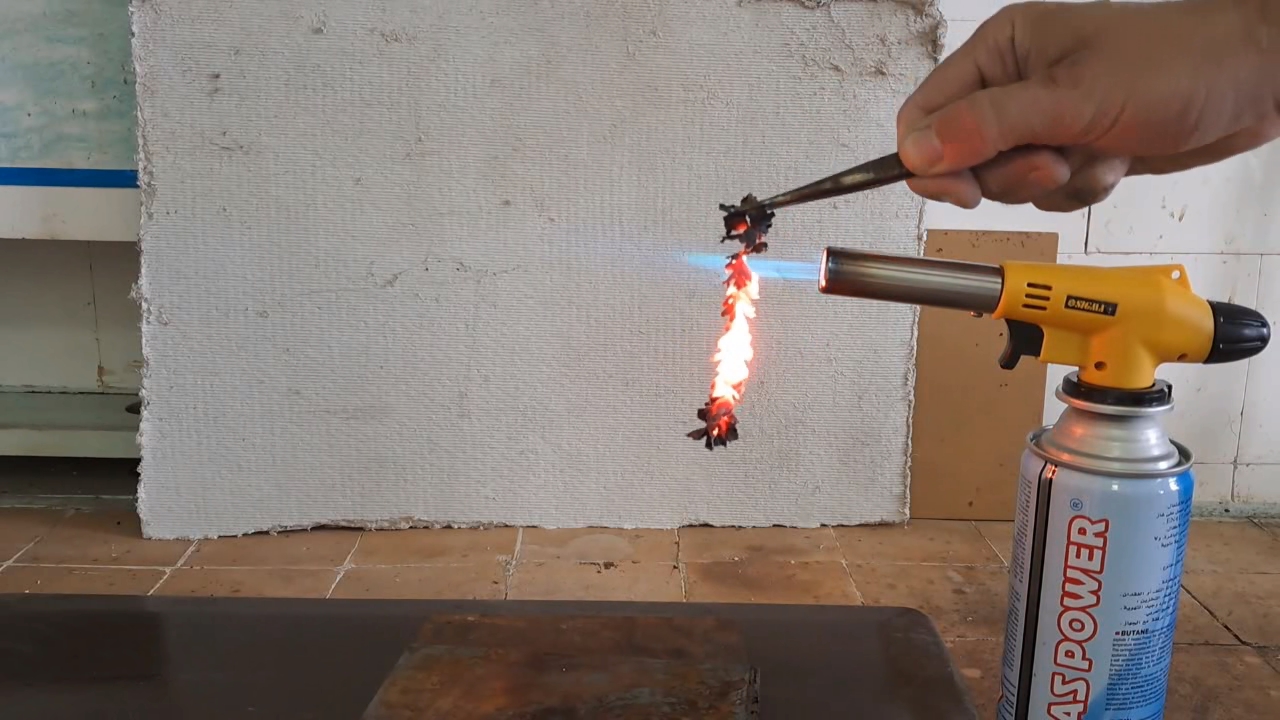
|
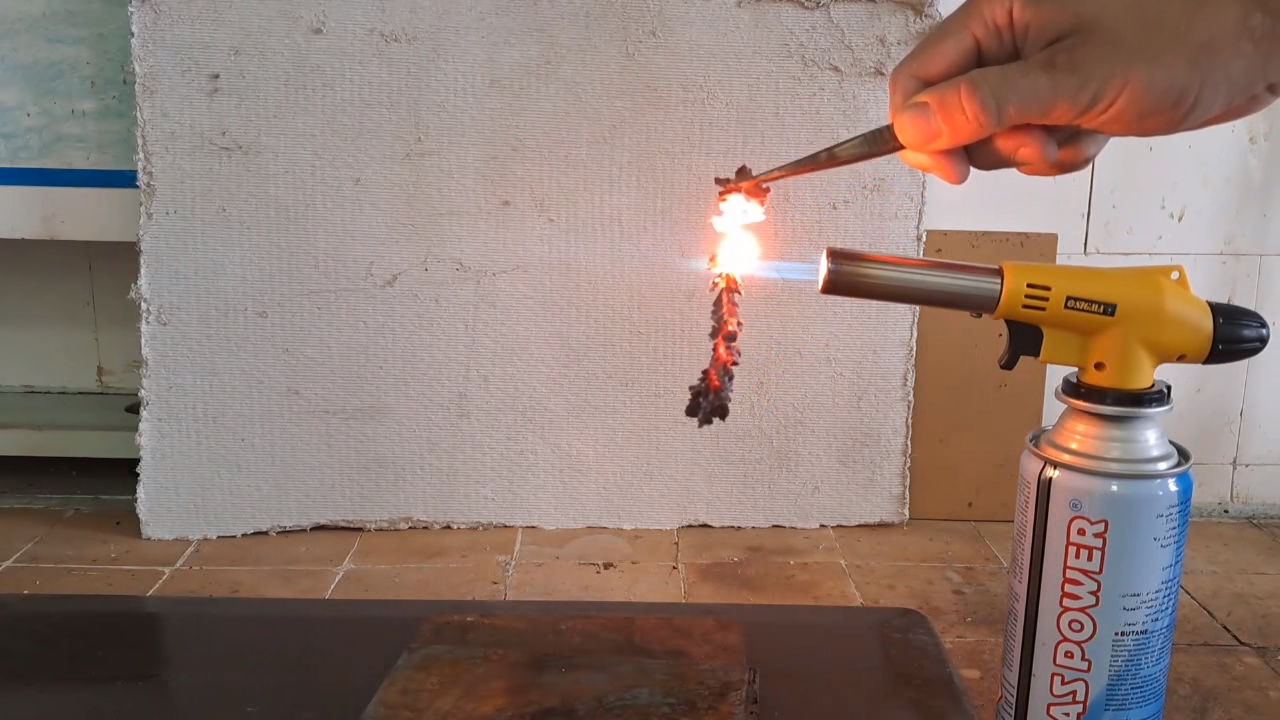
|

|
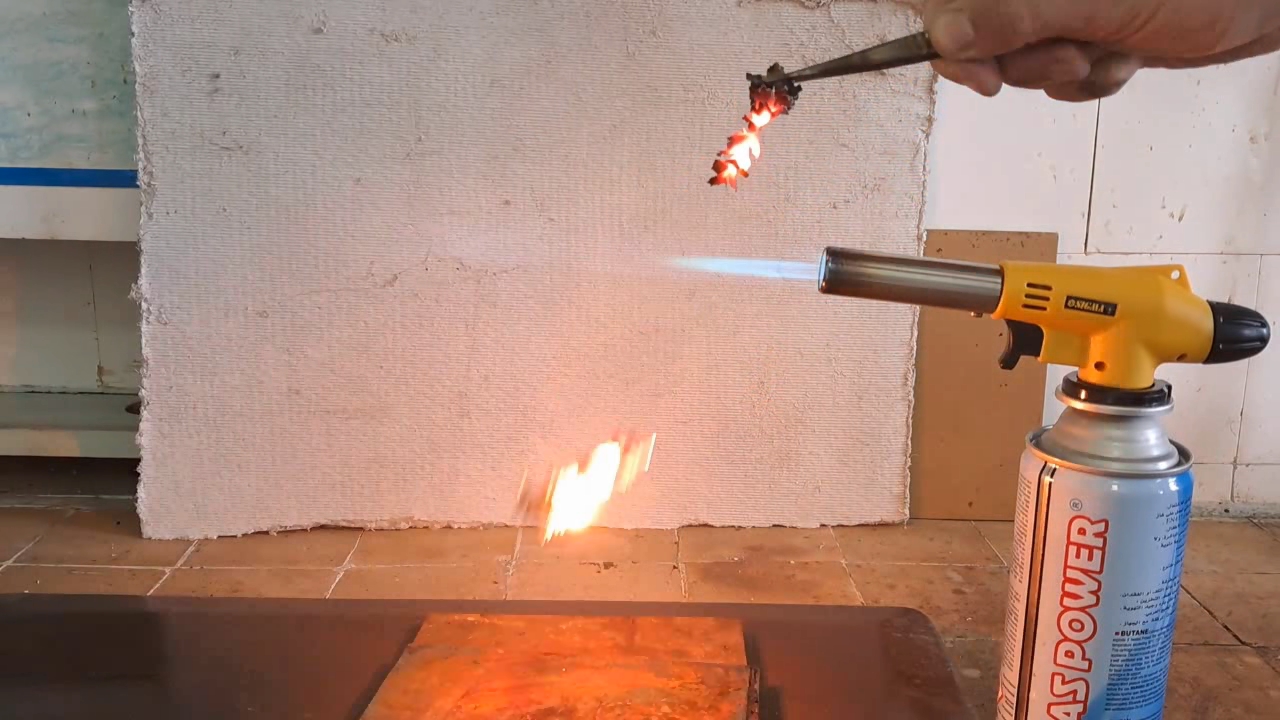
|
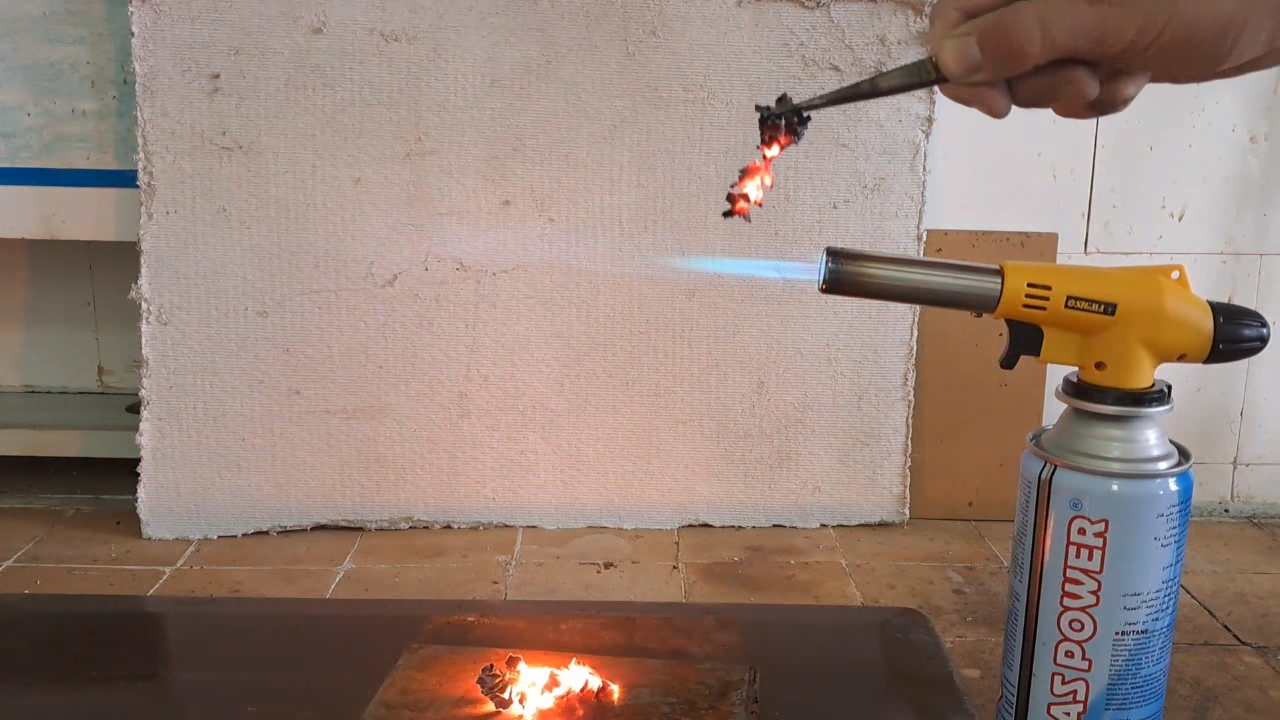
|
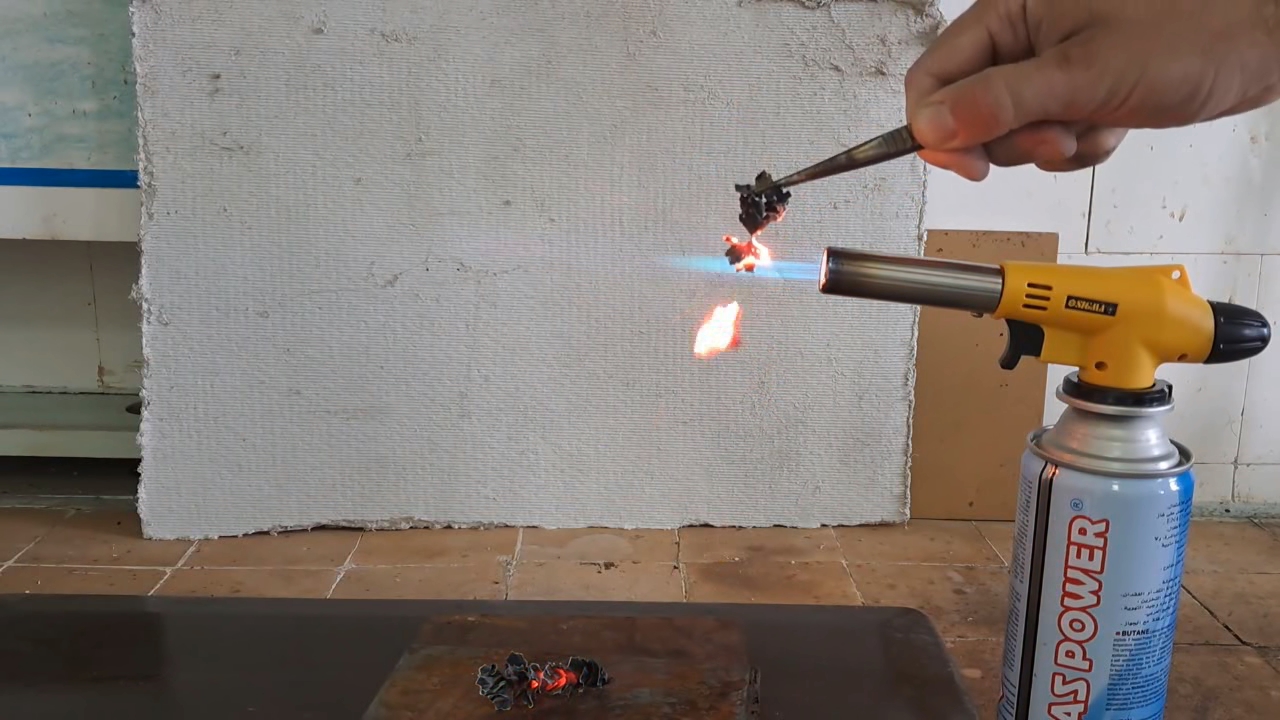
|
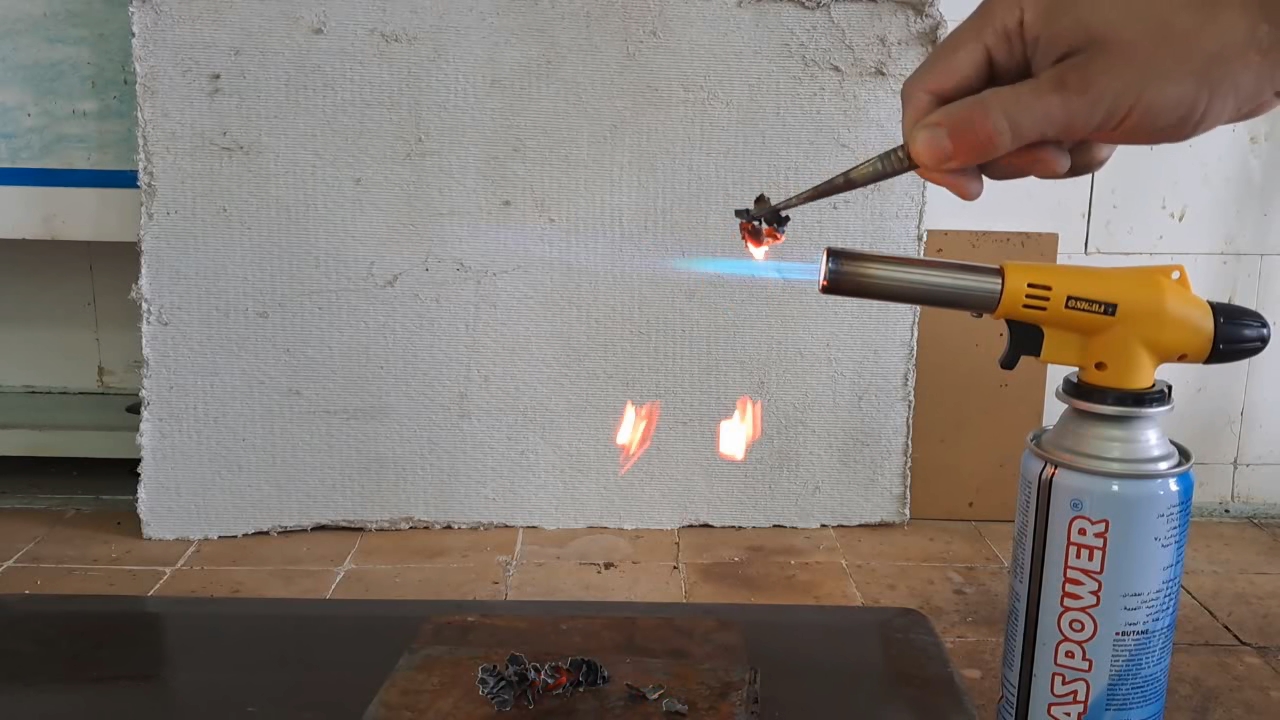
|
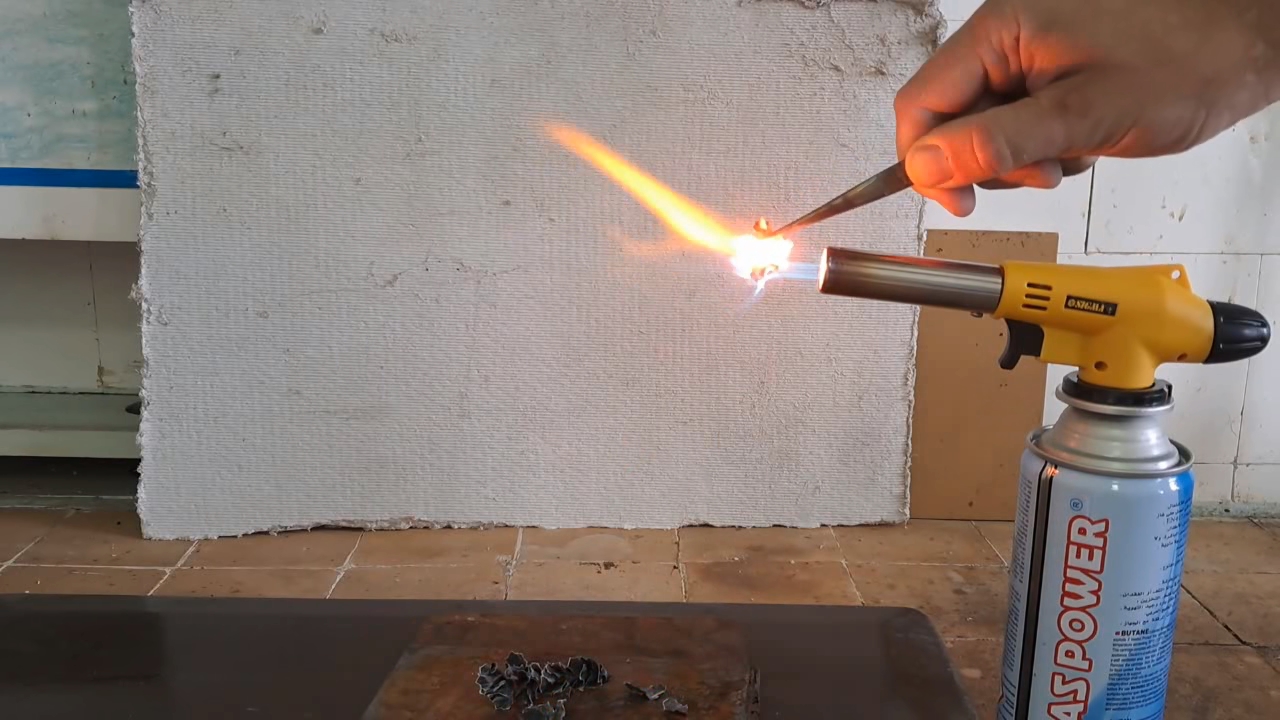
|
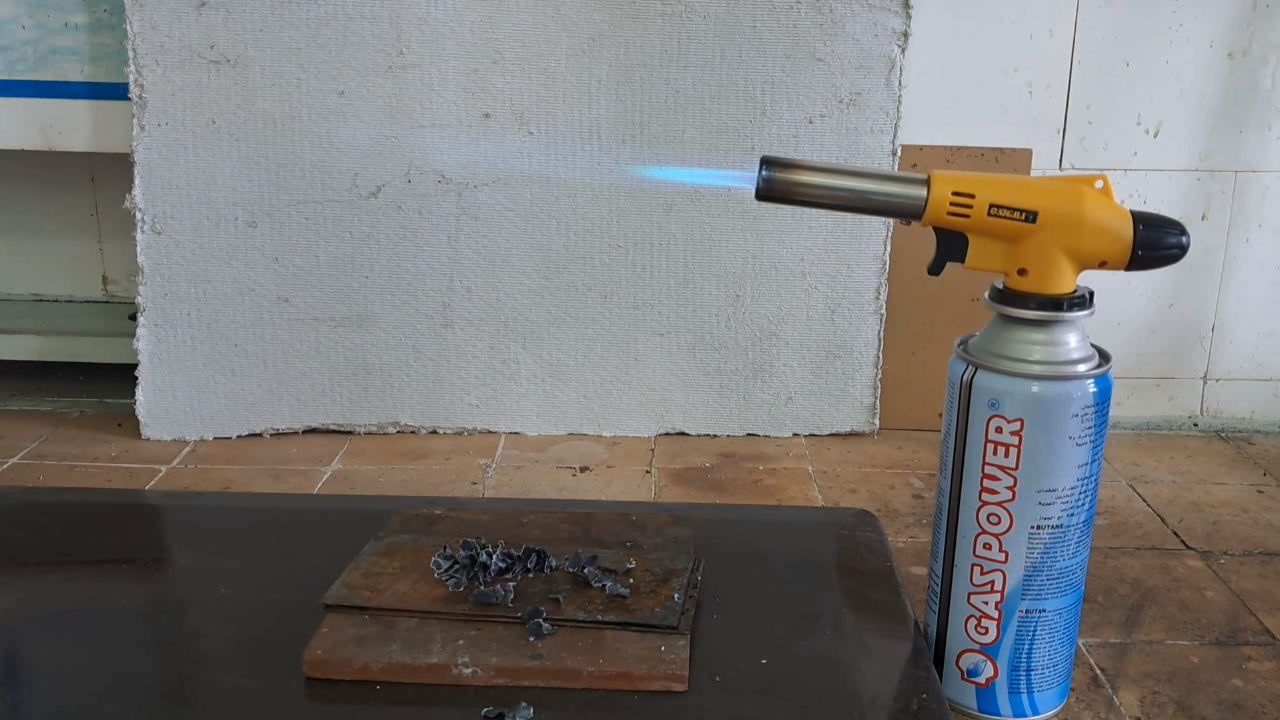
|
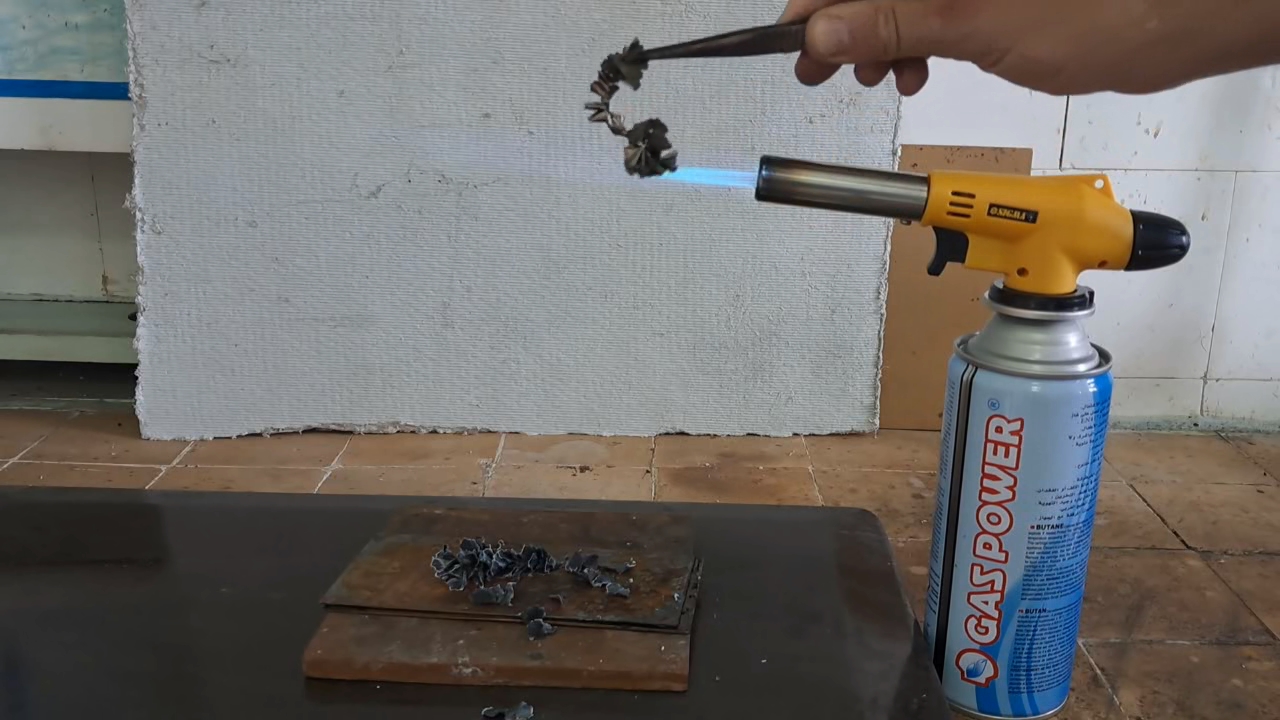
|
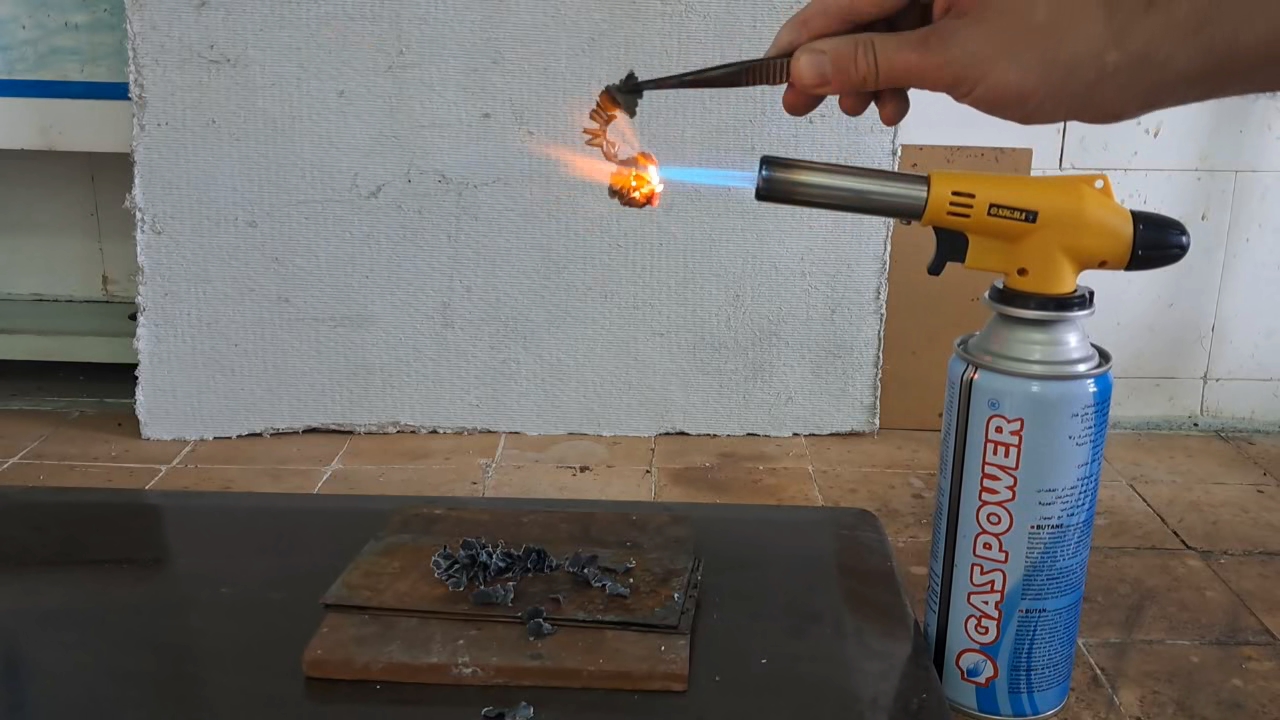
|

|

|
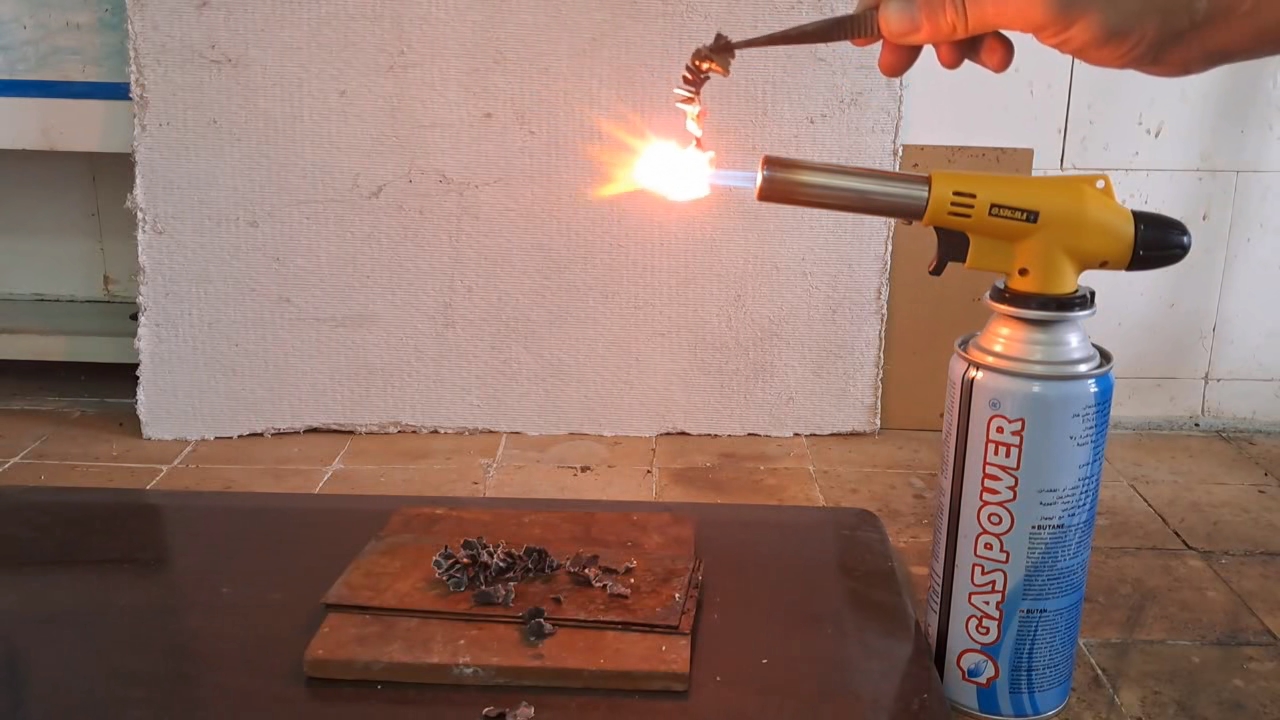
|
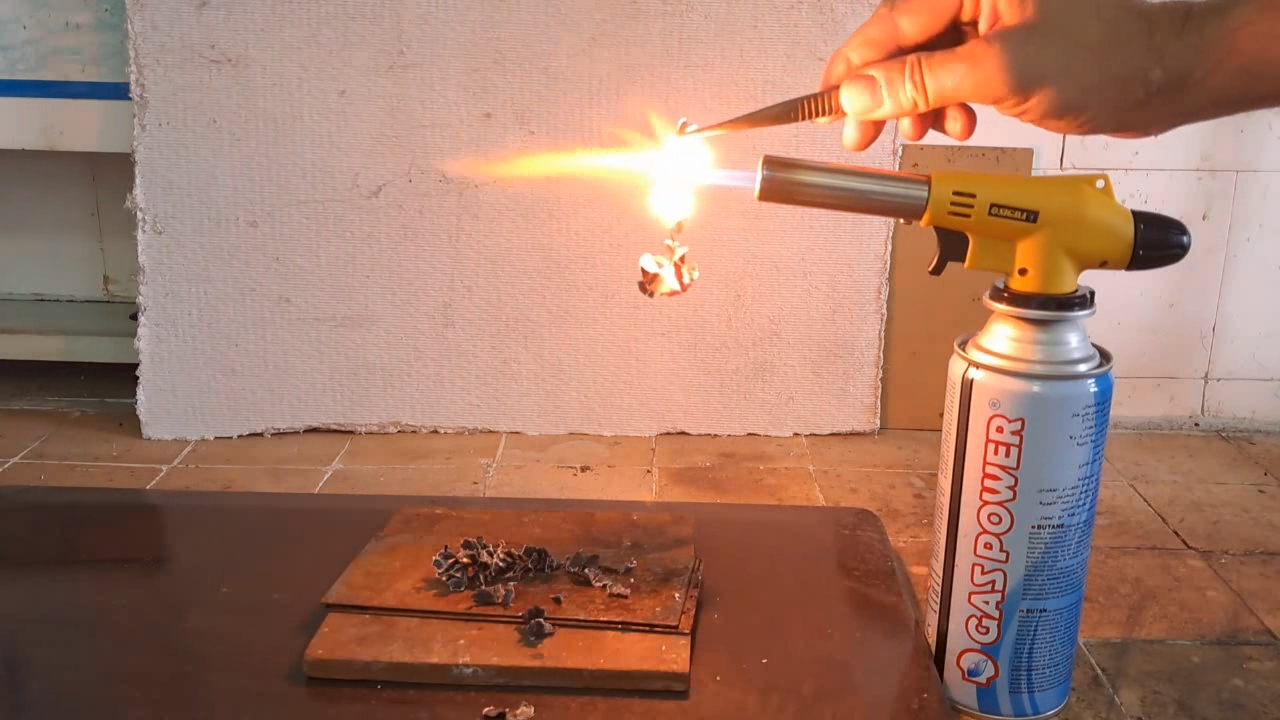
|
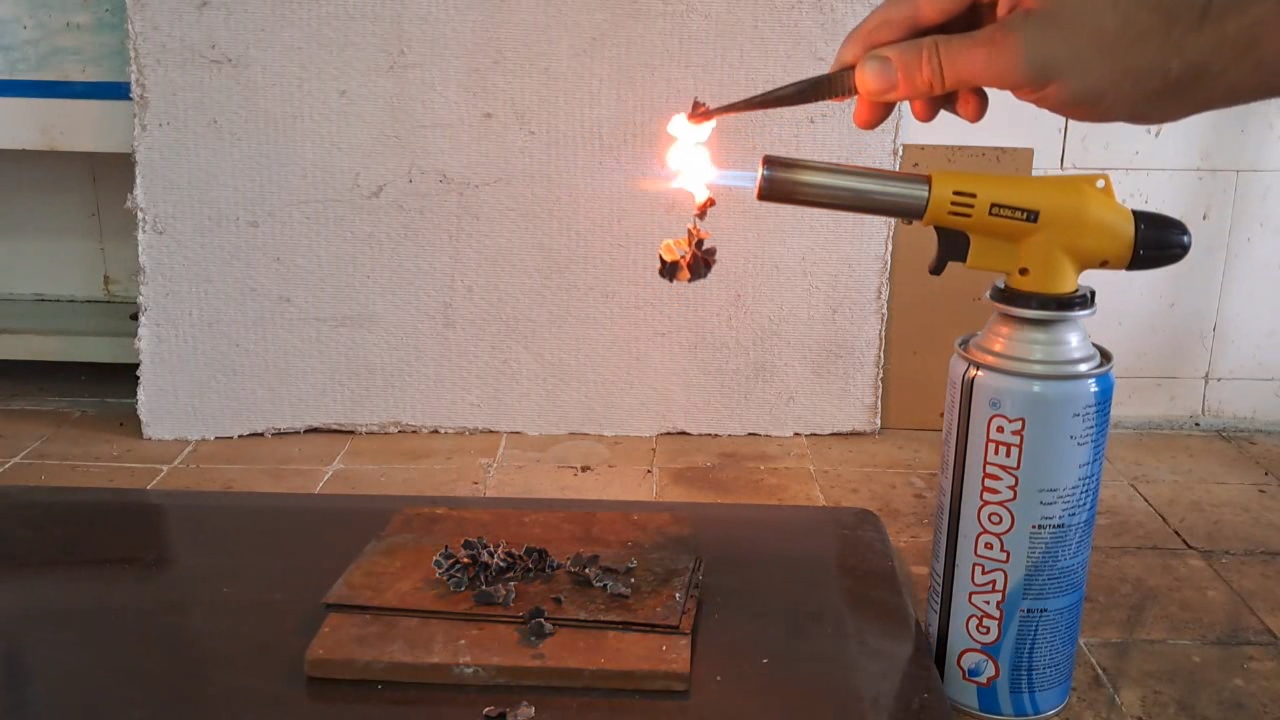
|
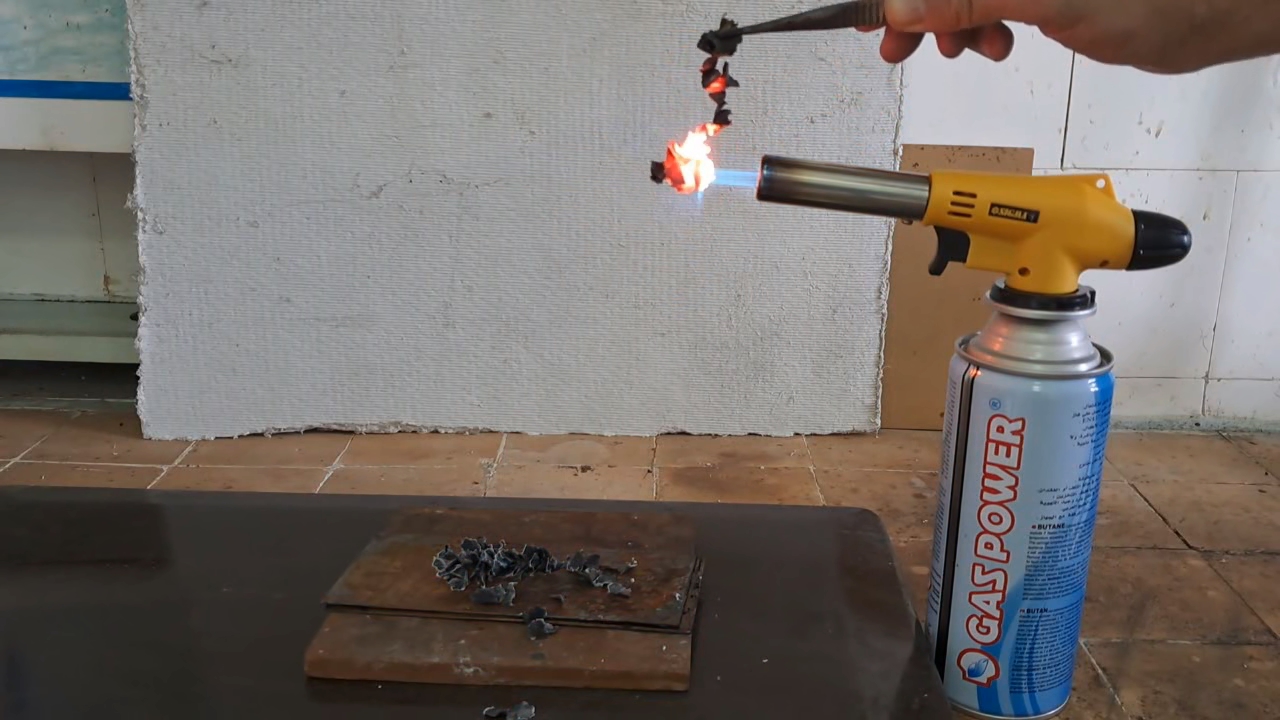
|
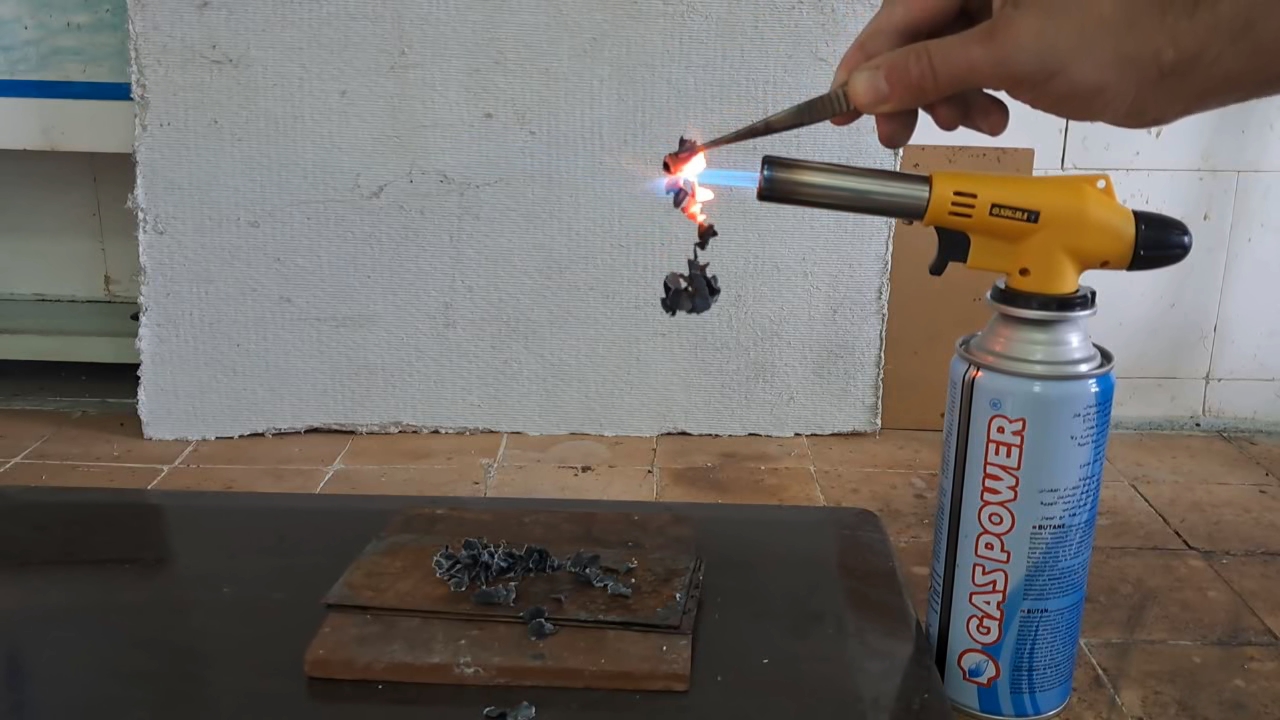
|
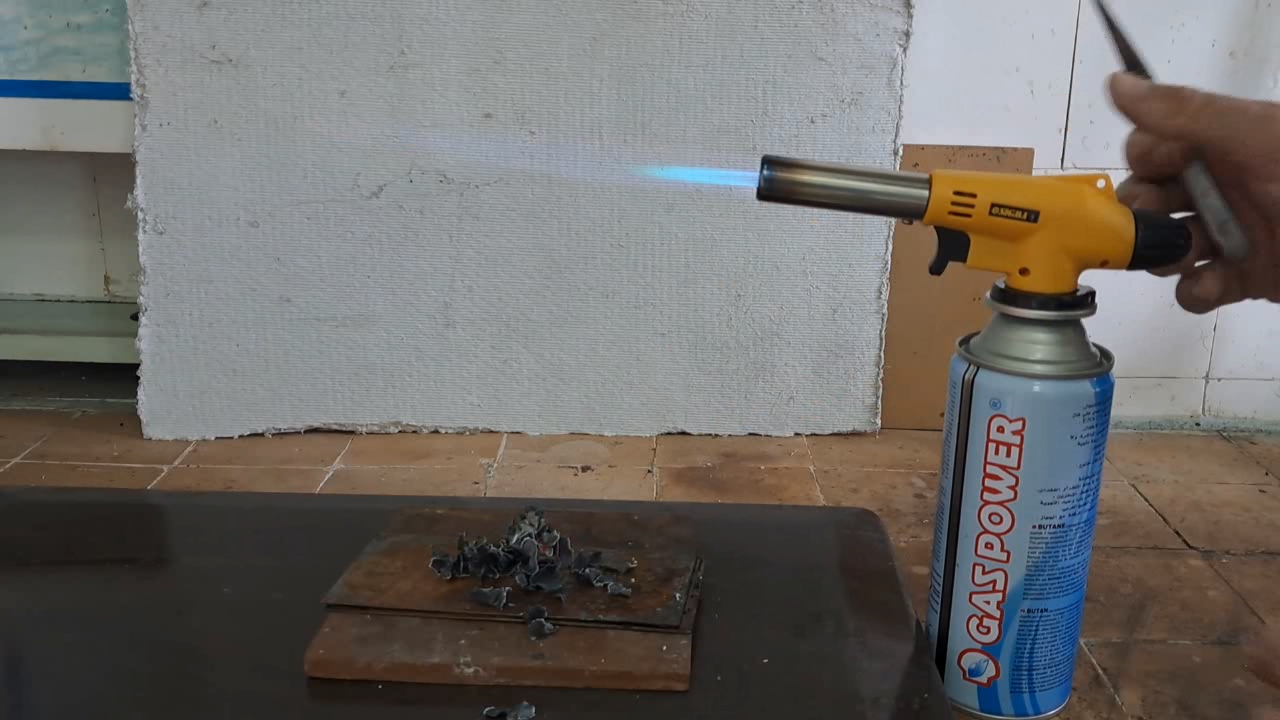
|

|